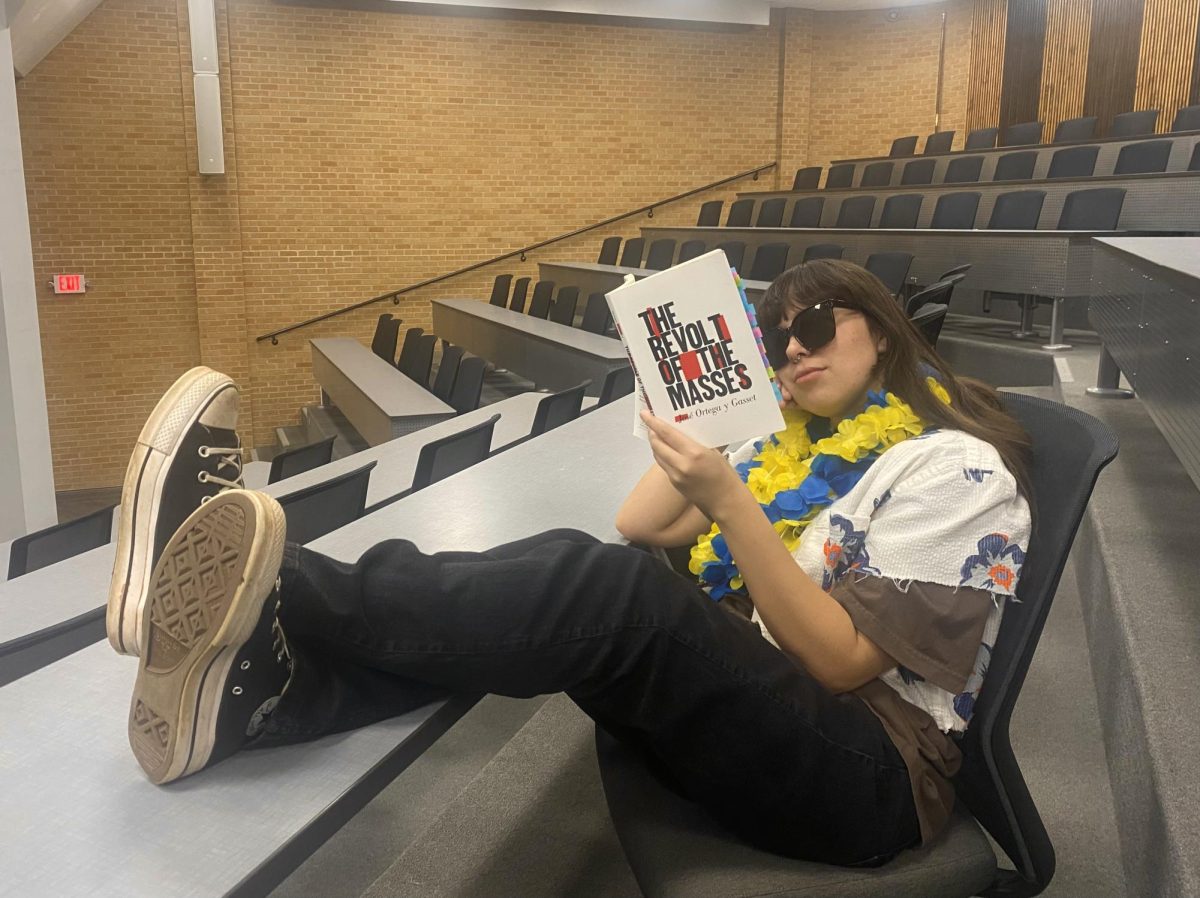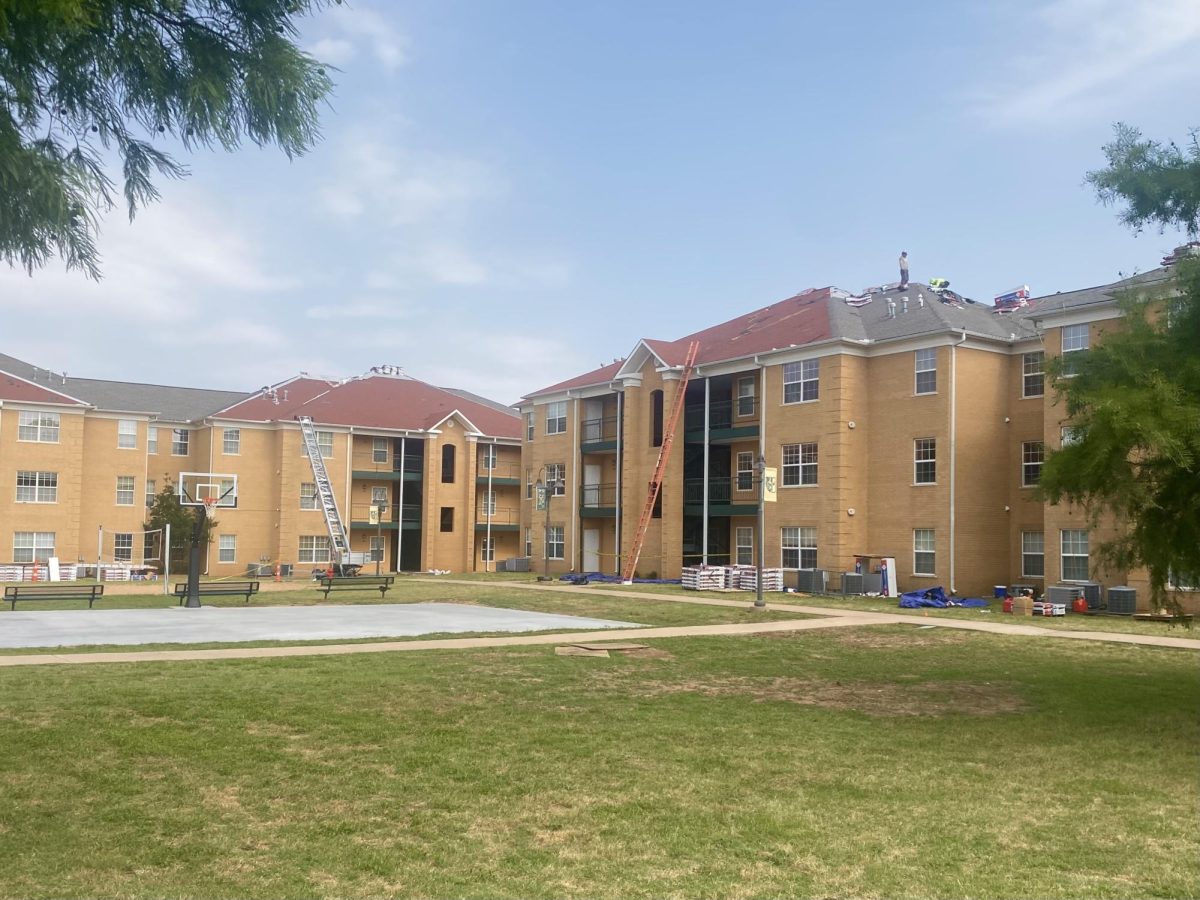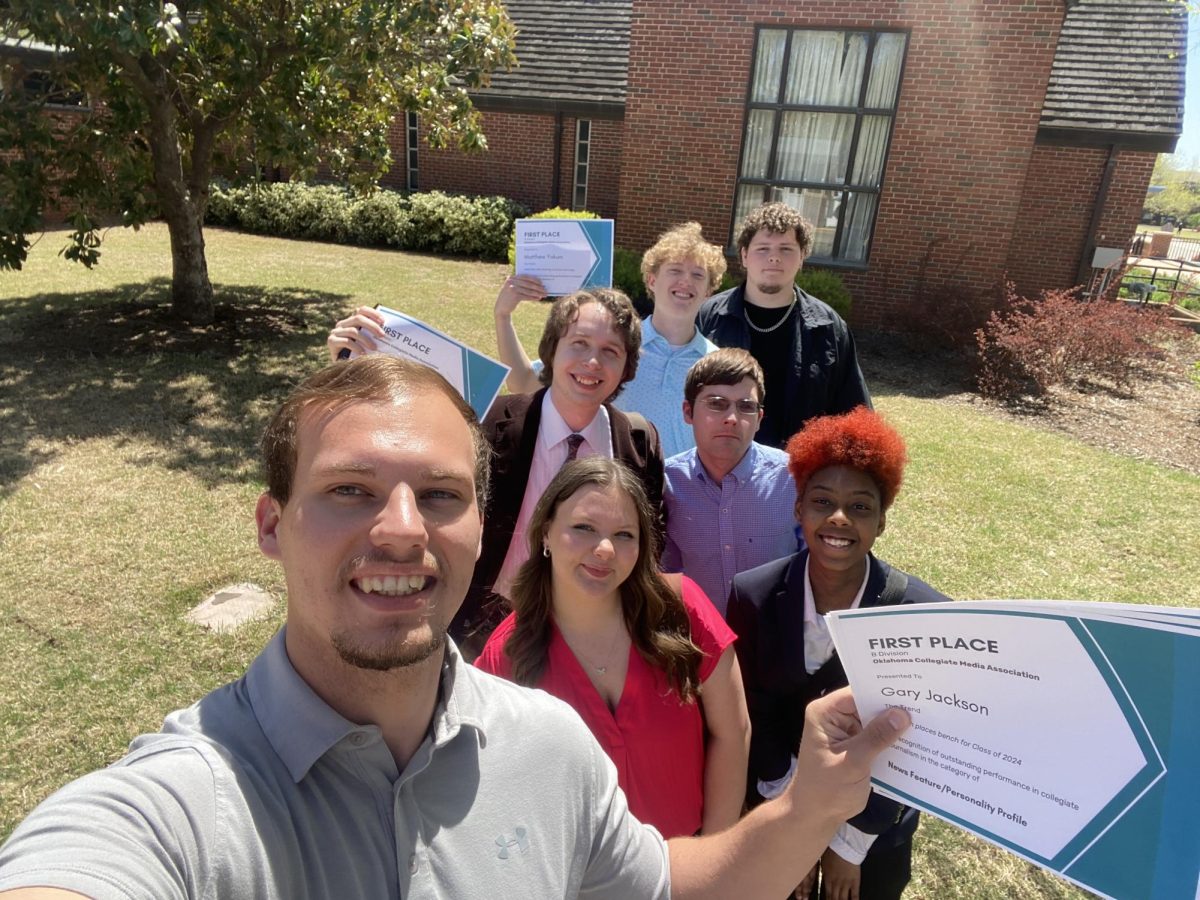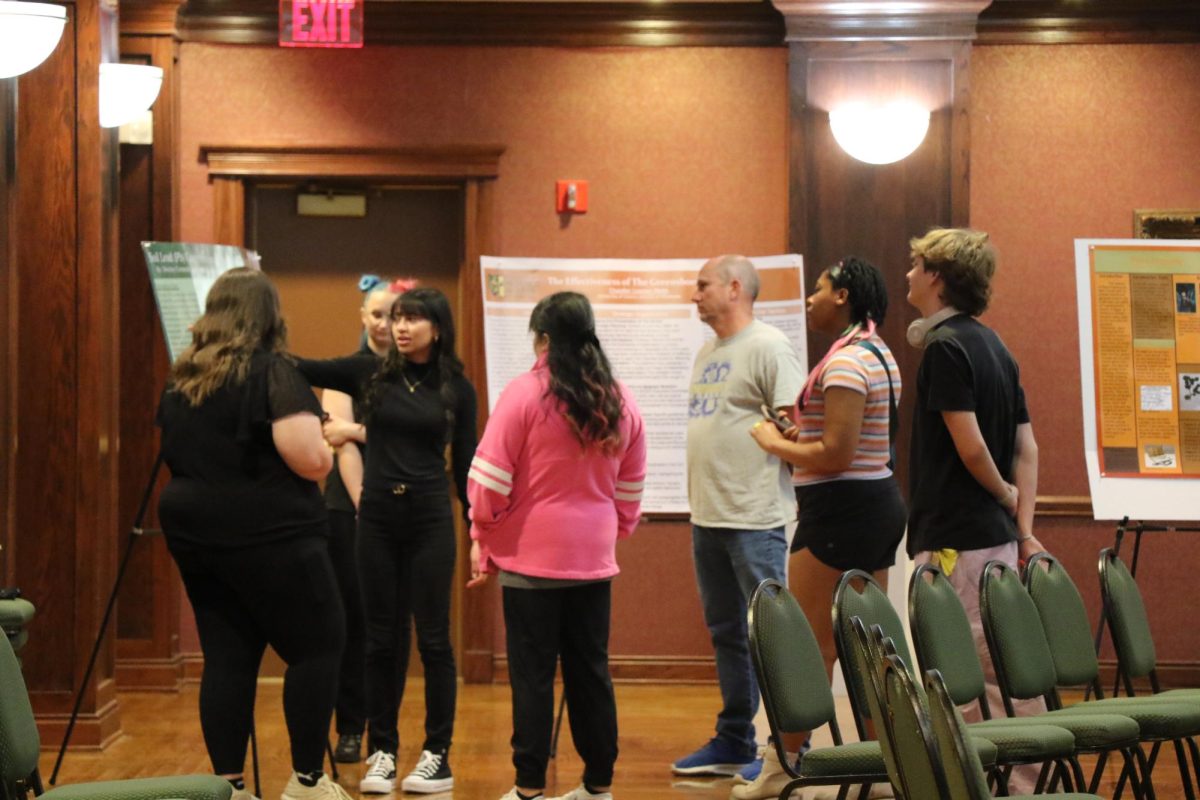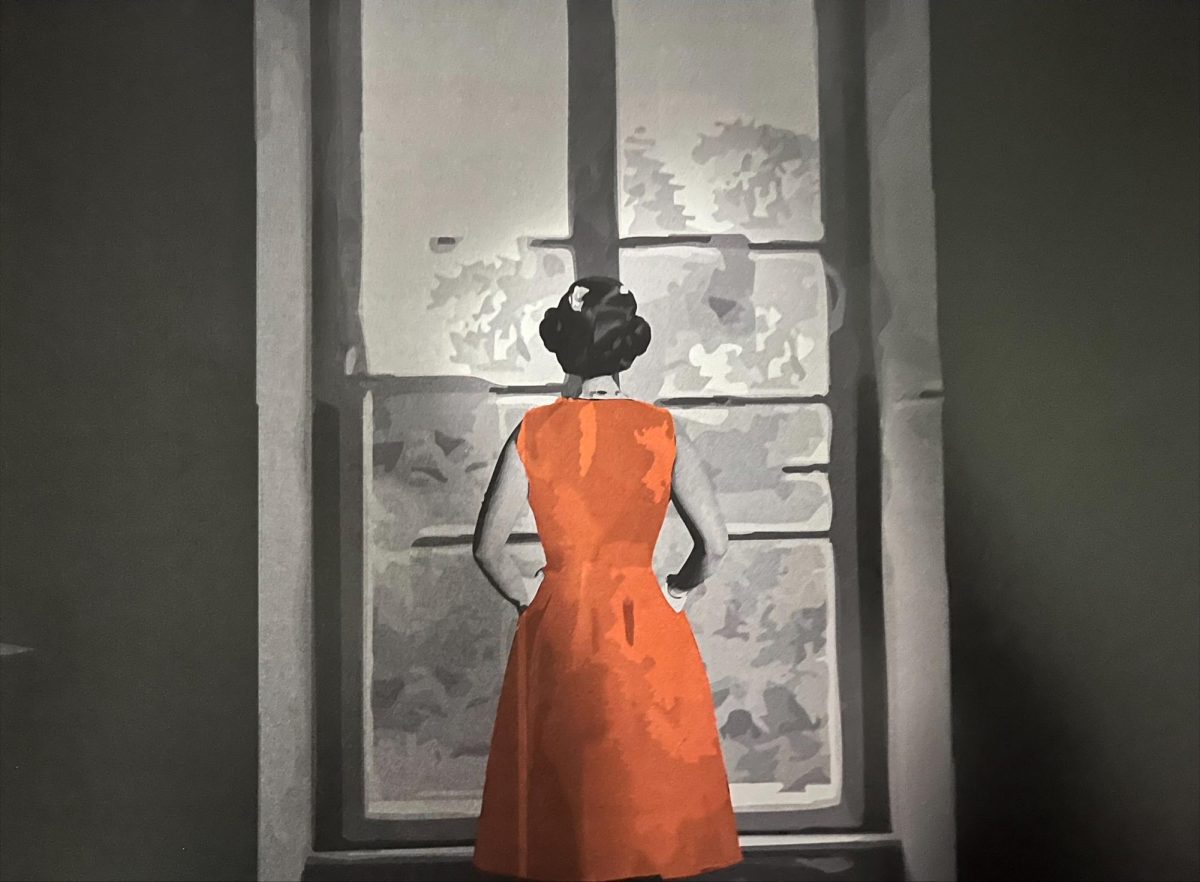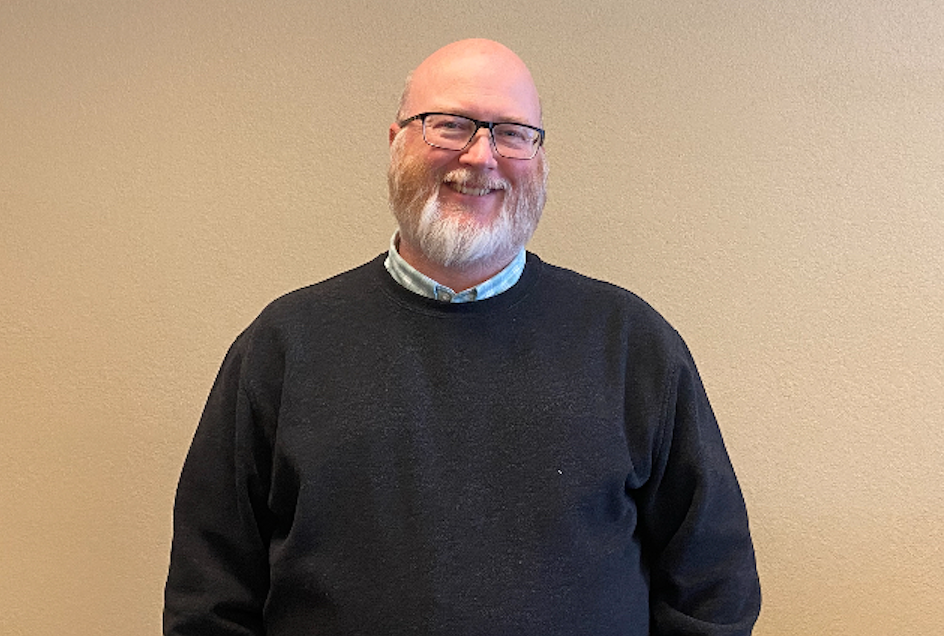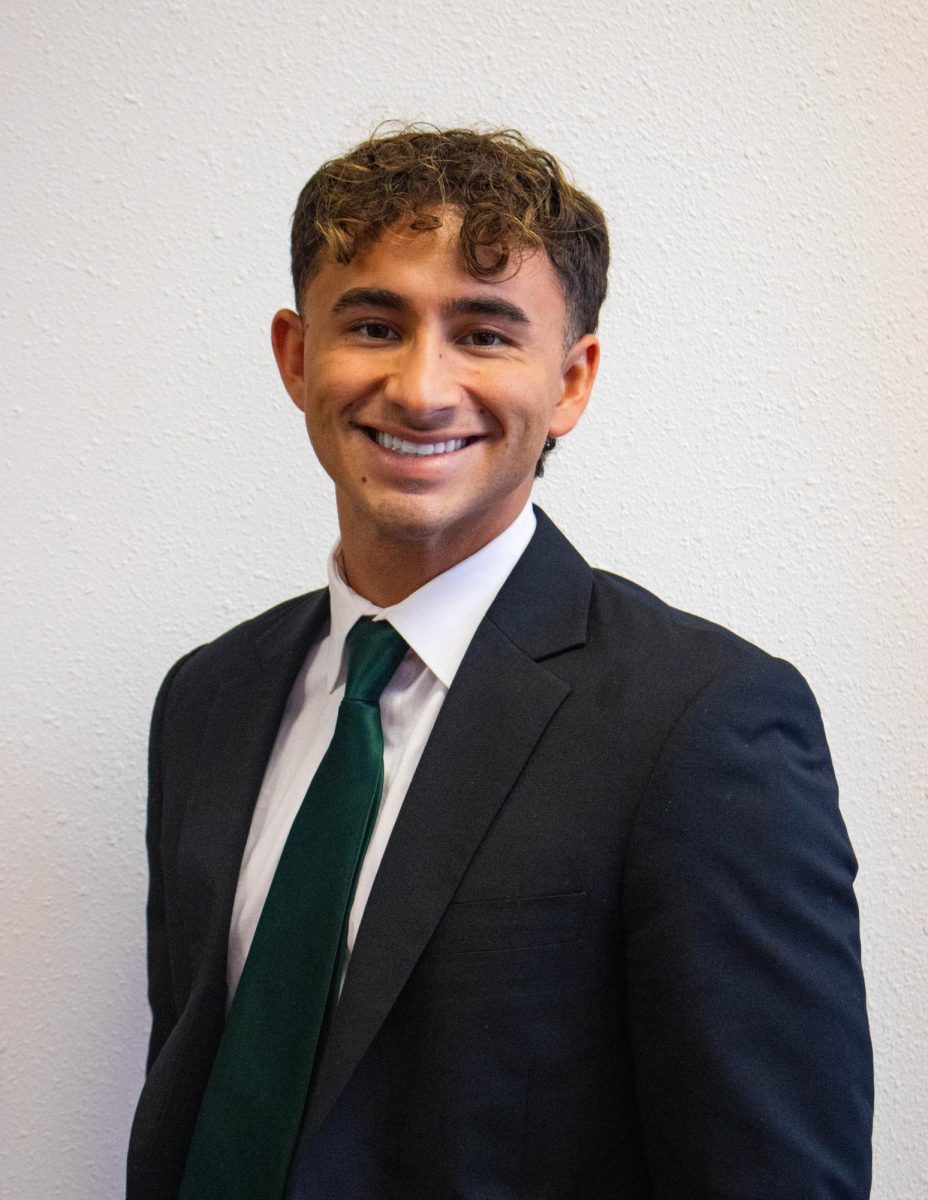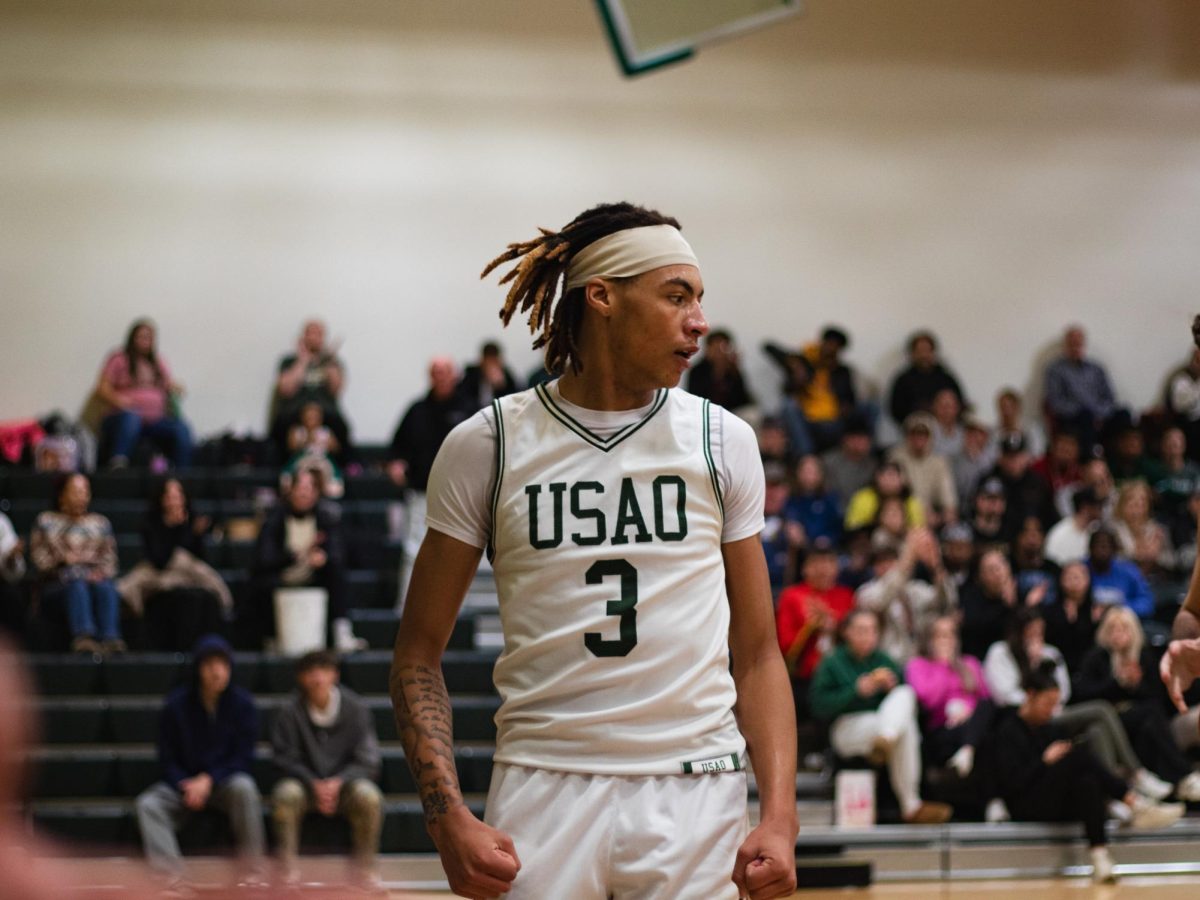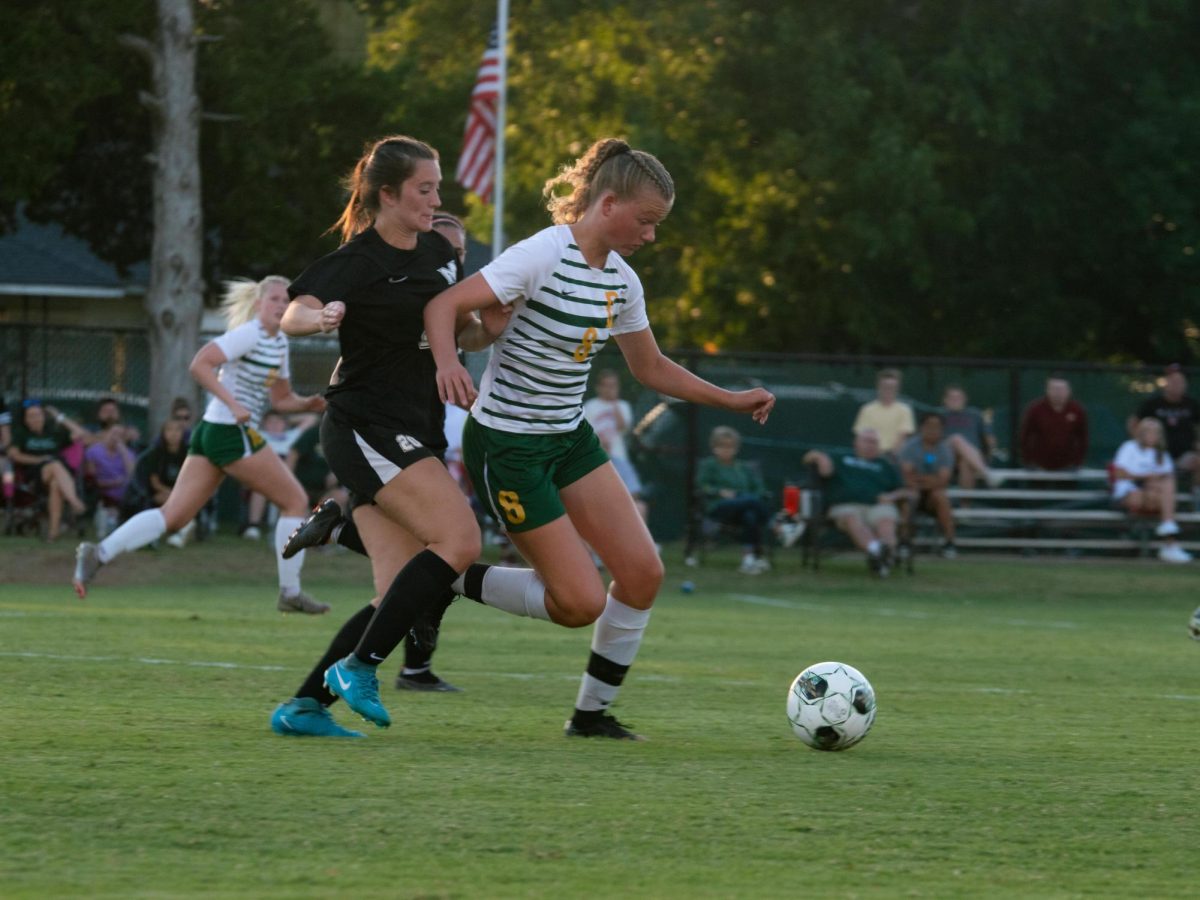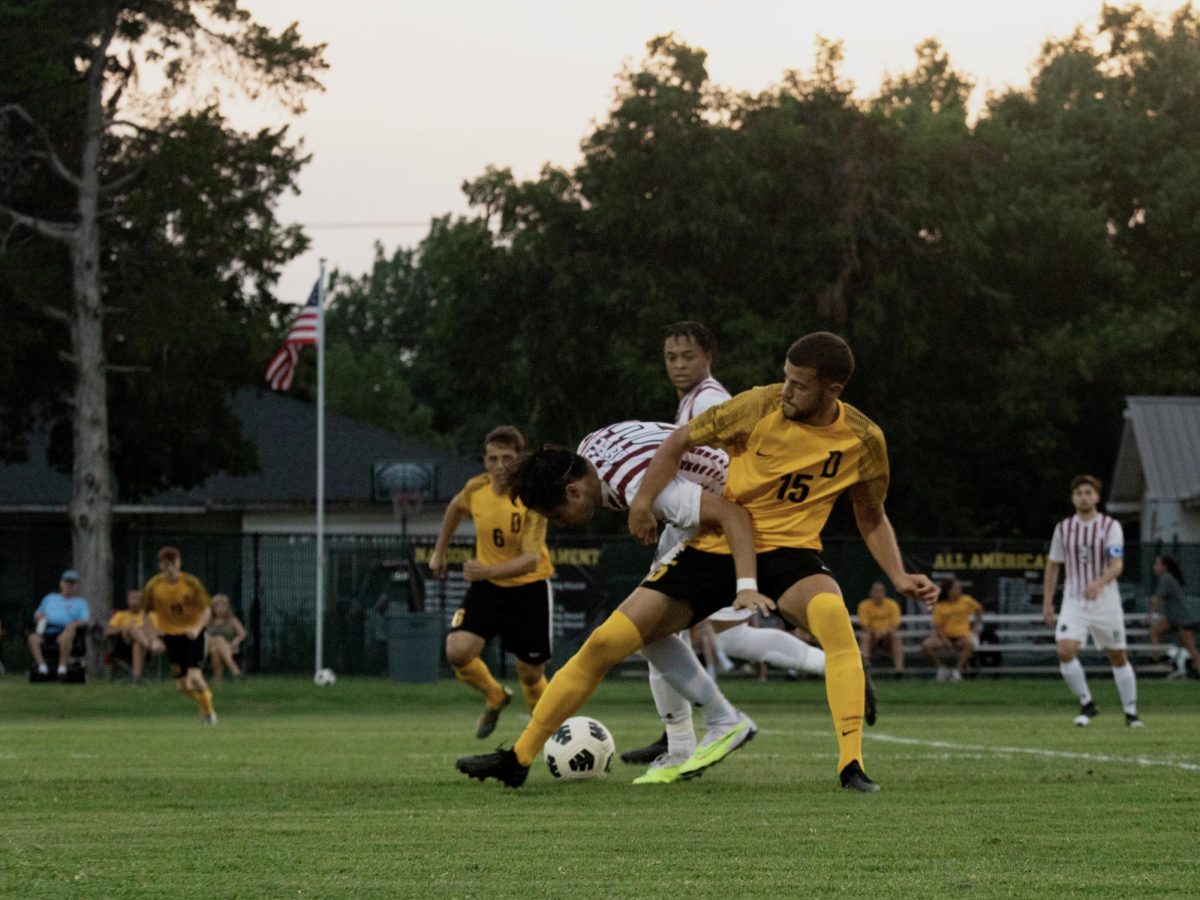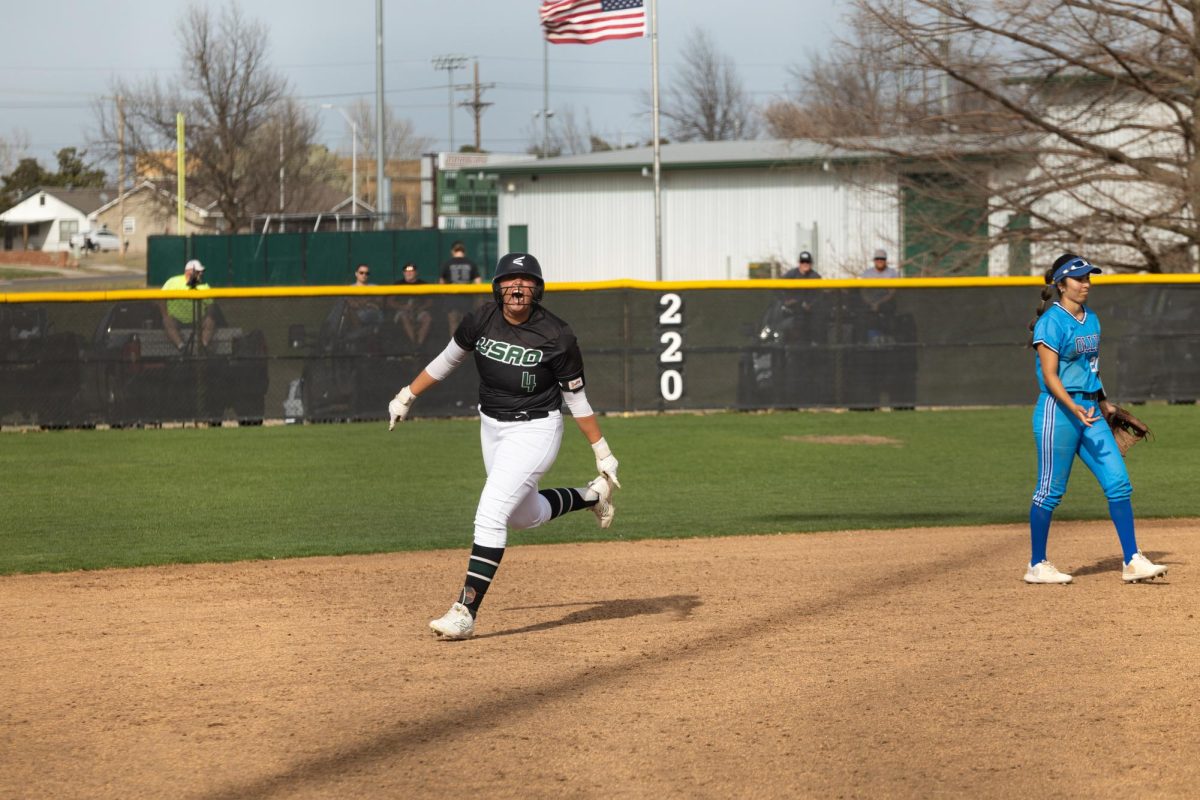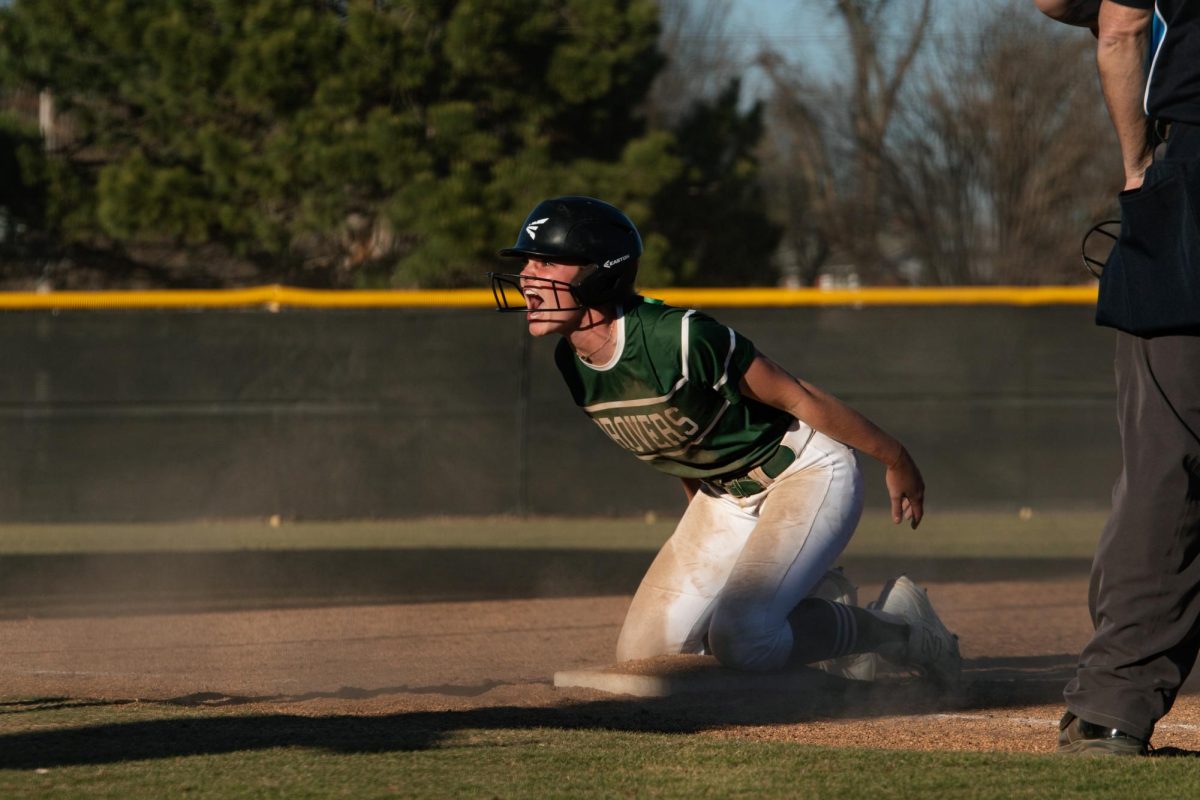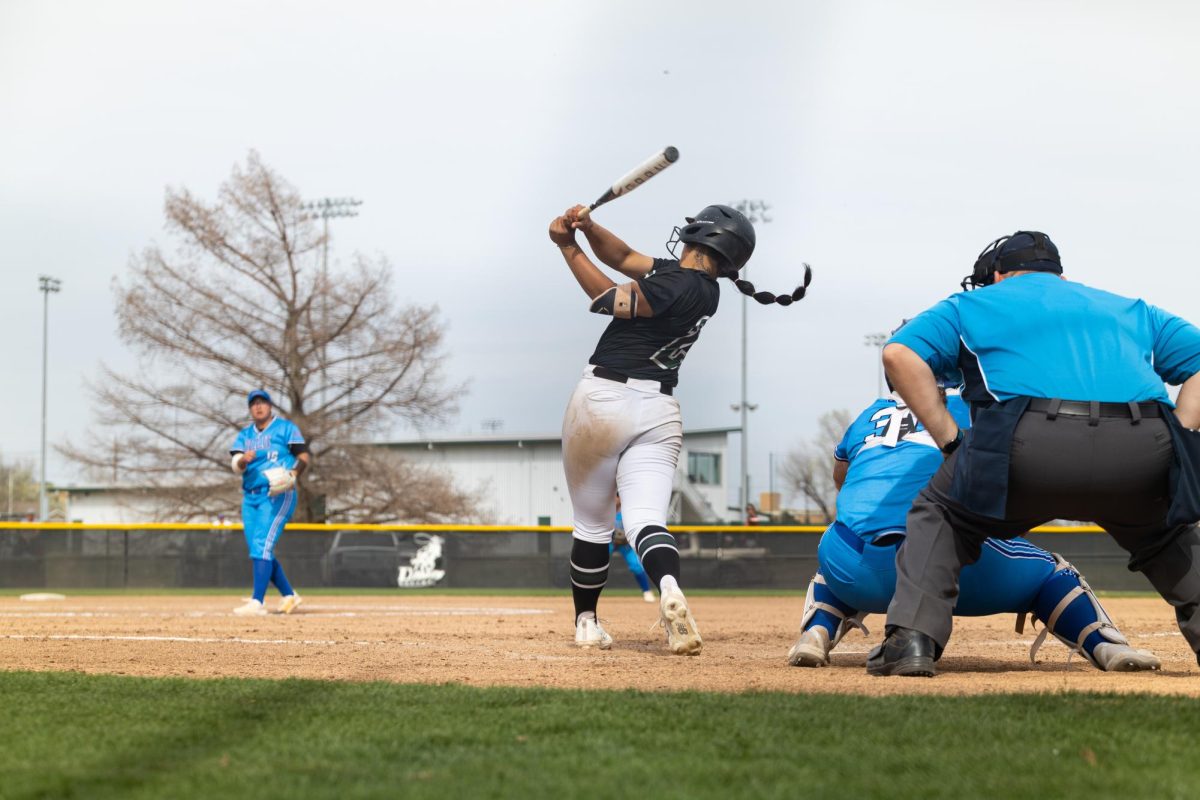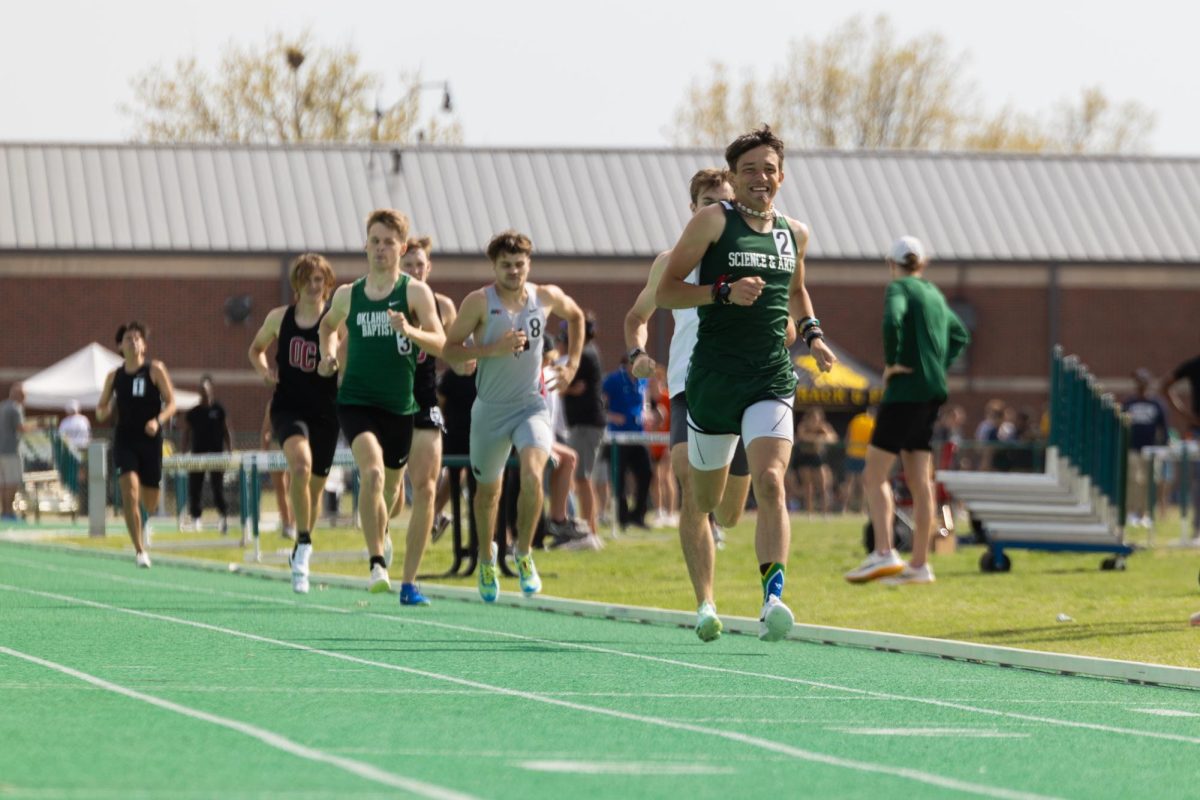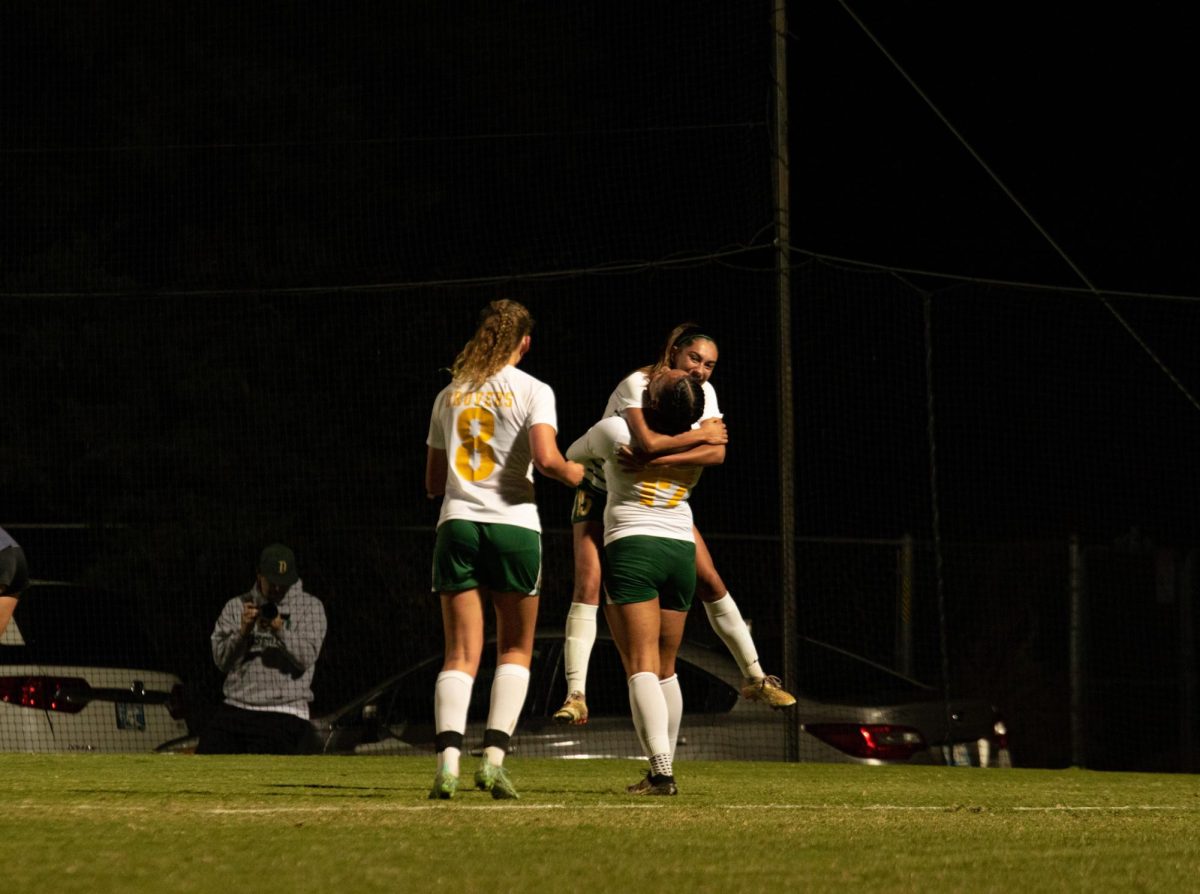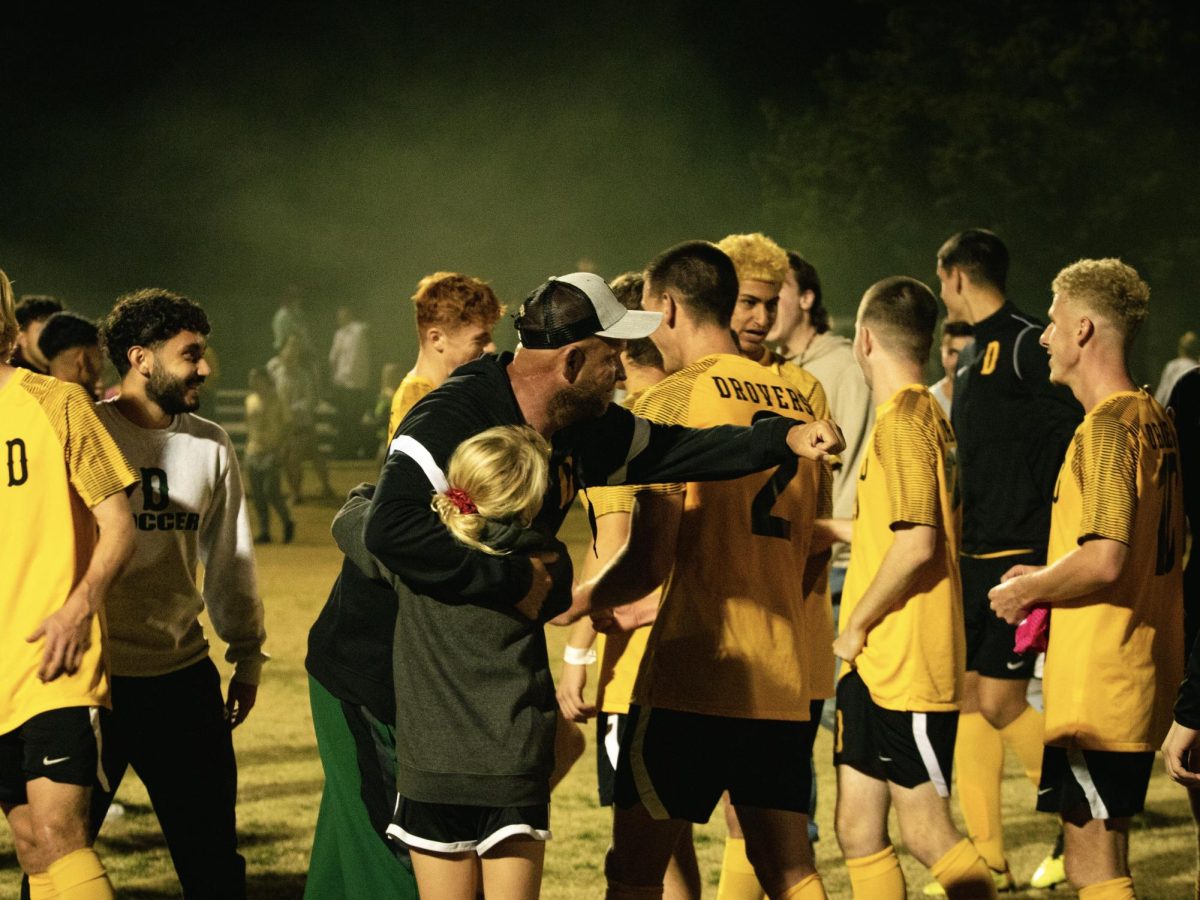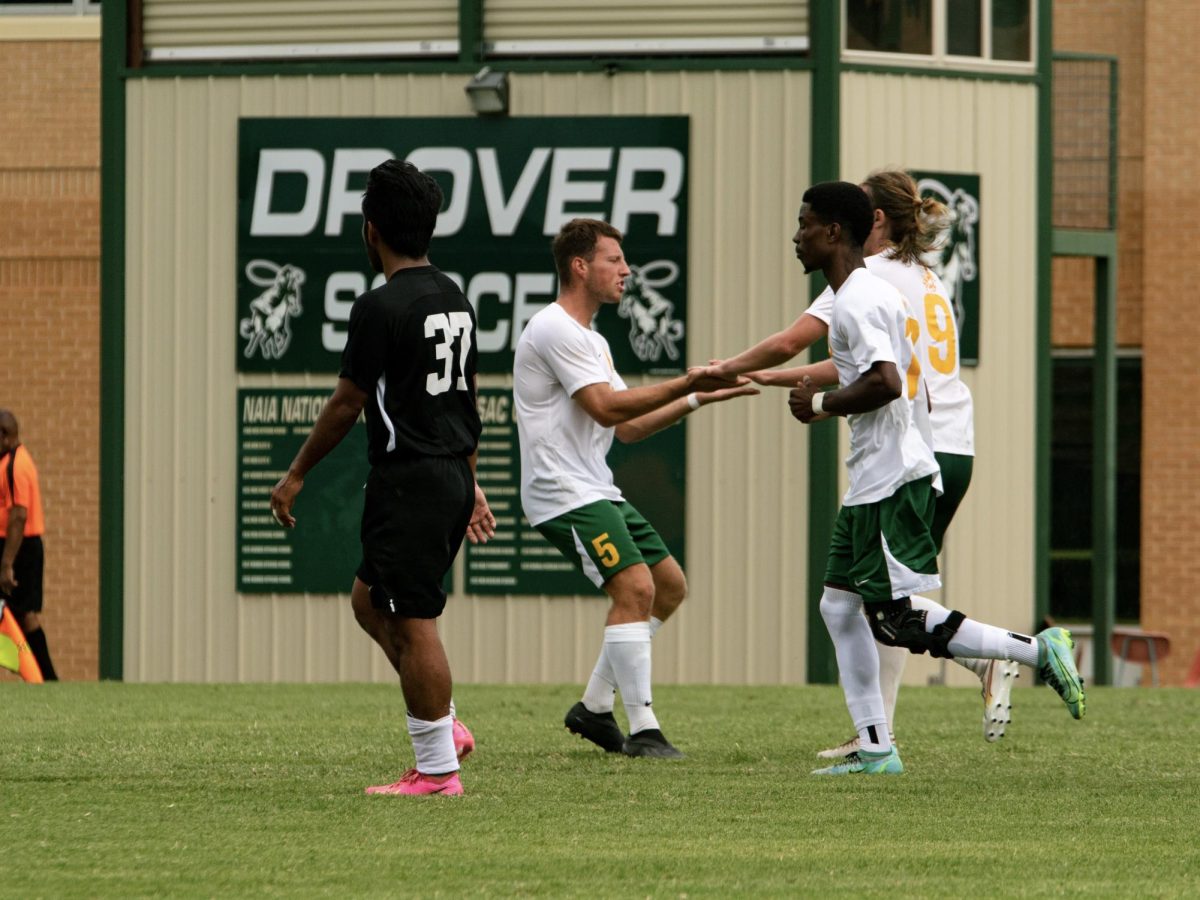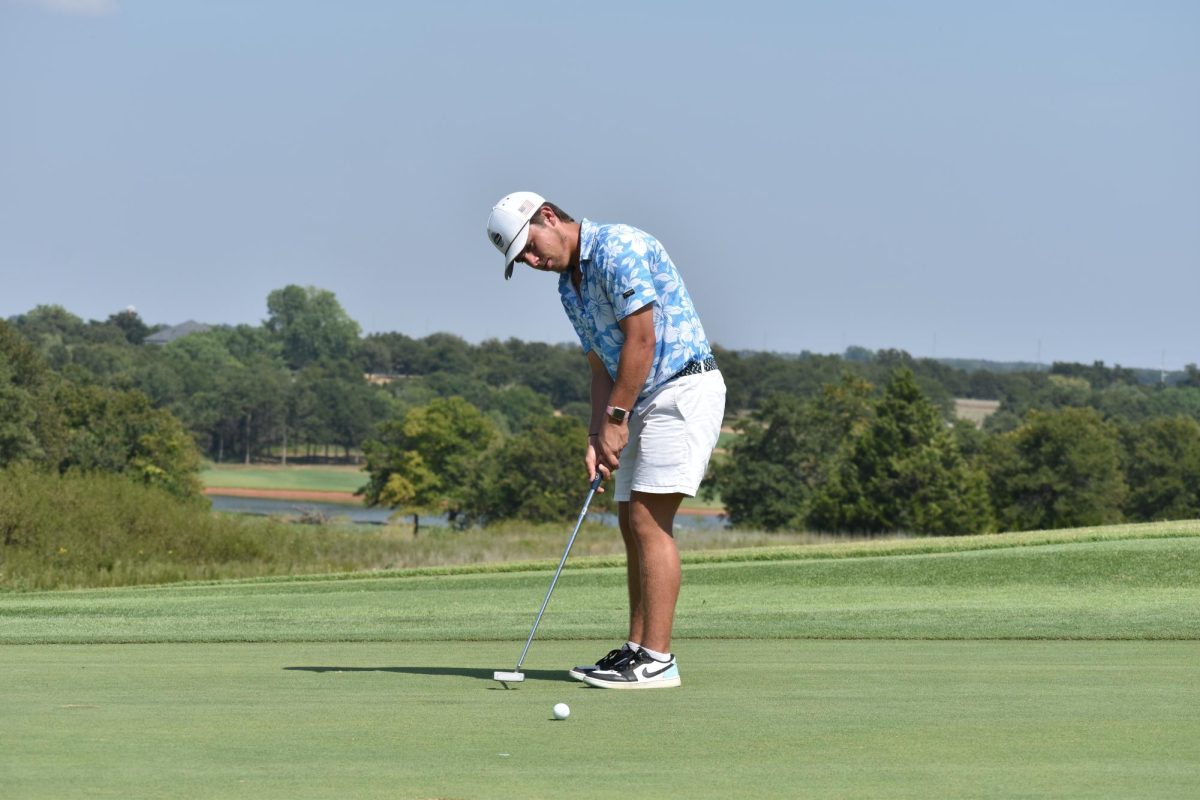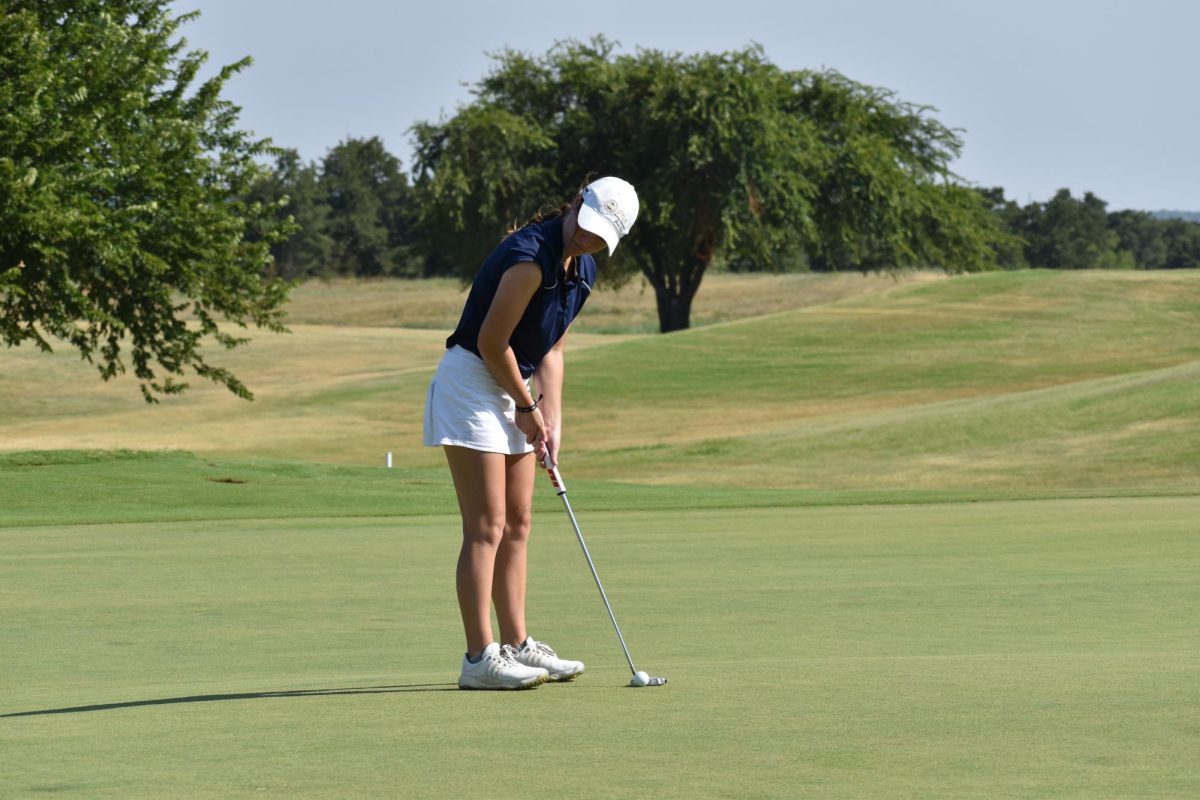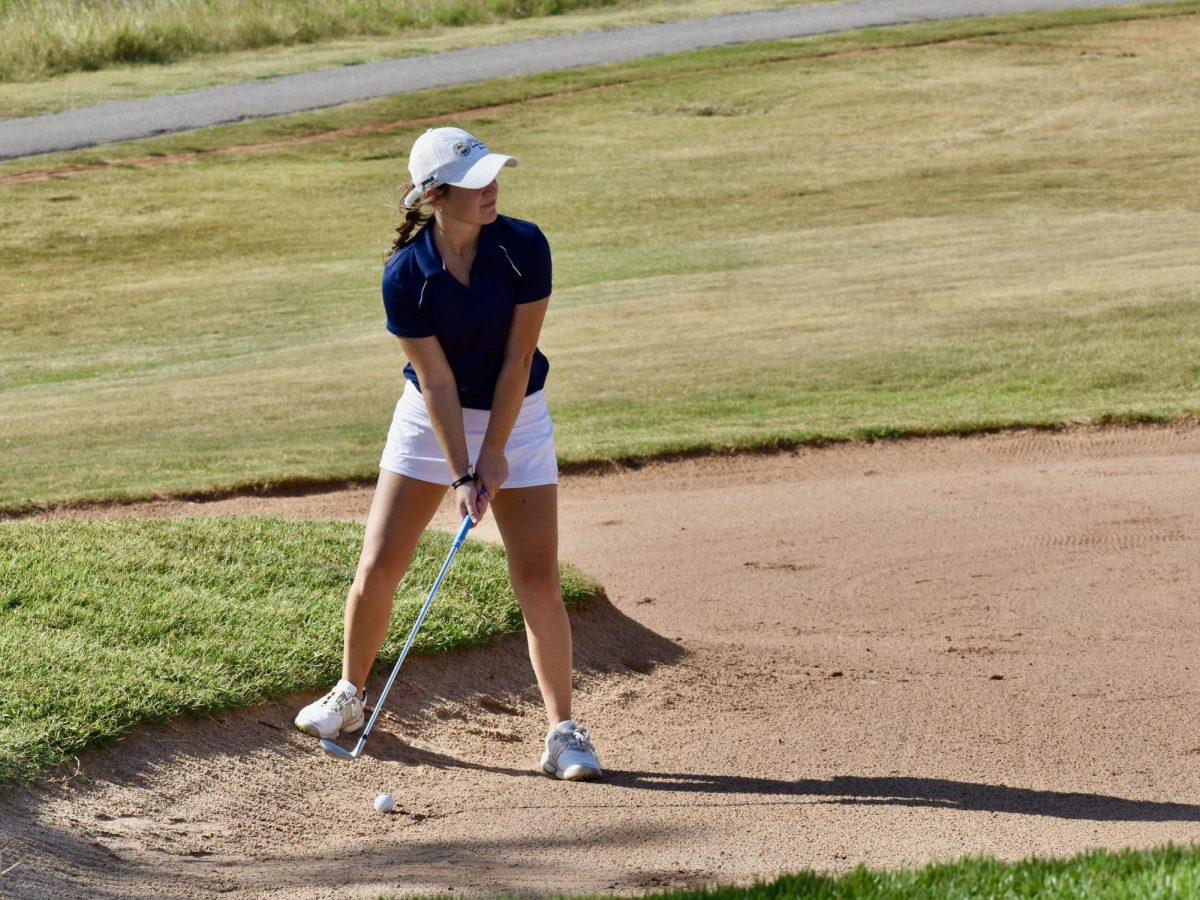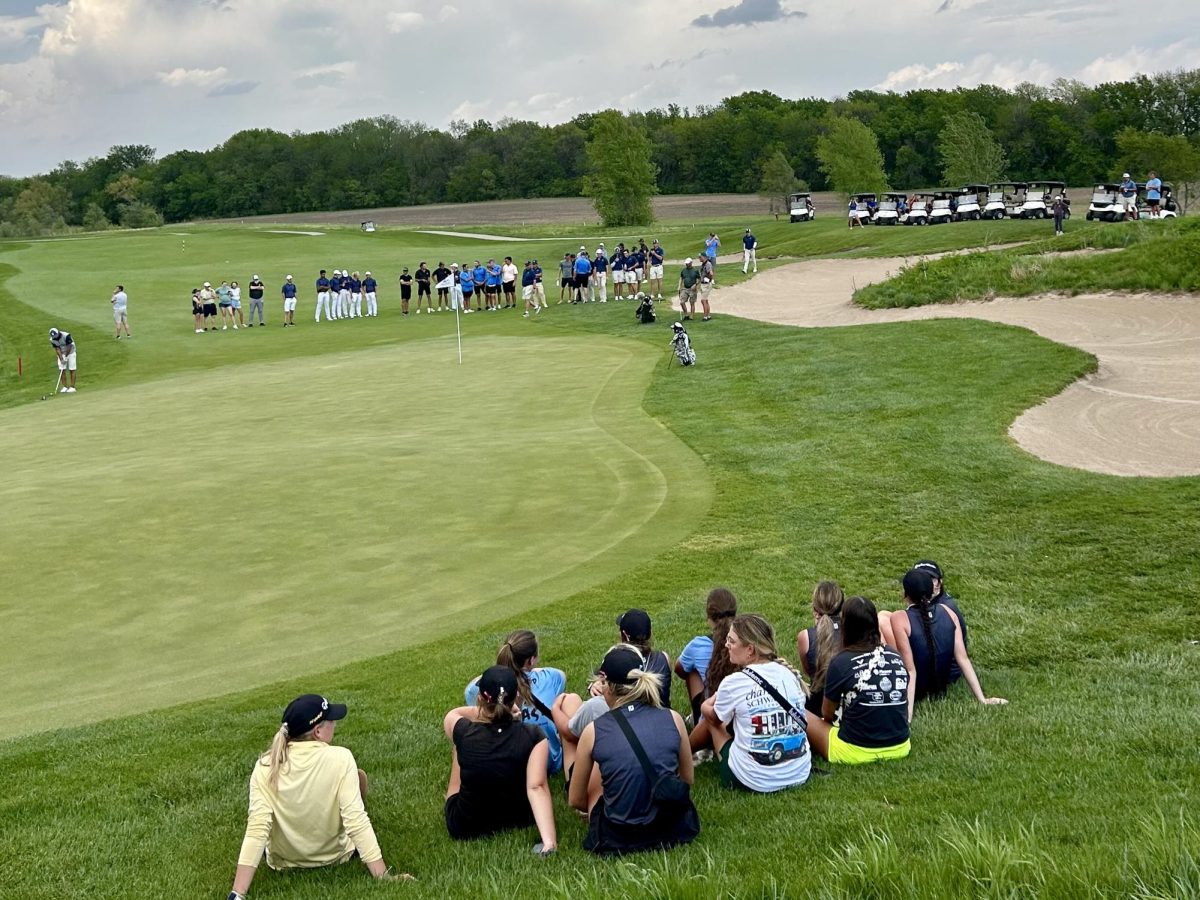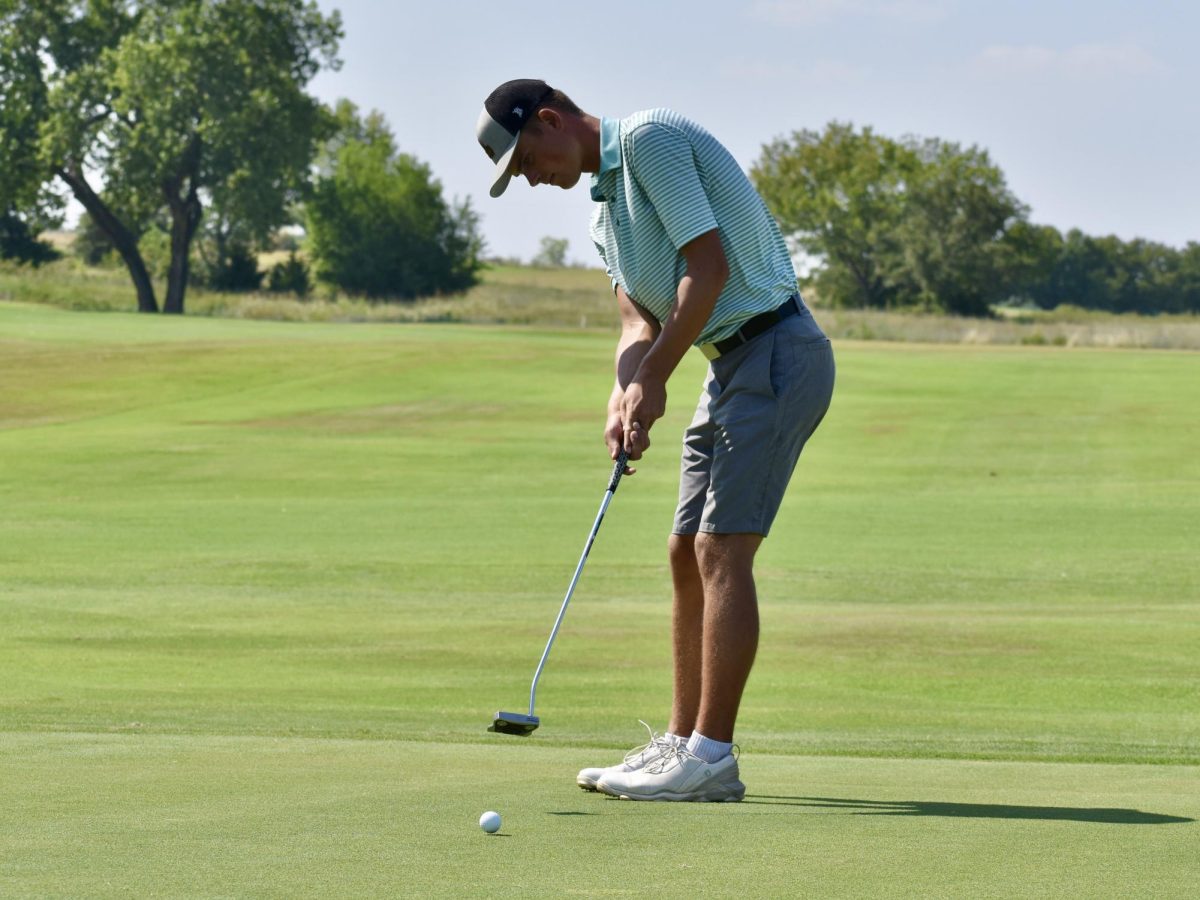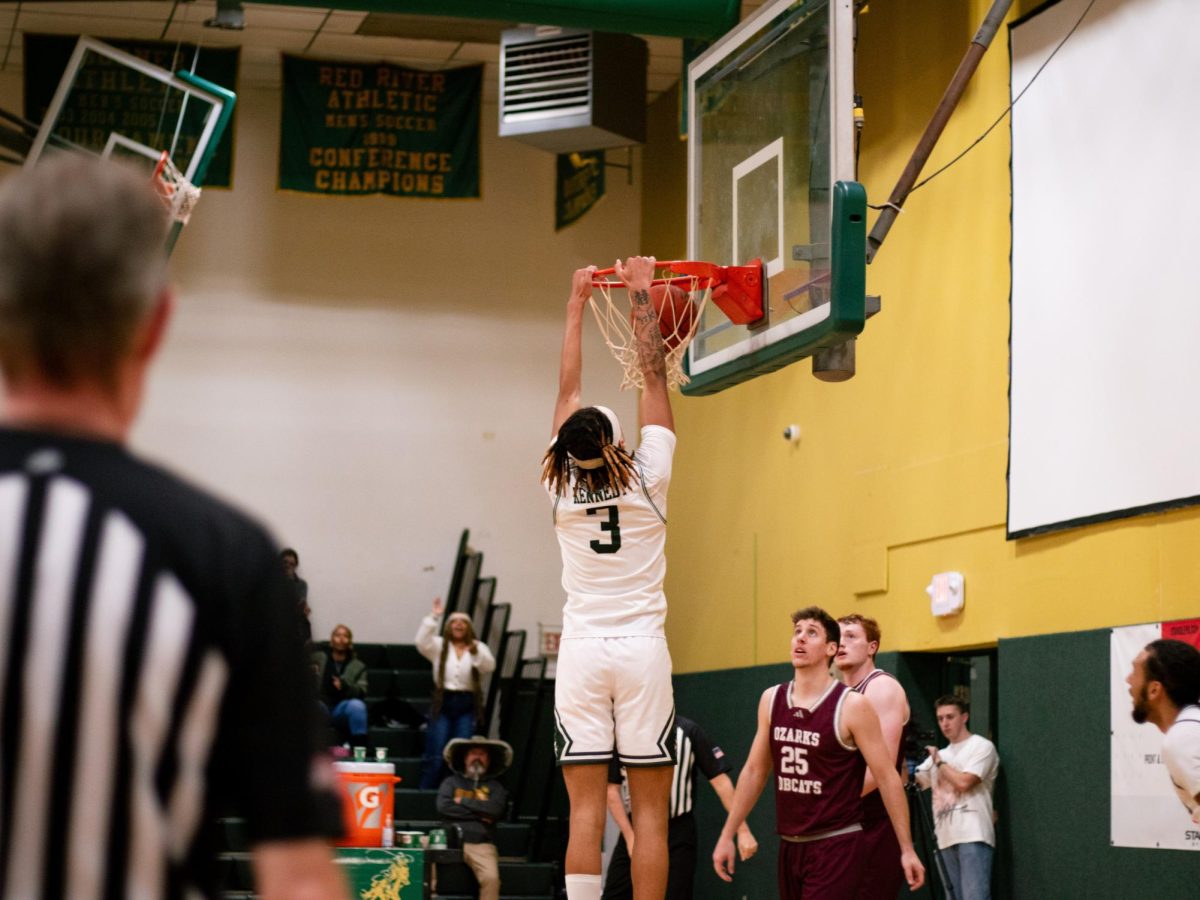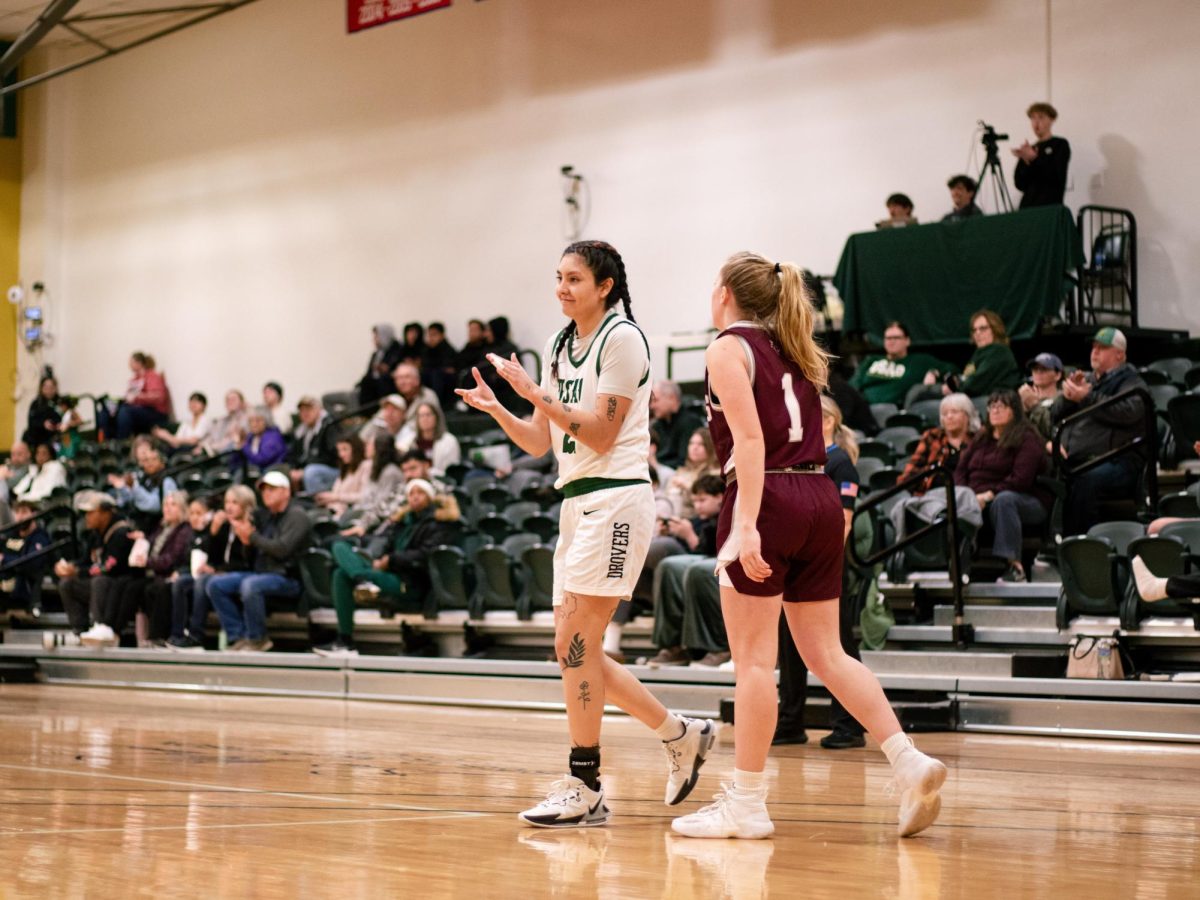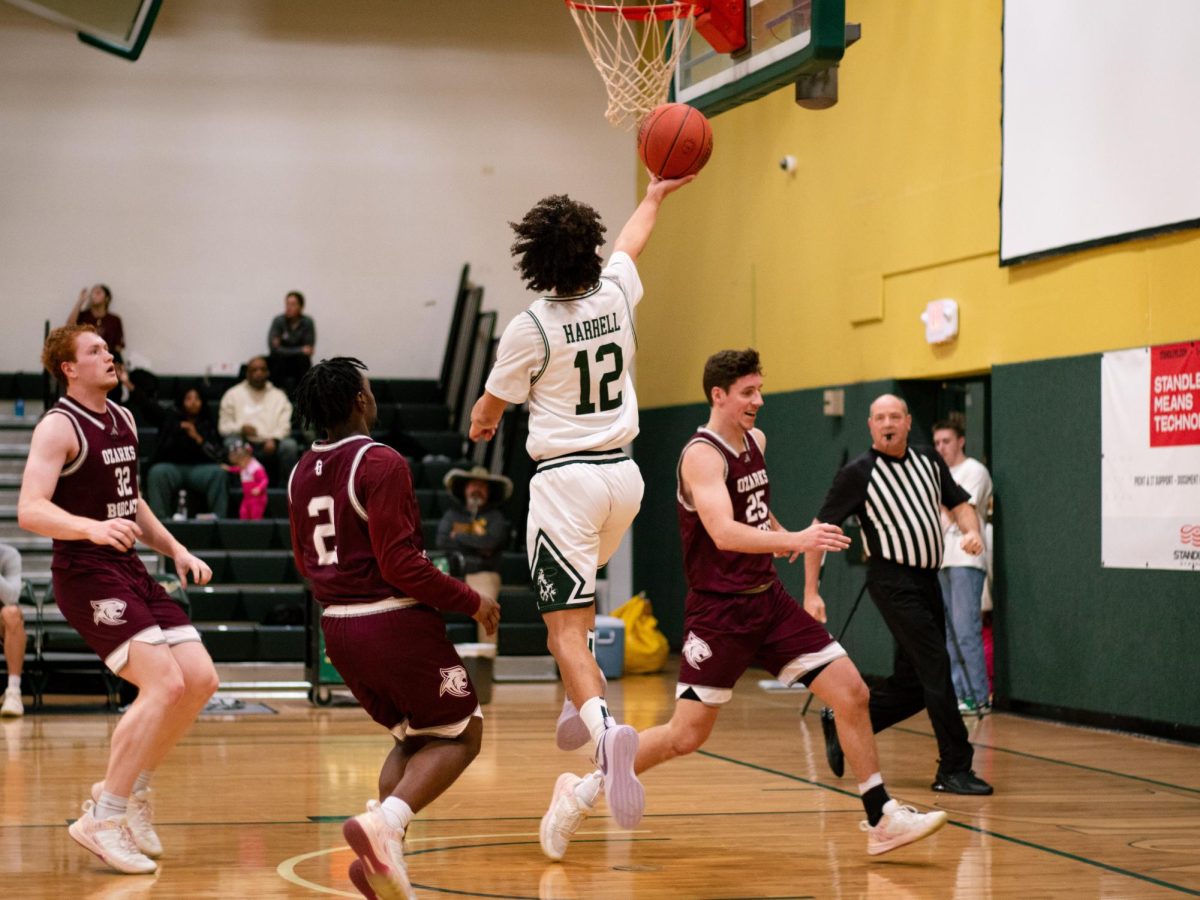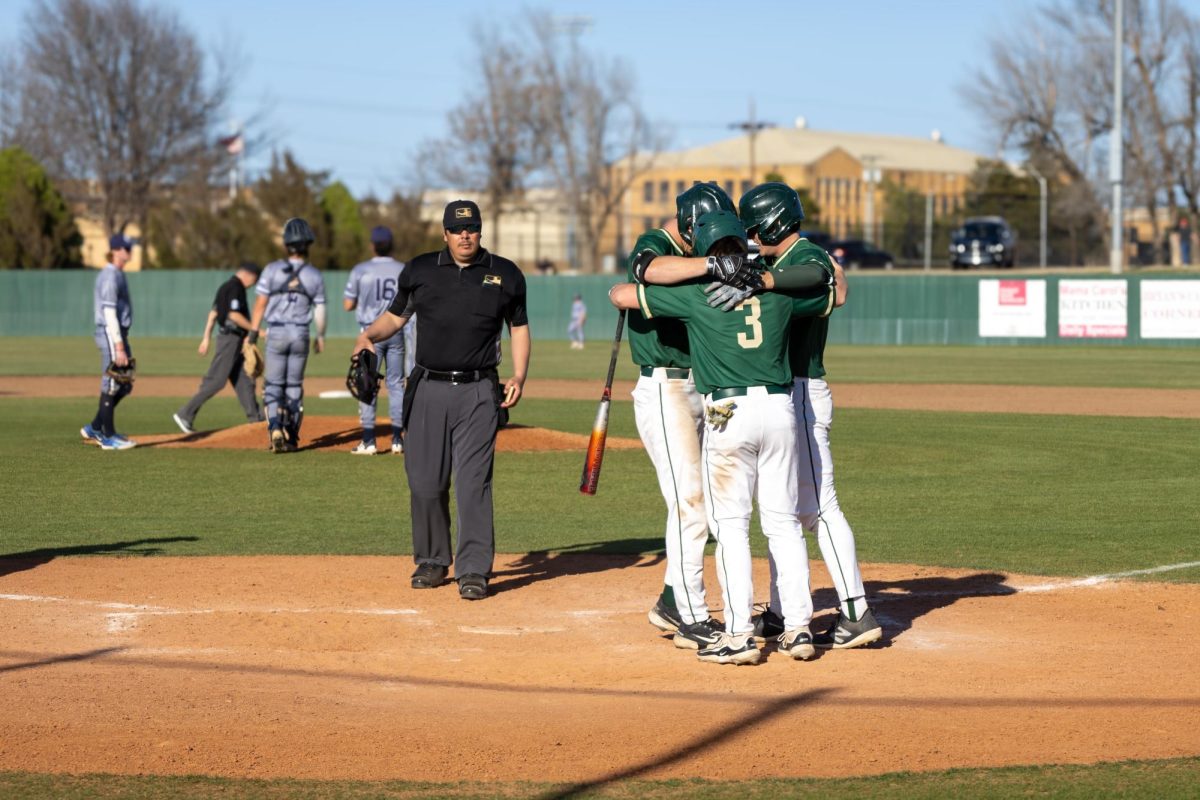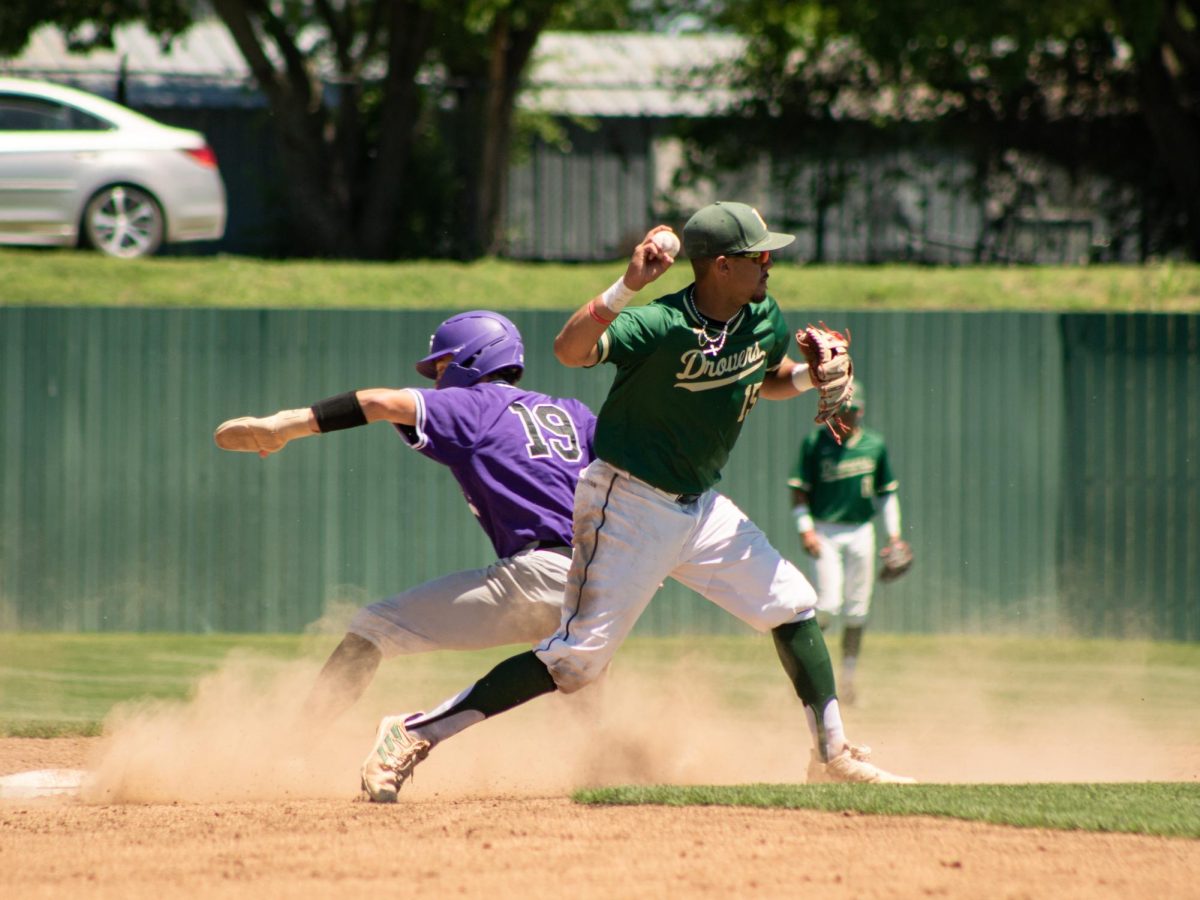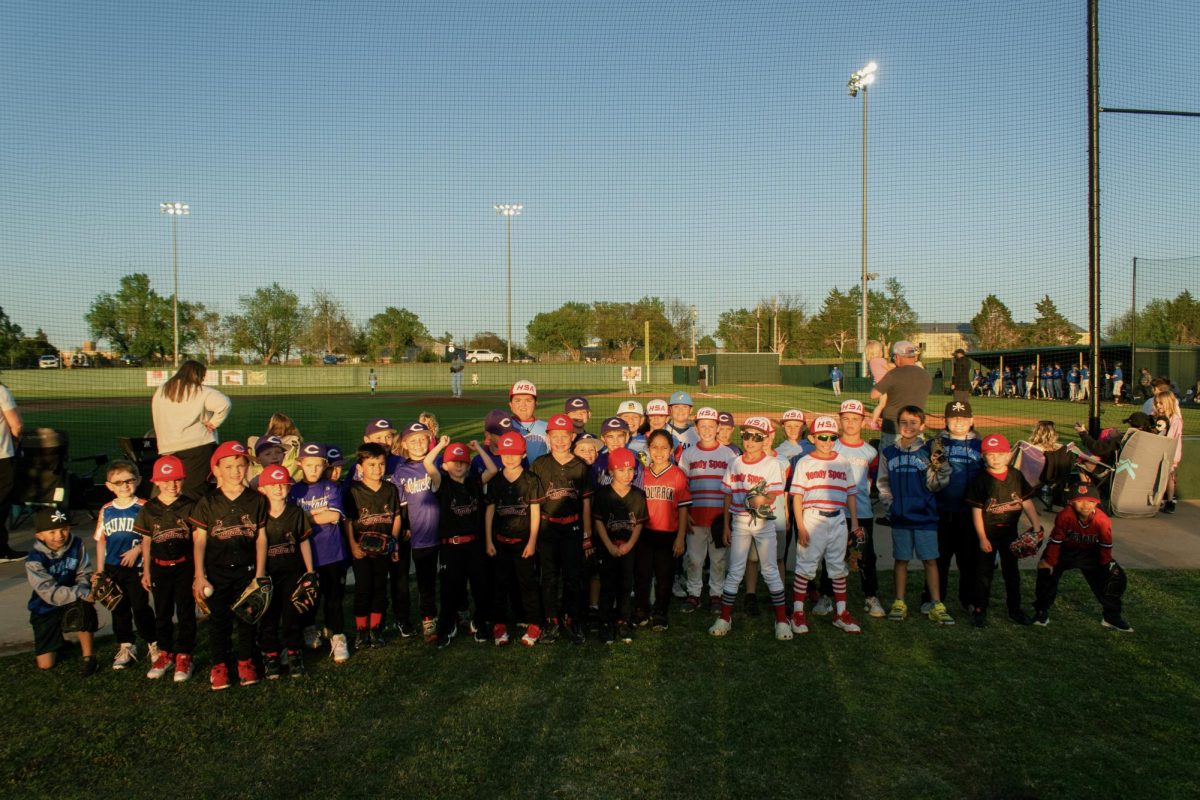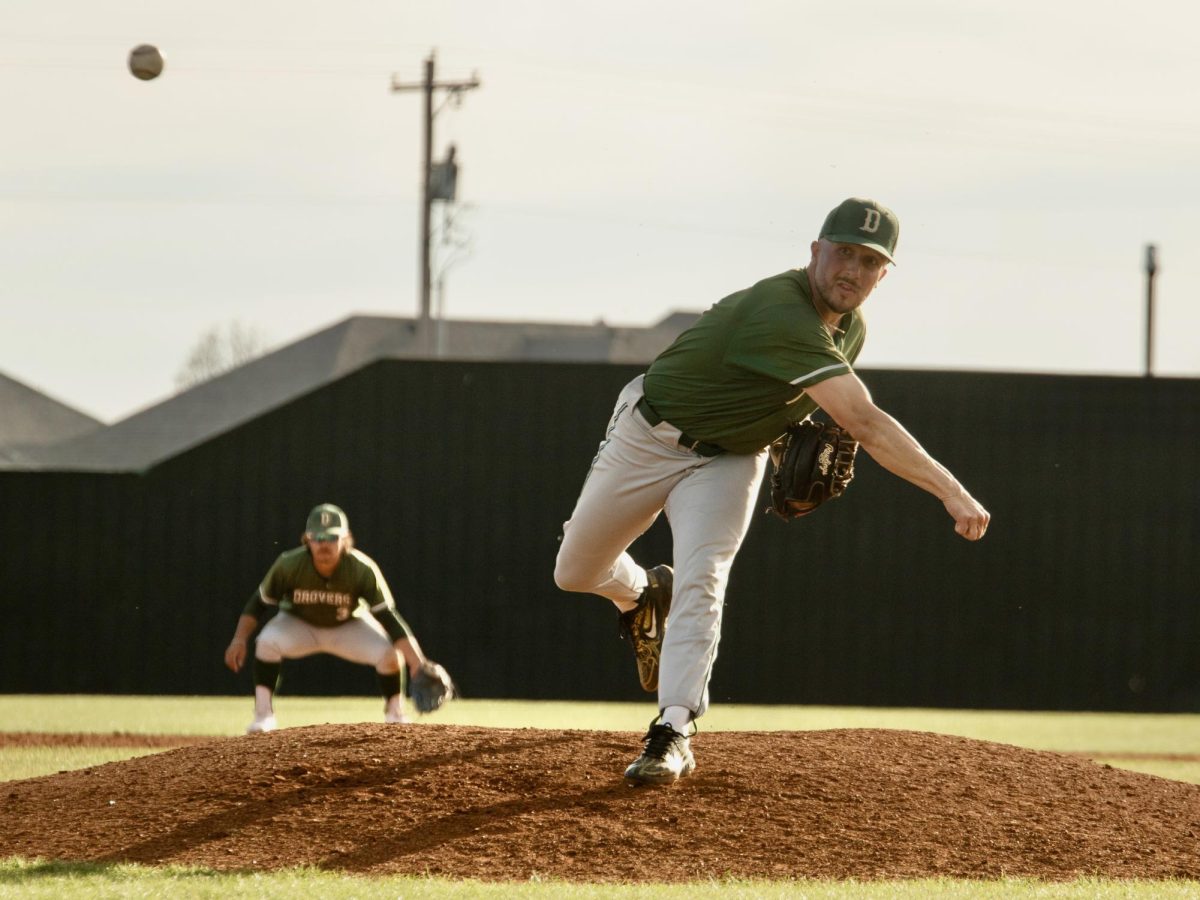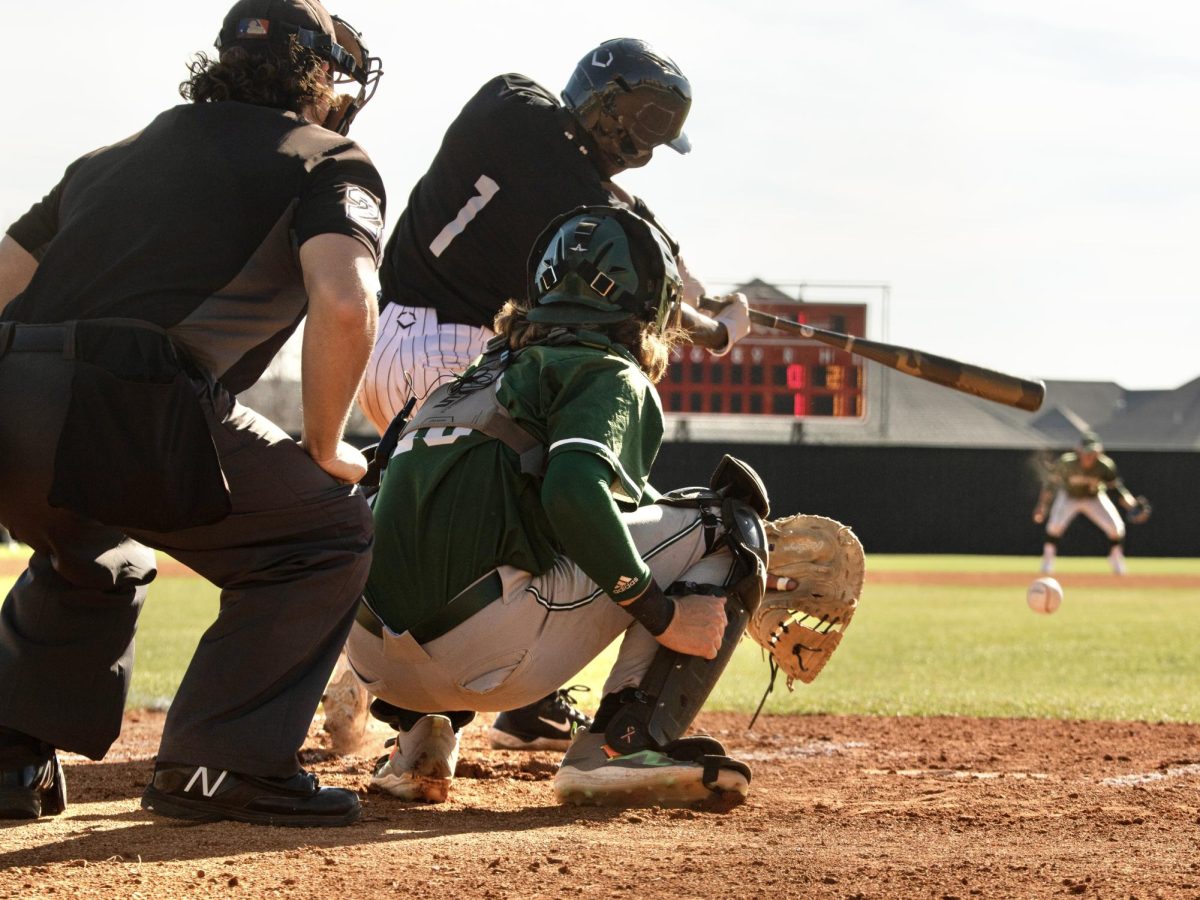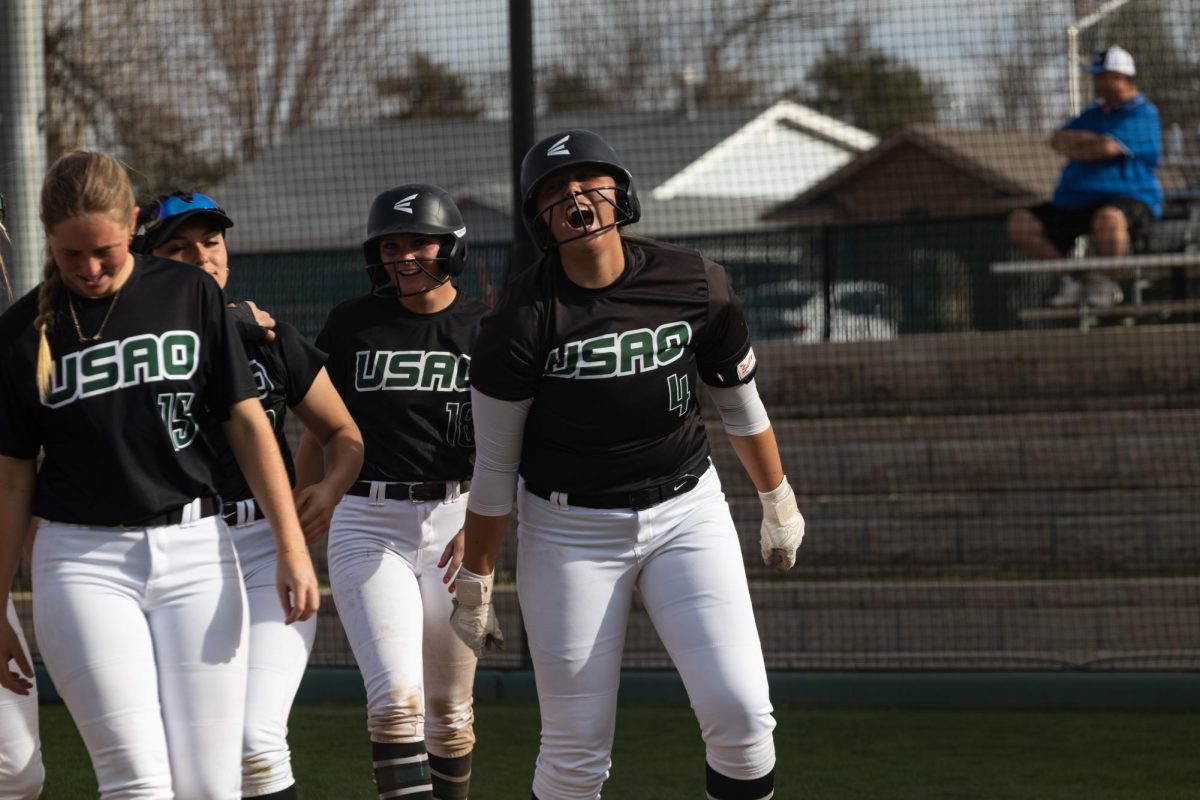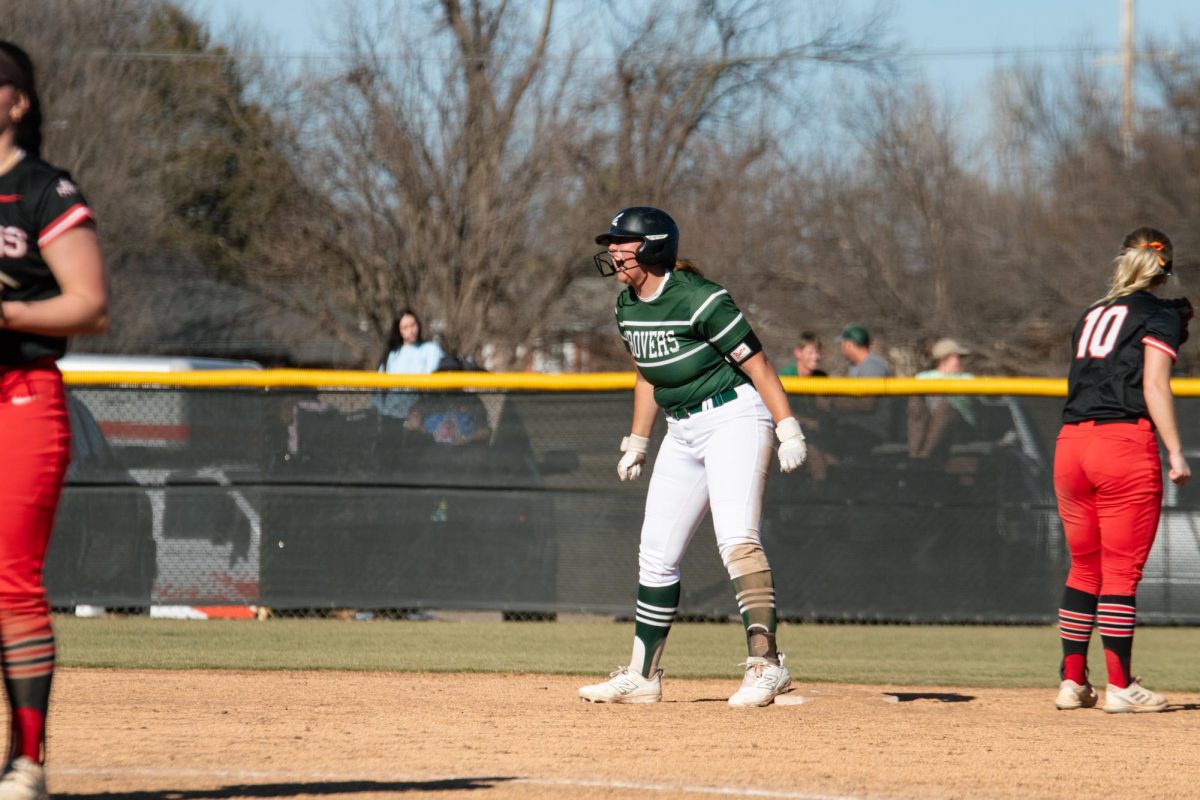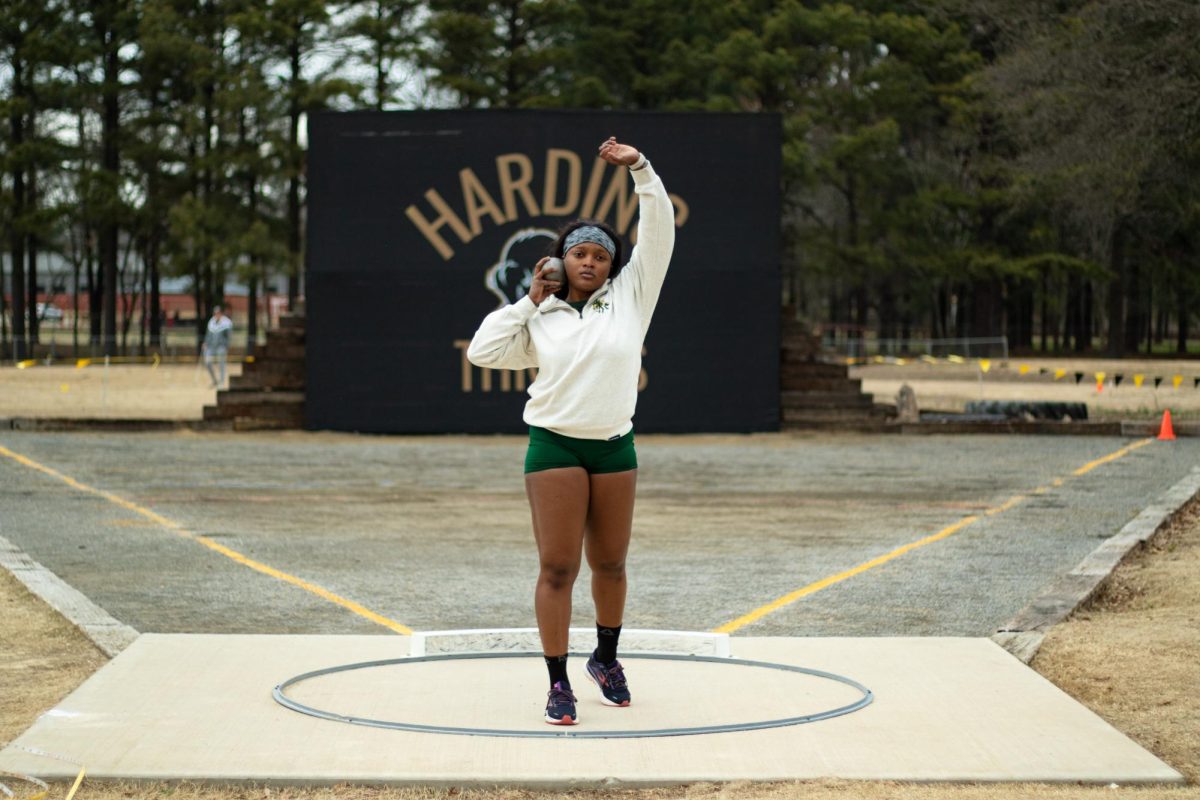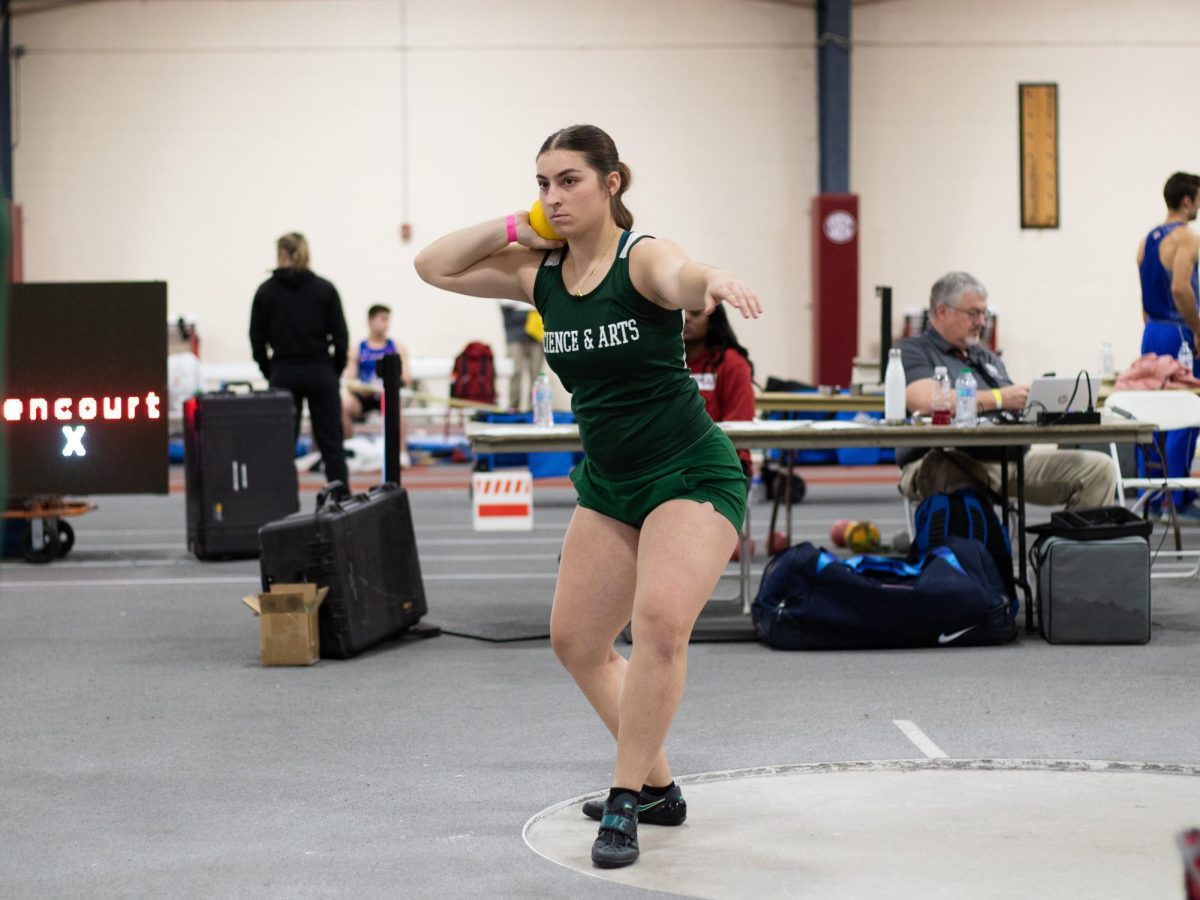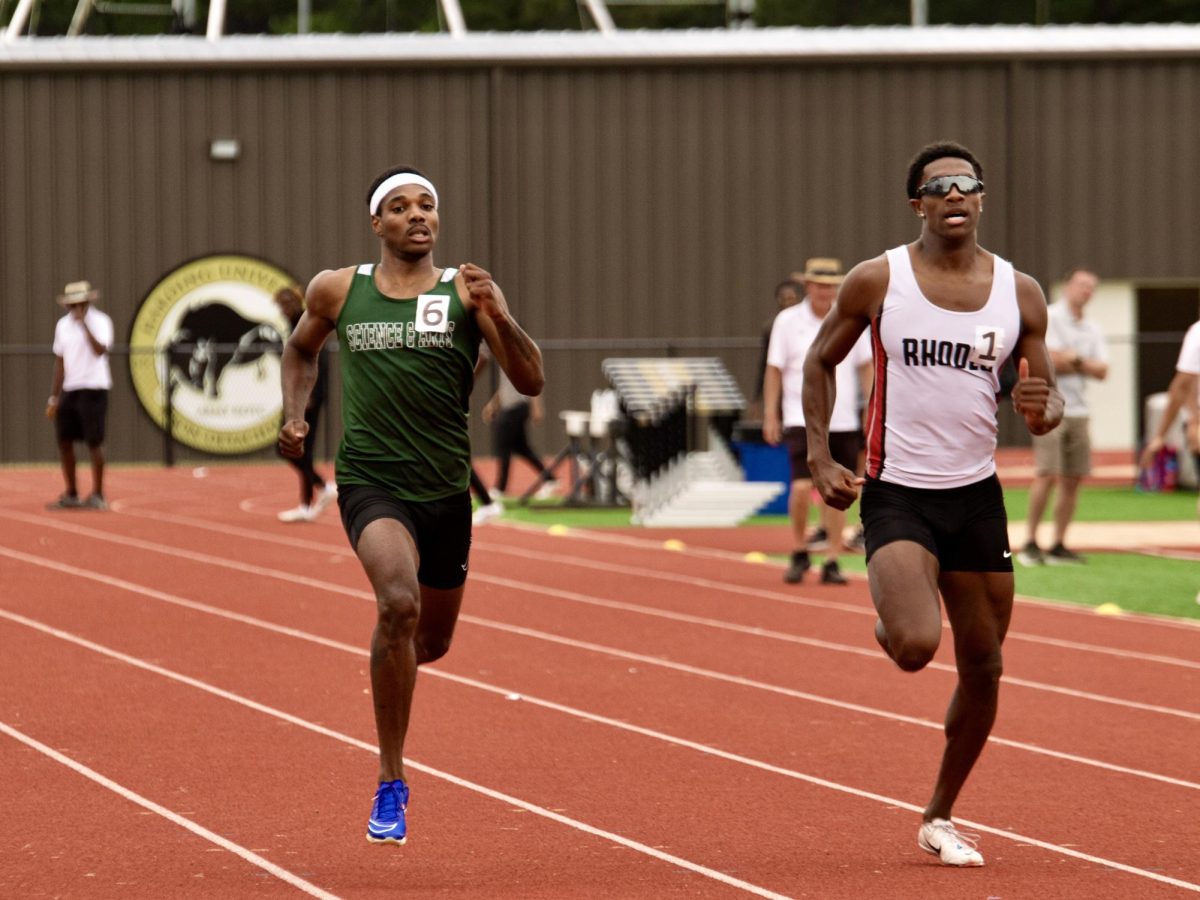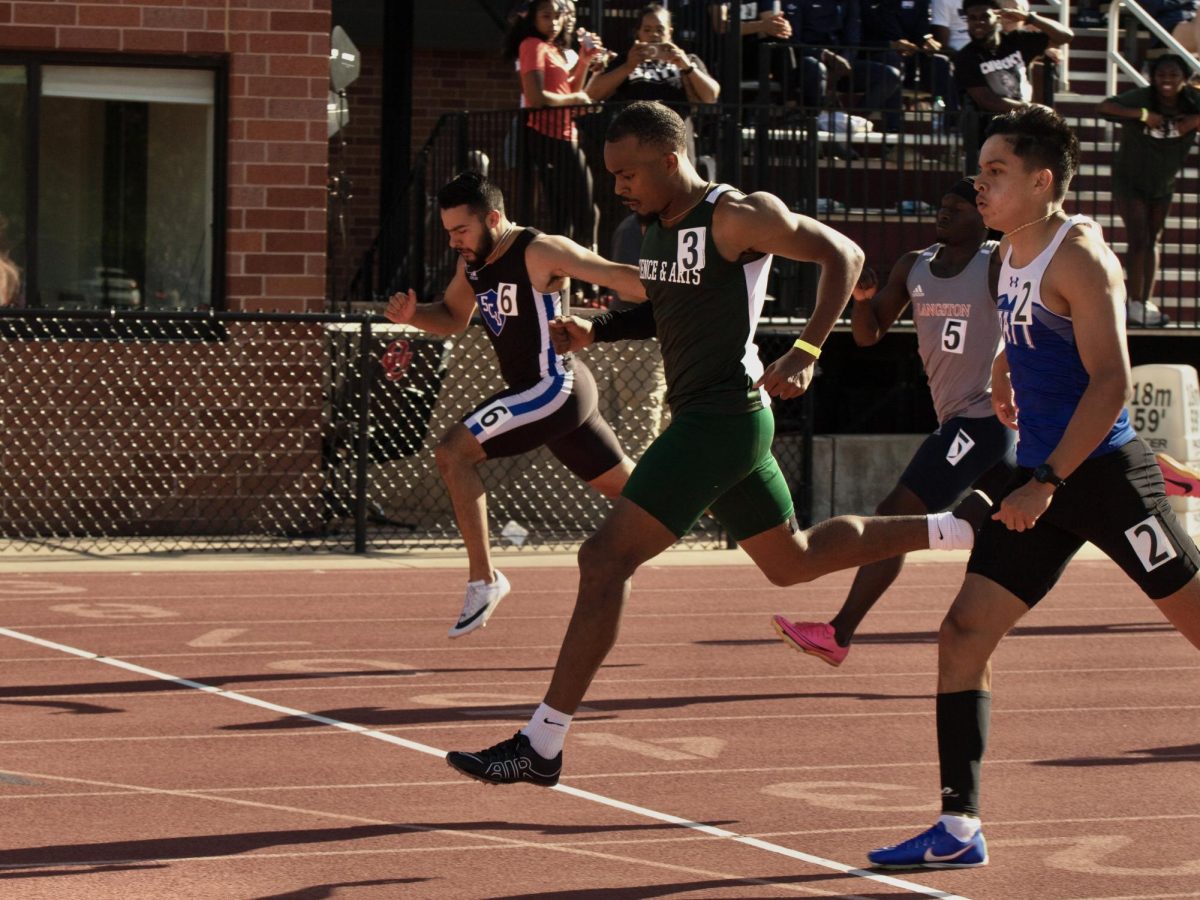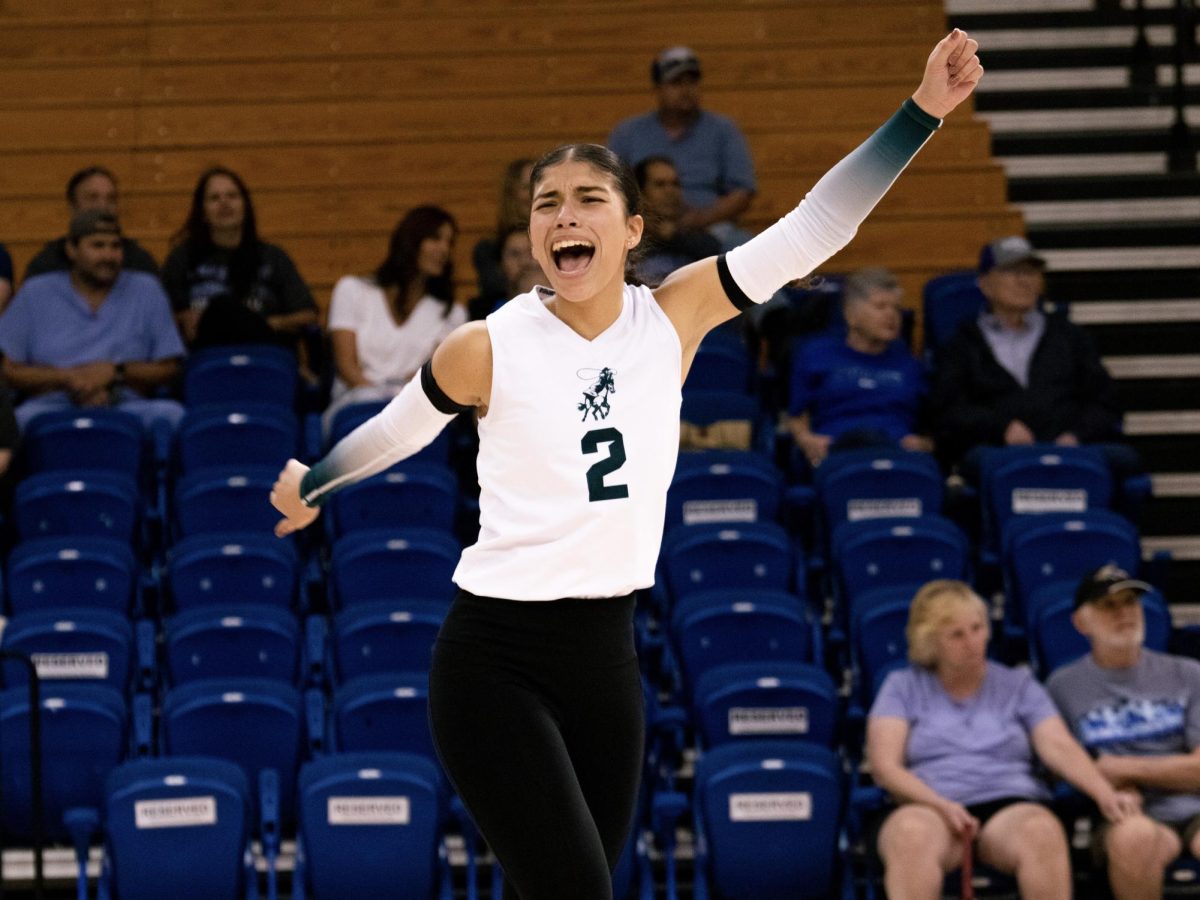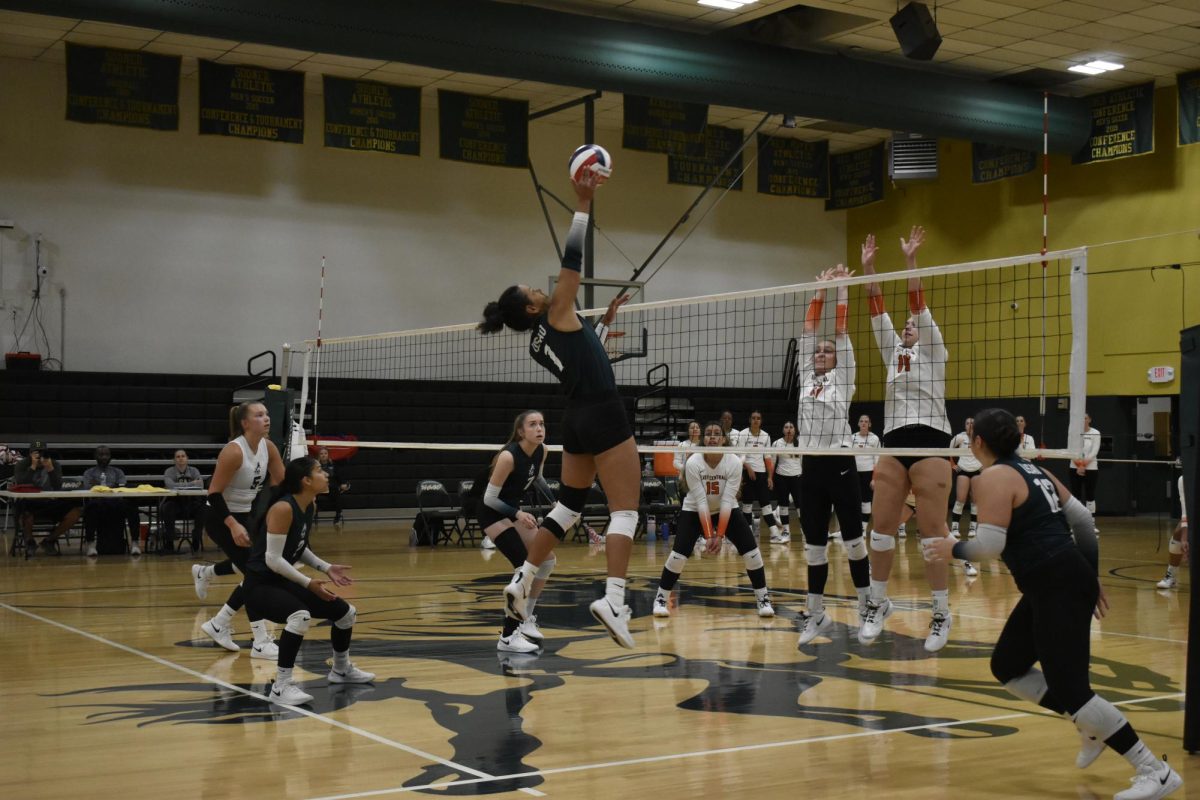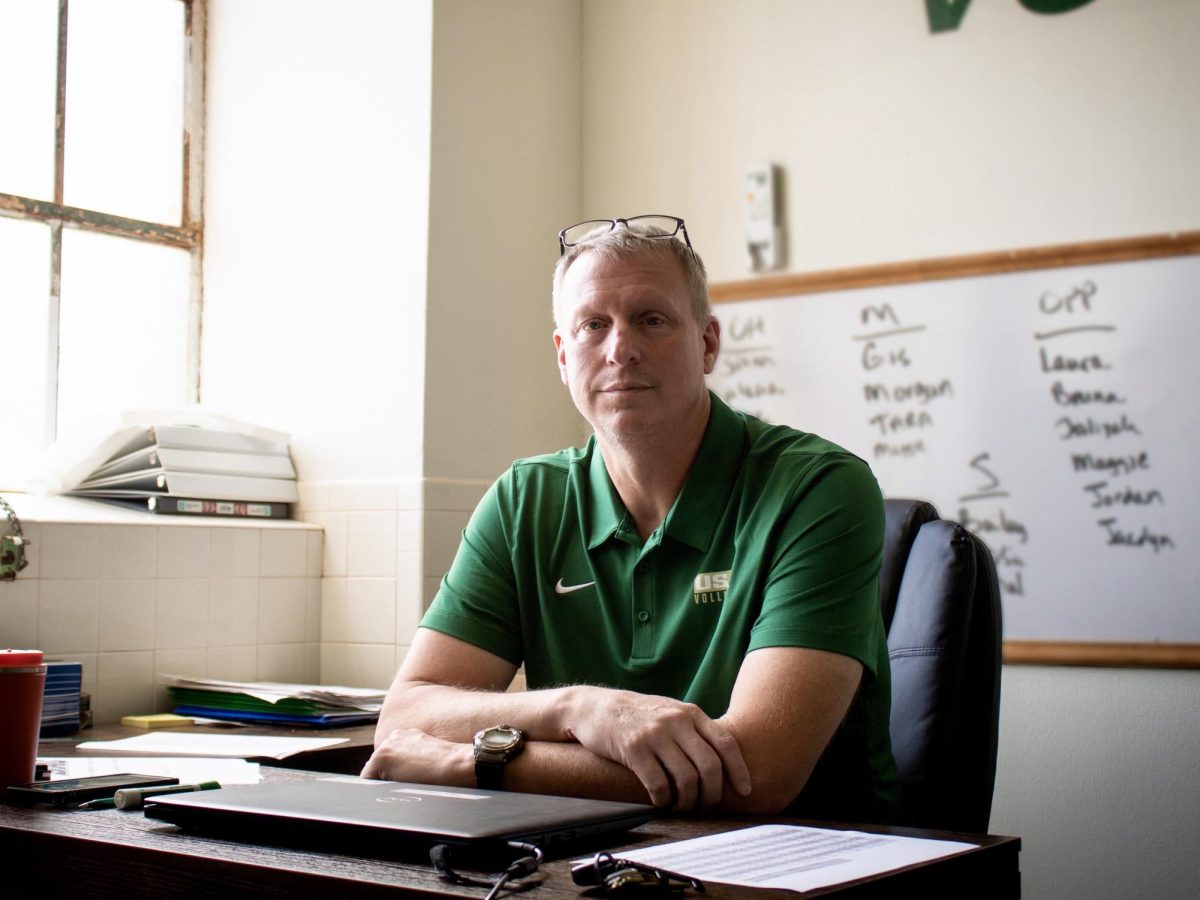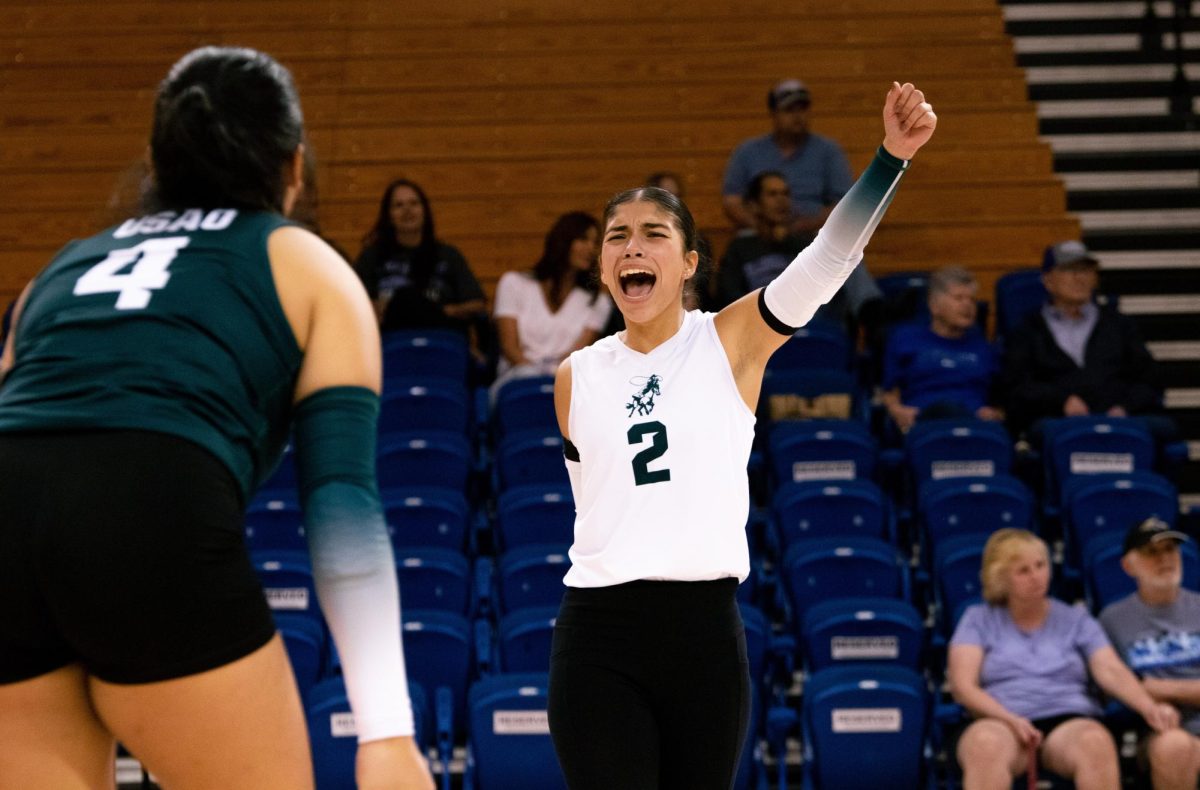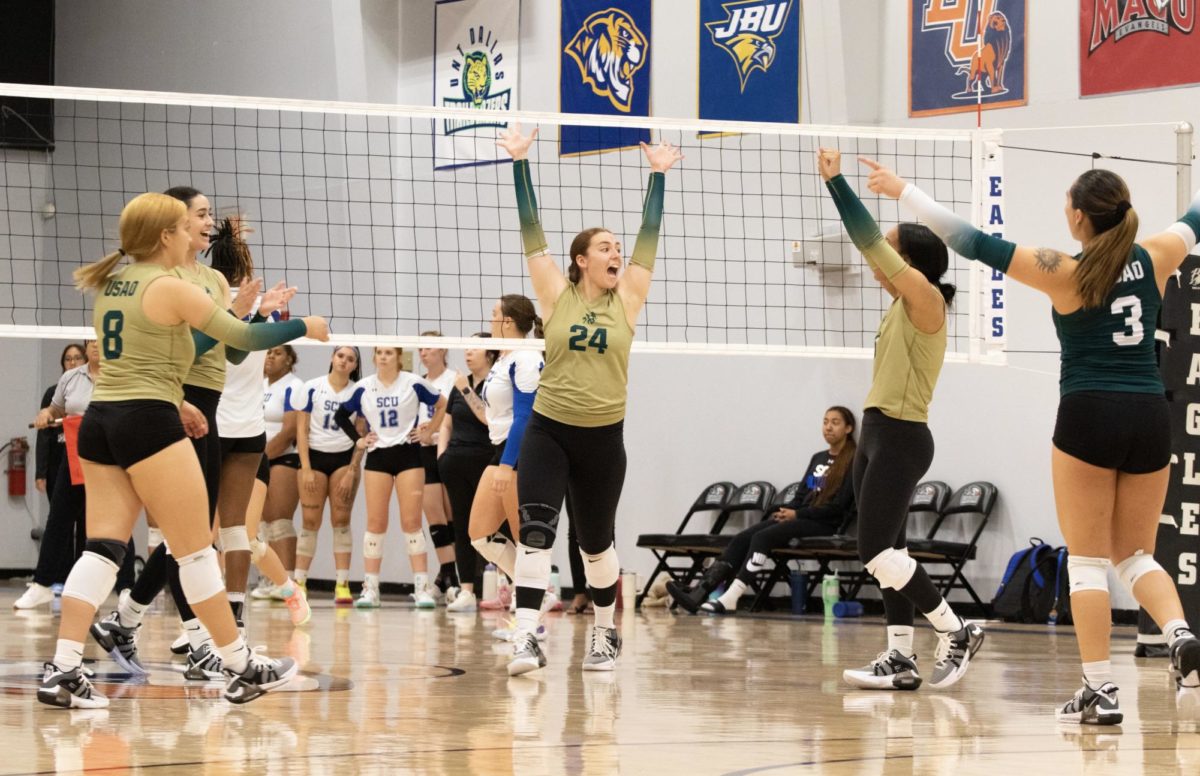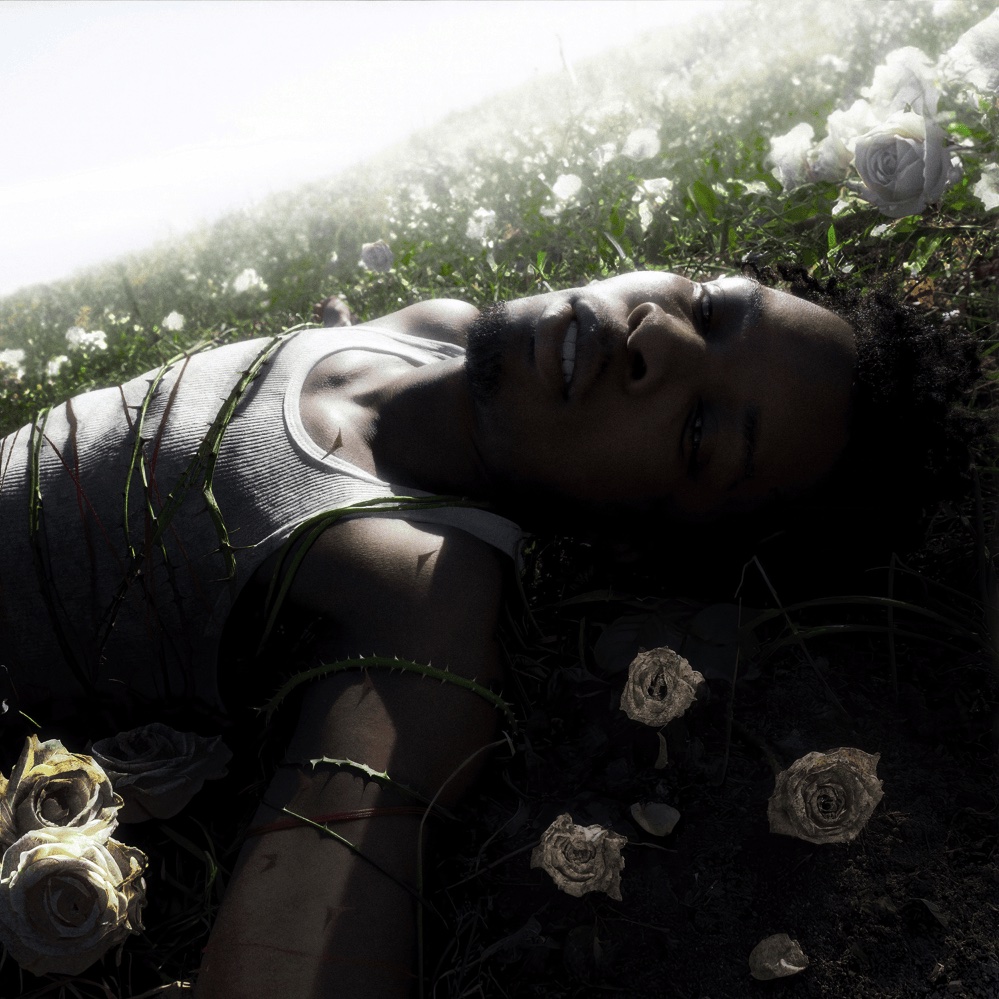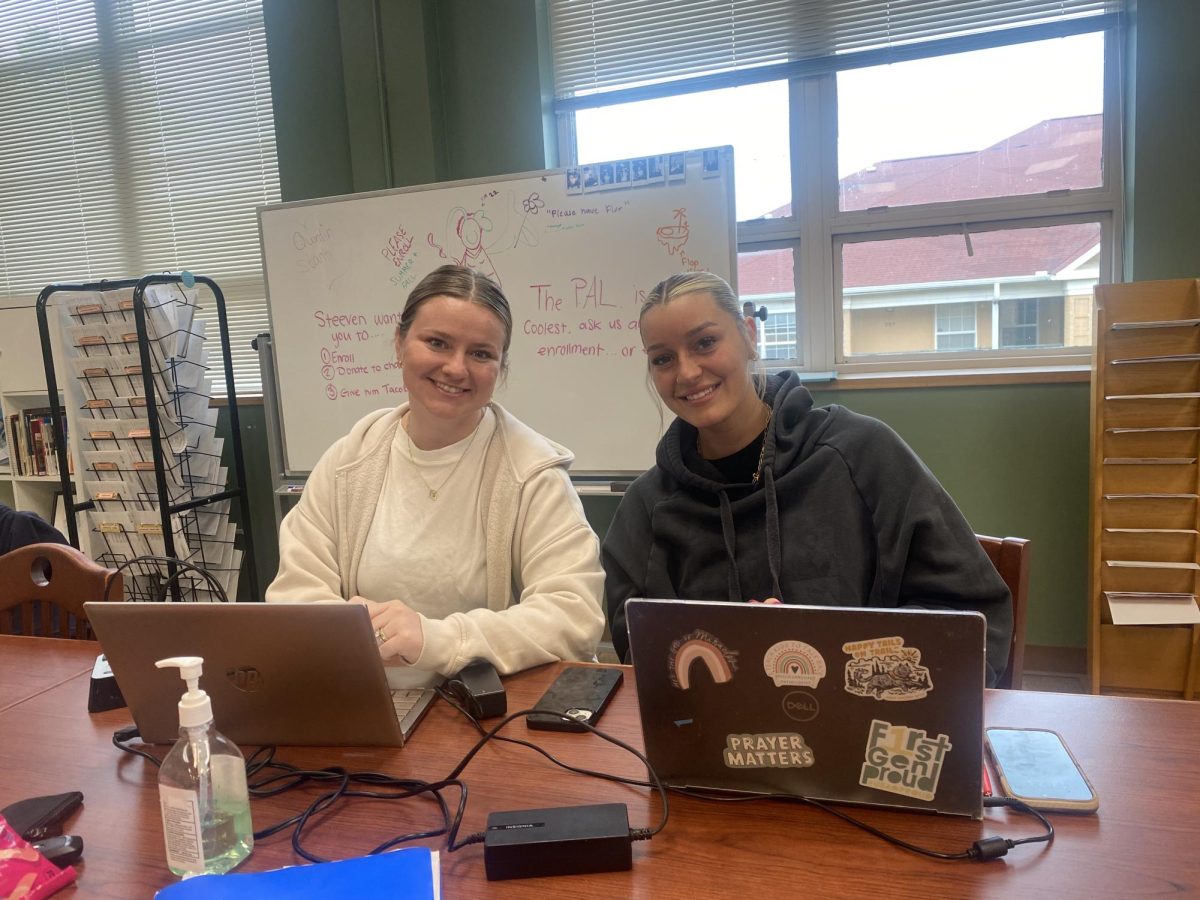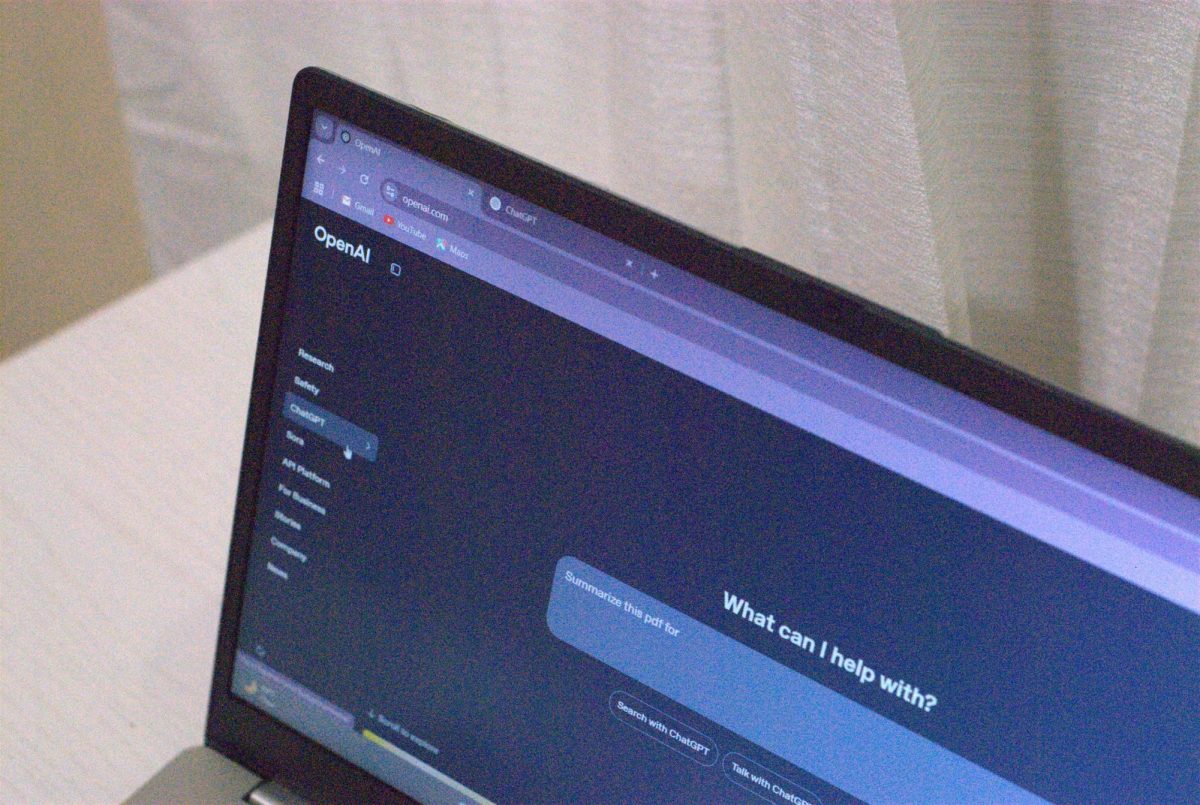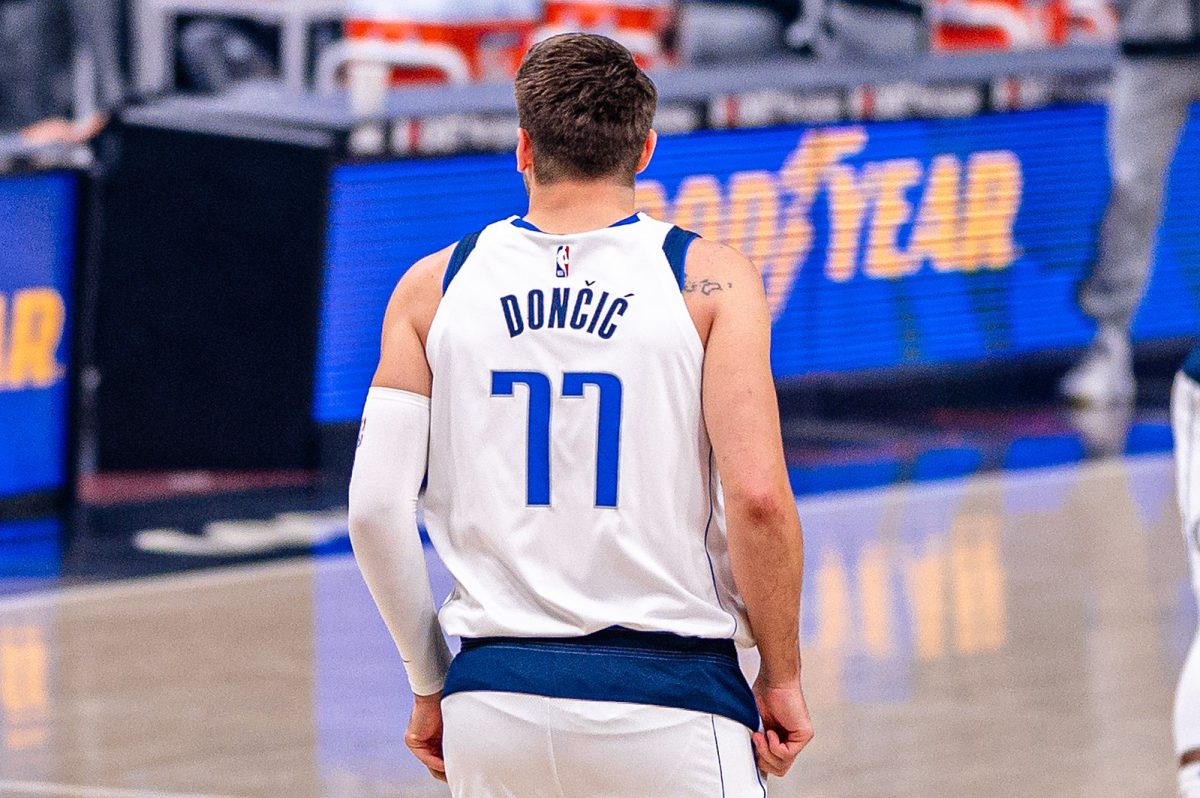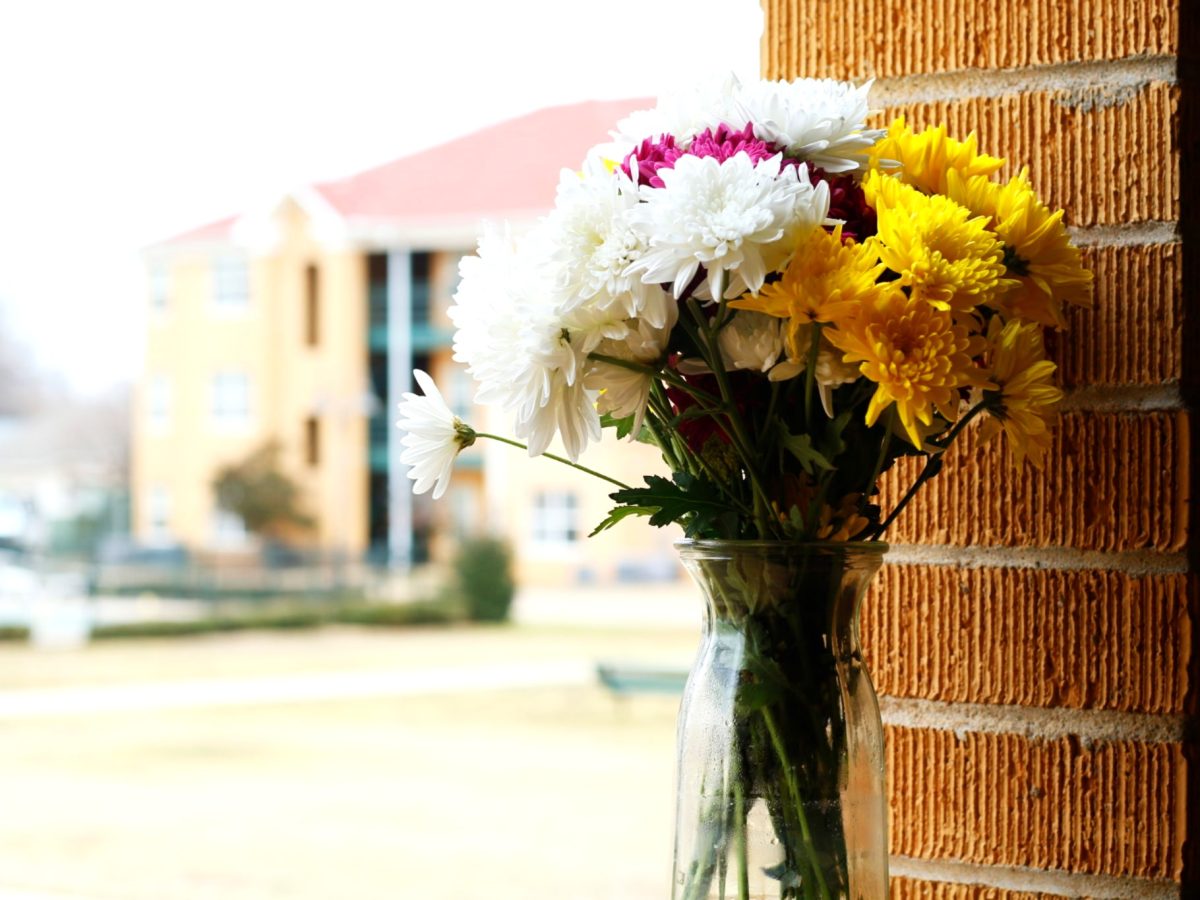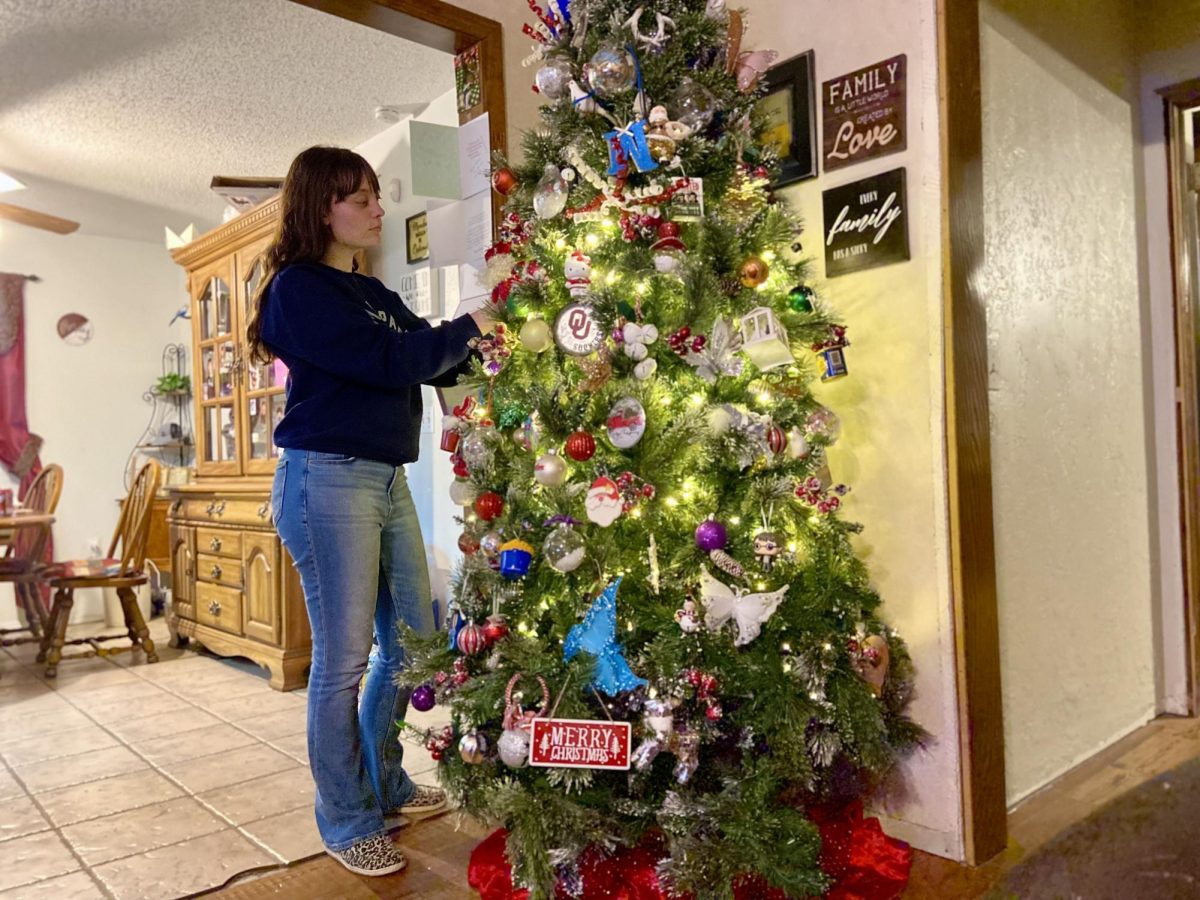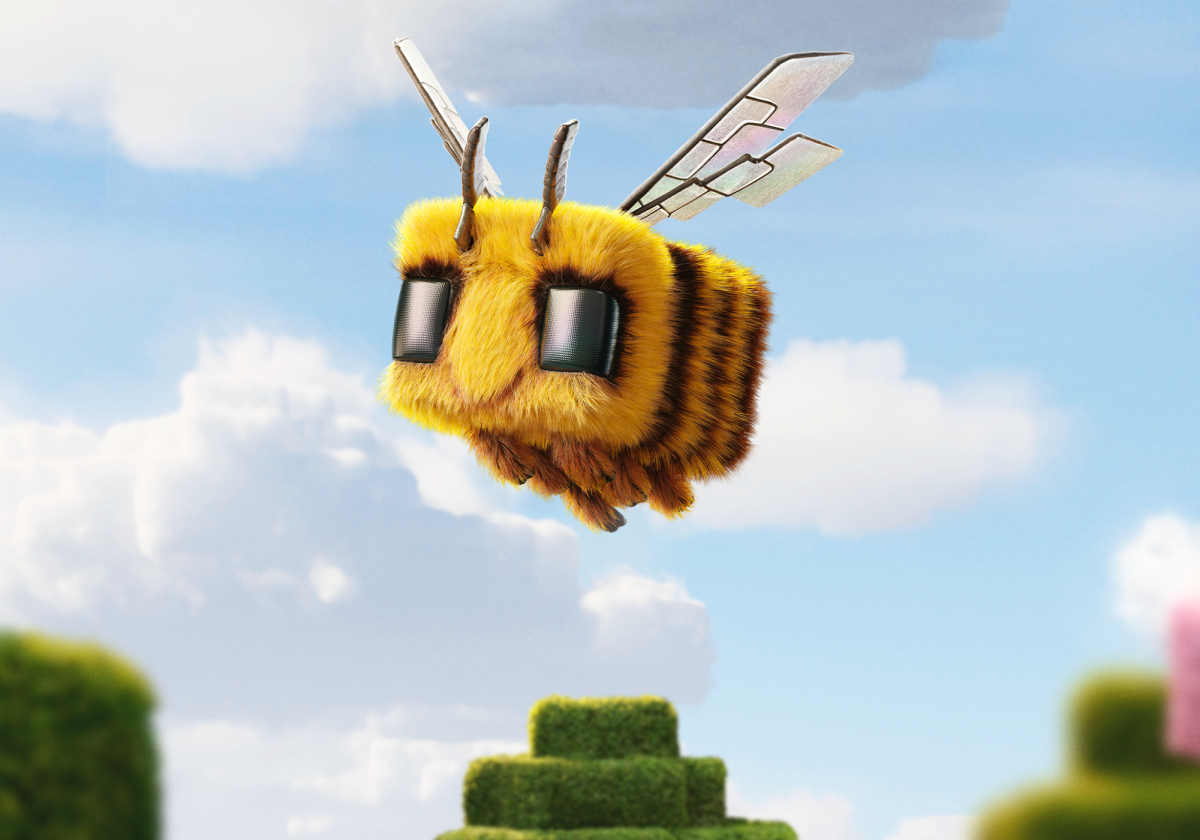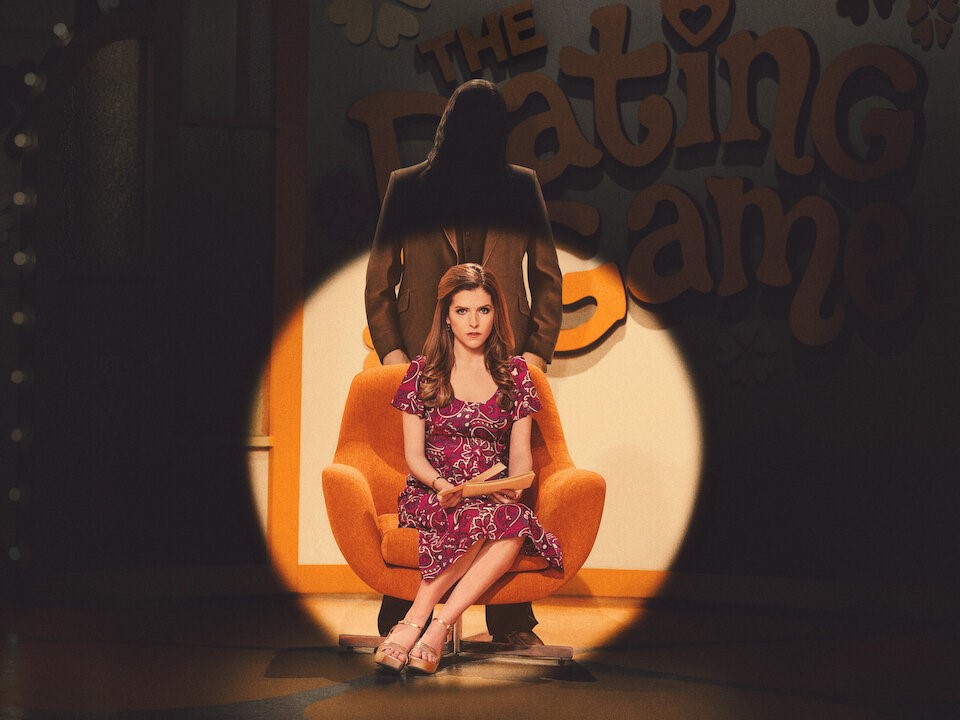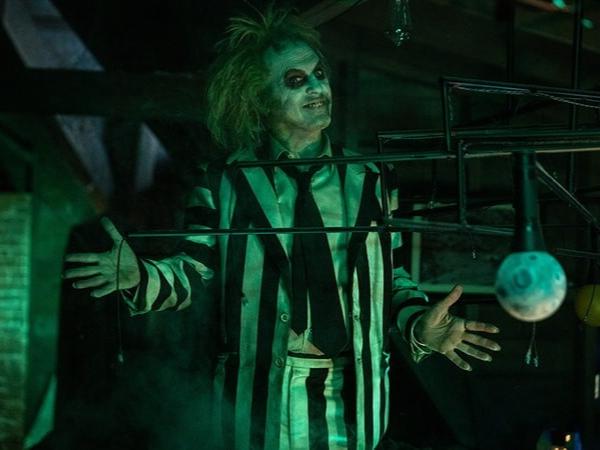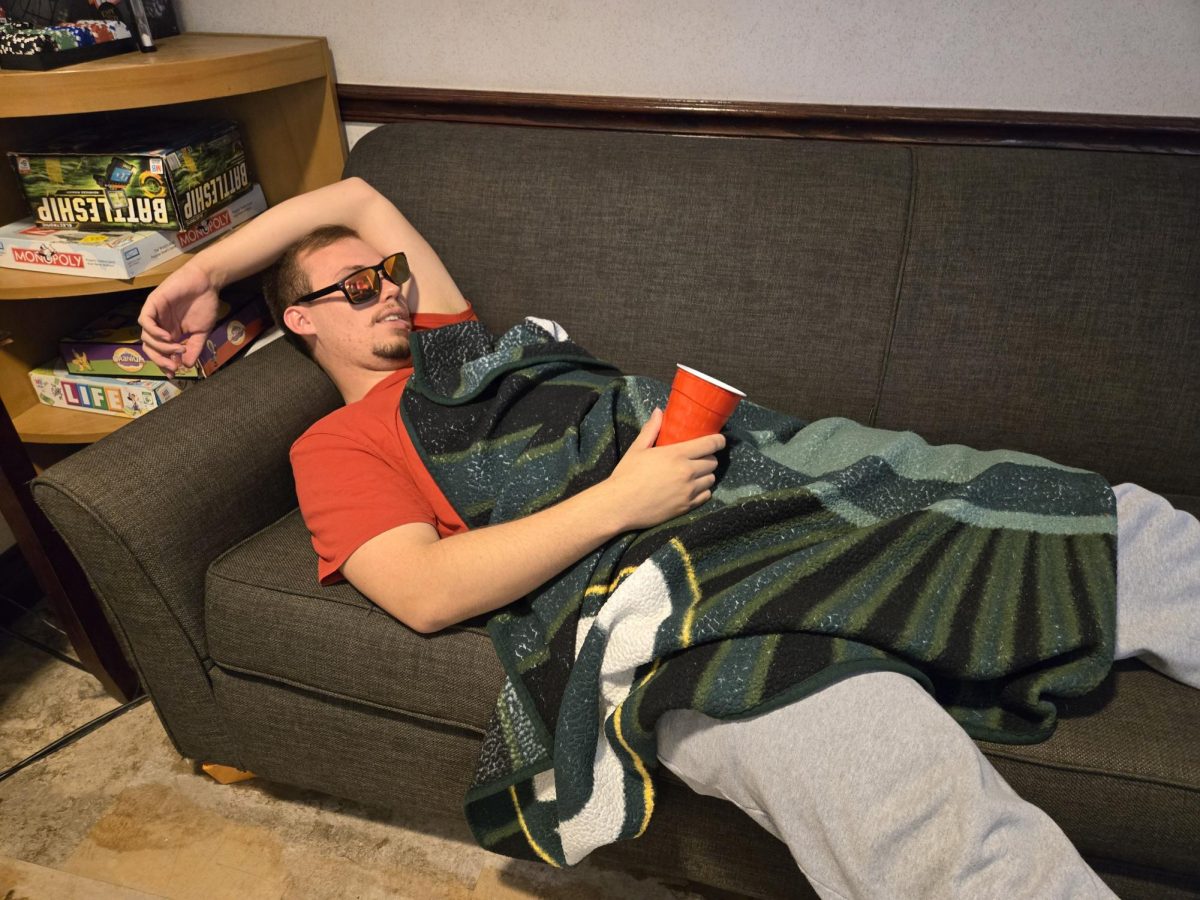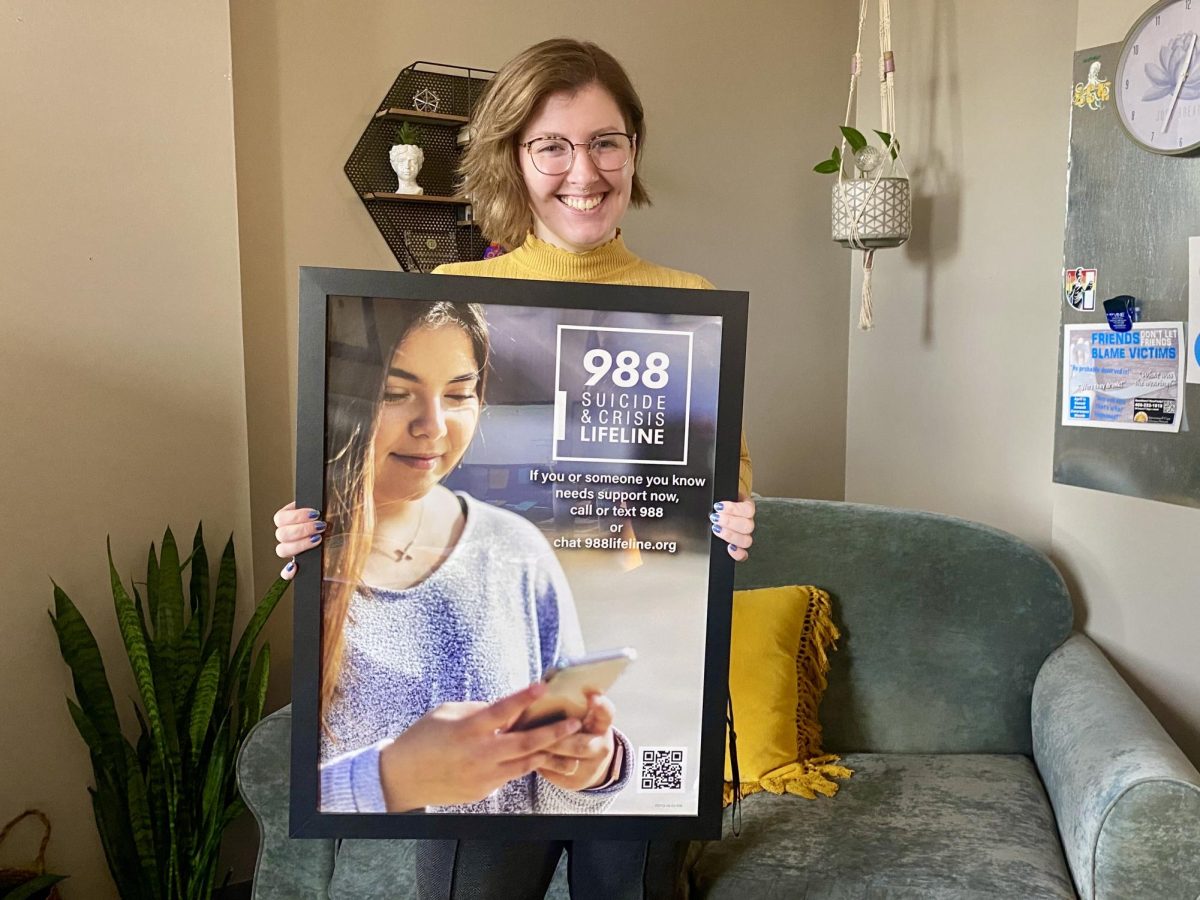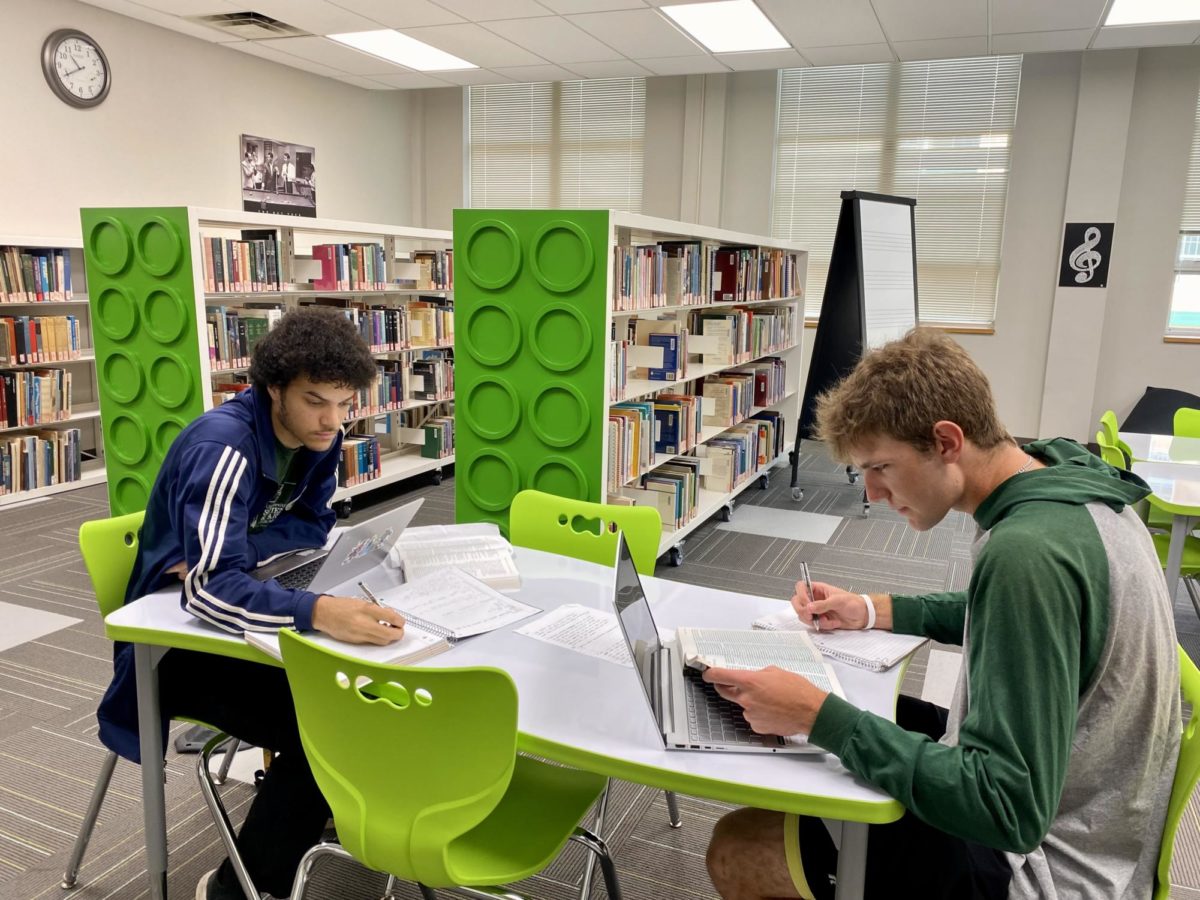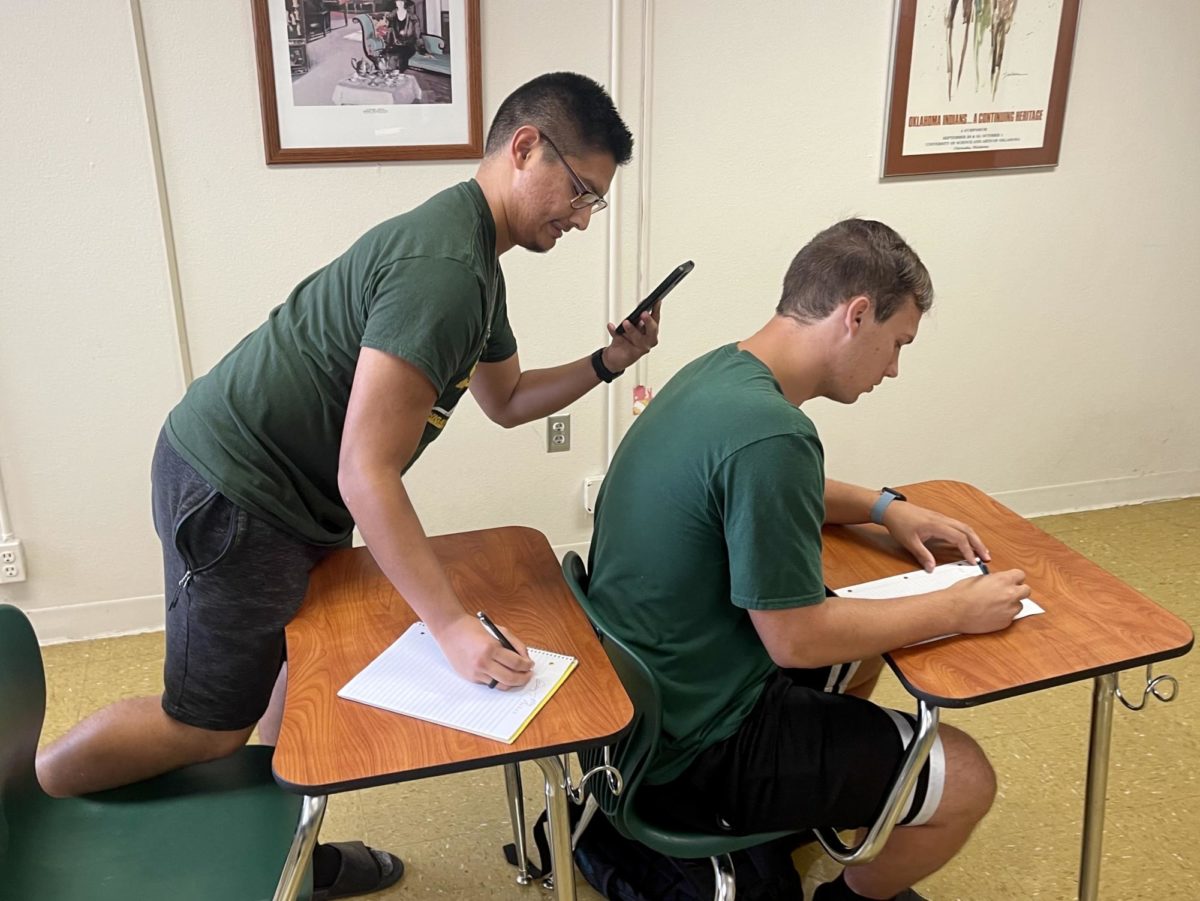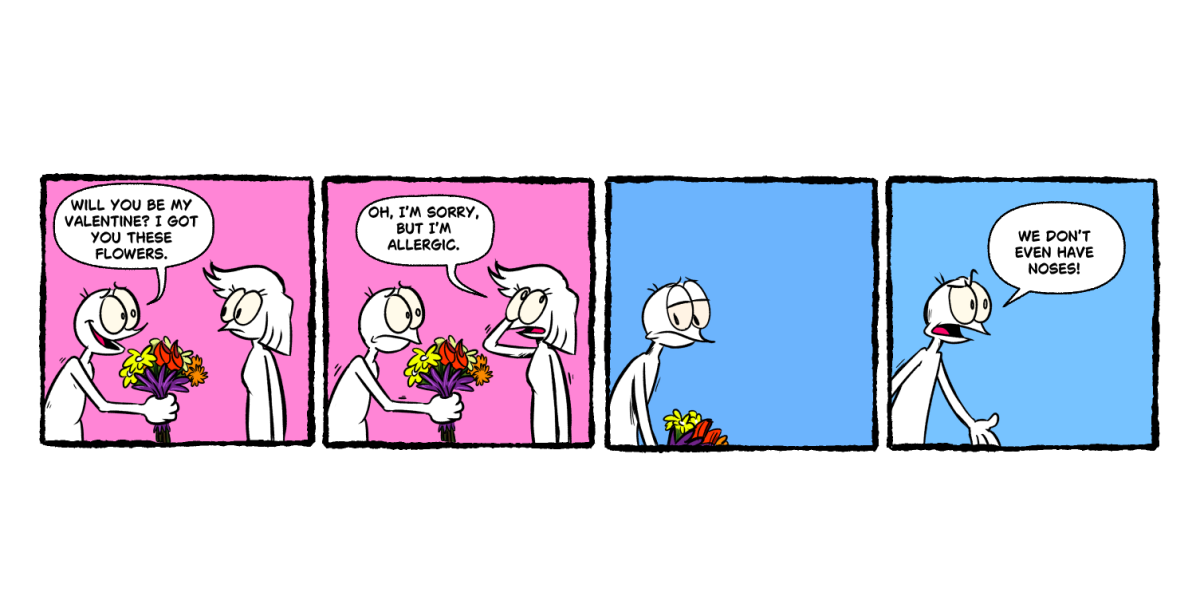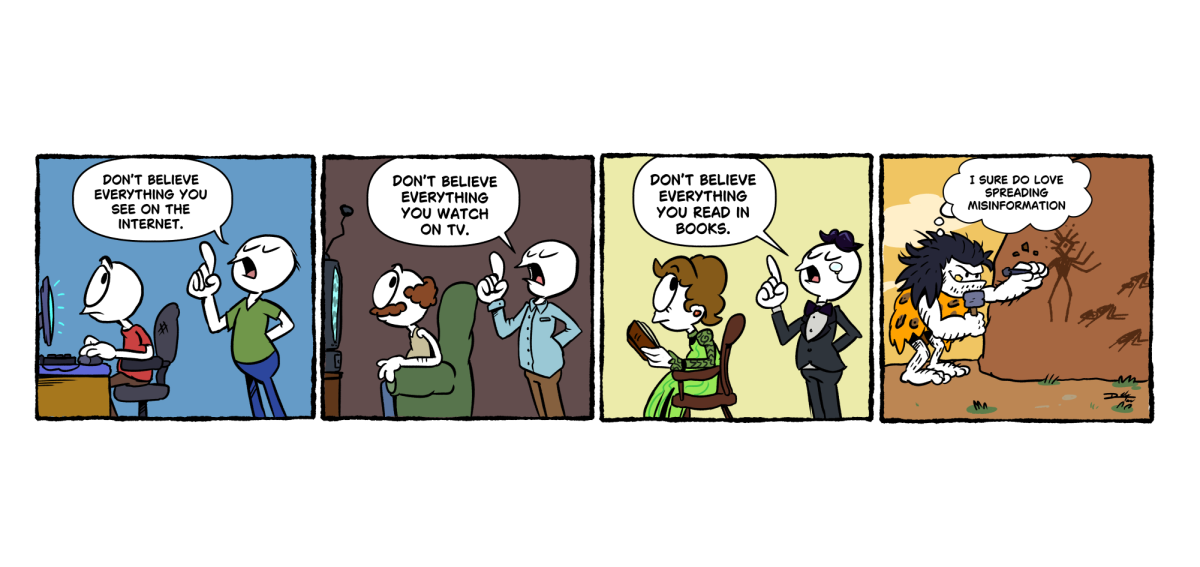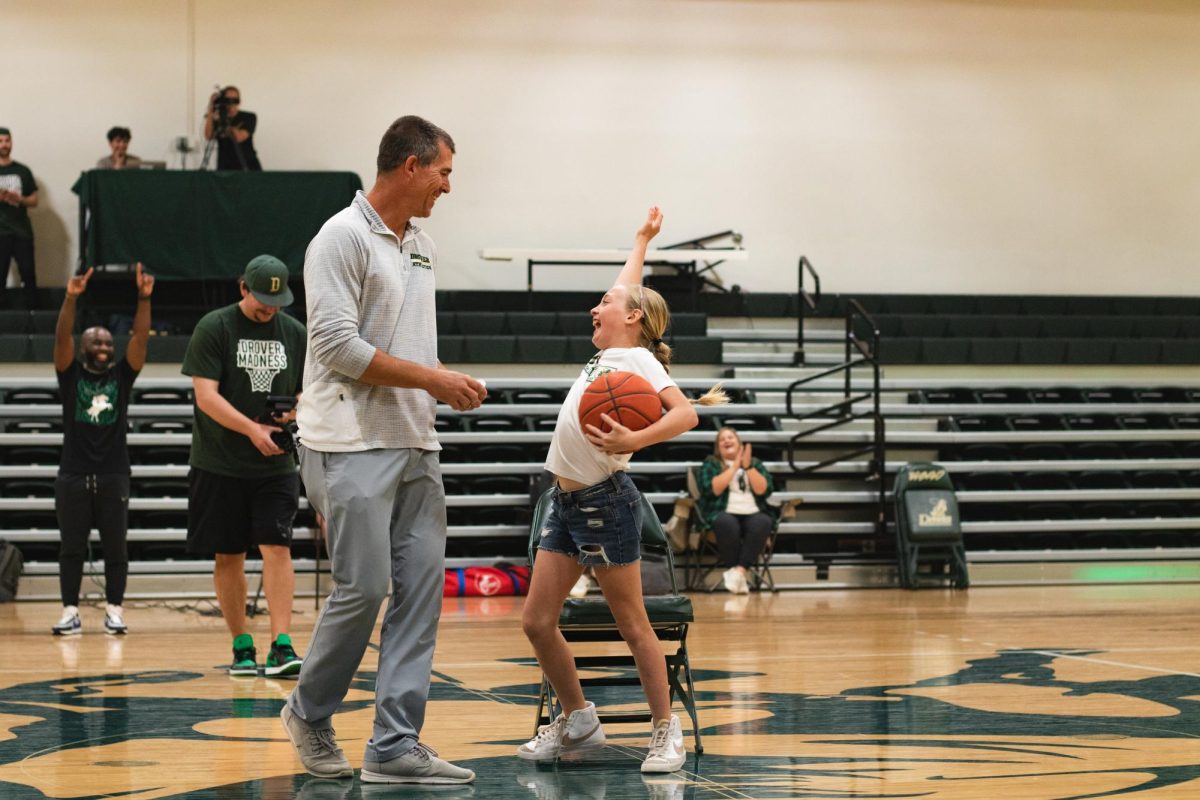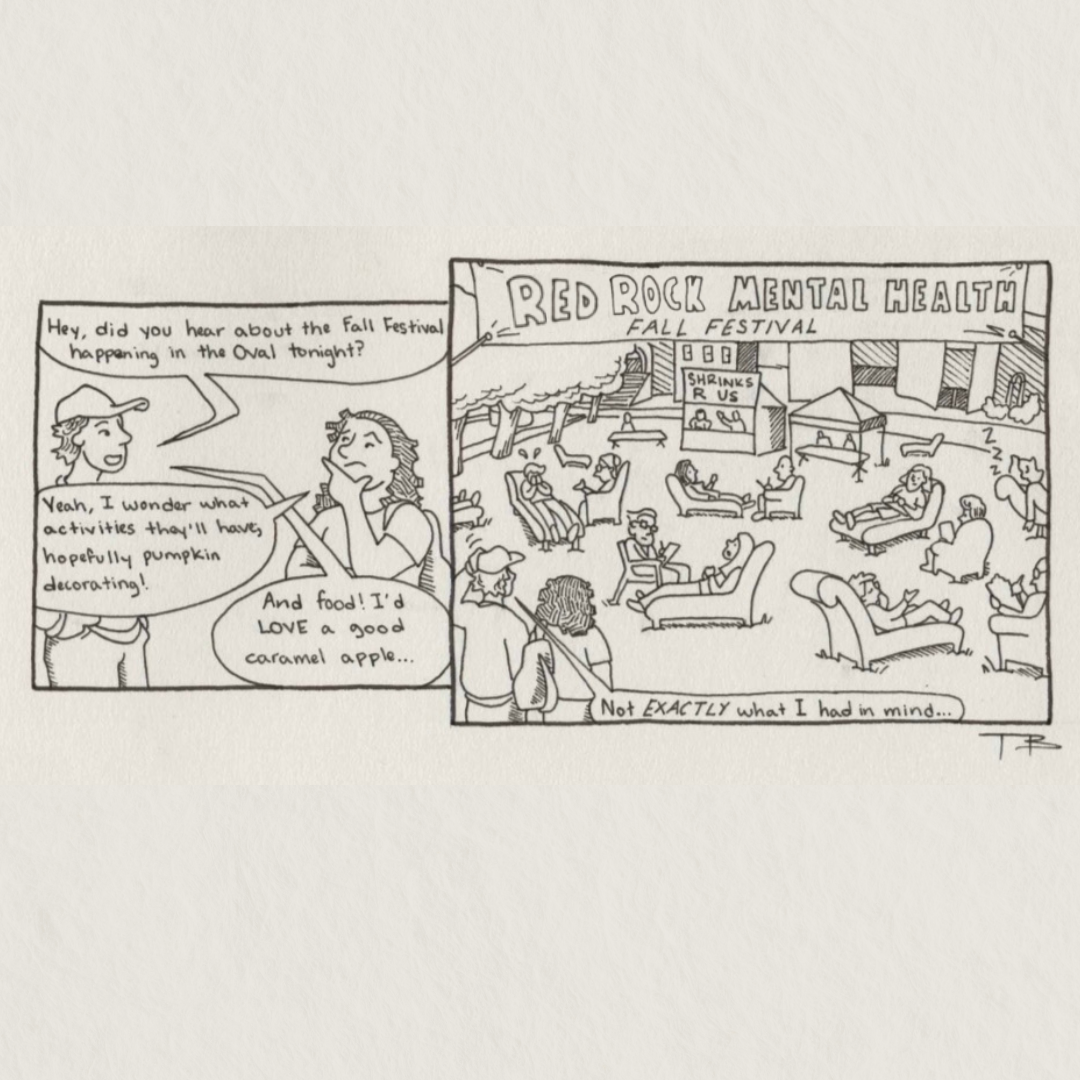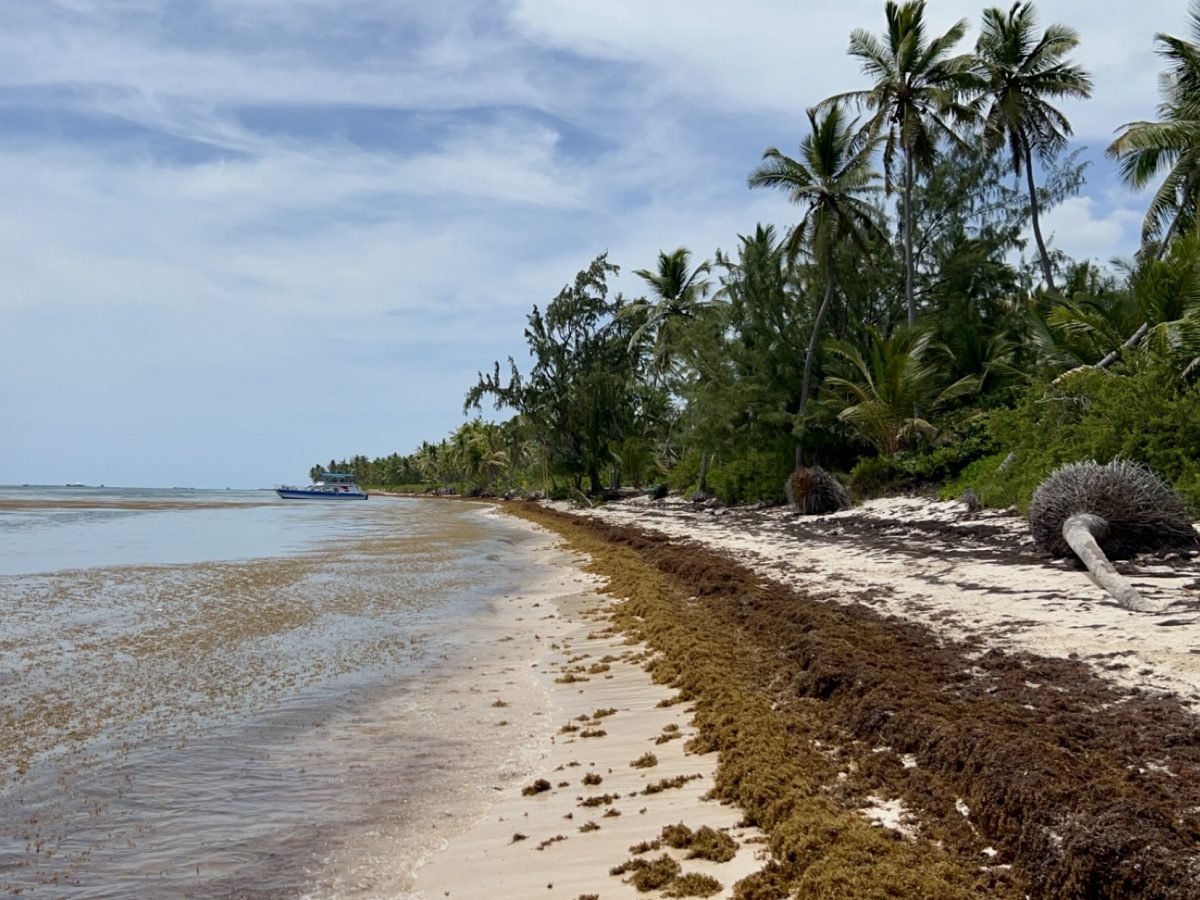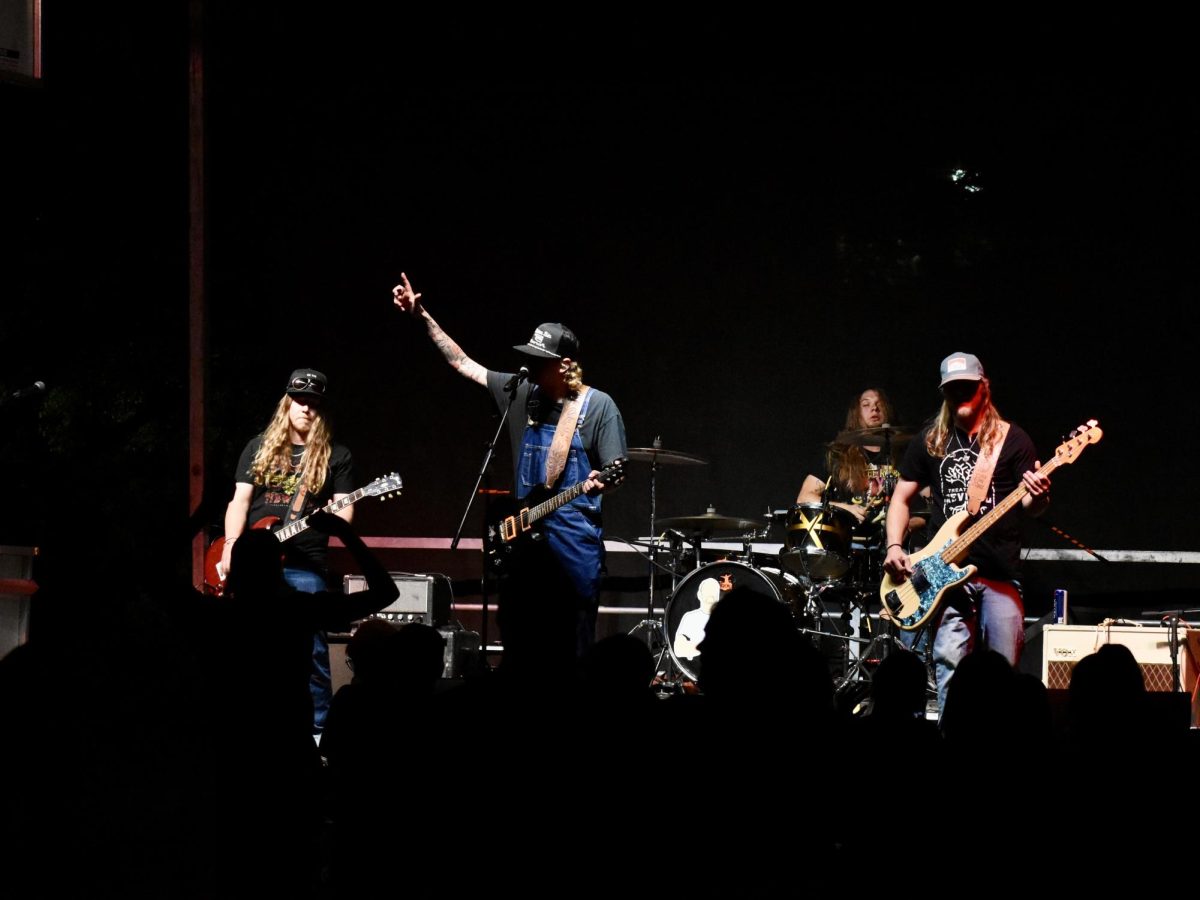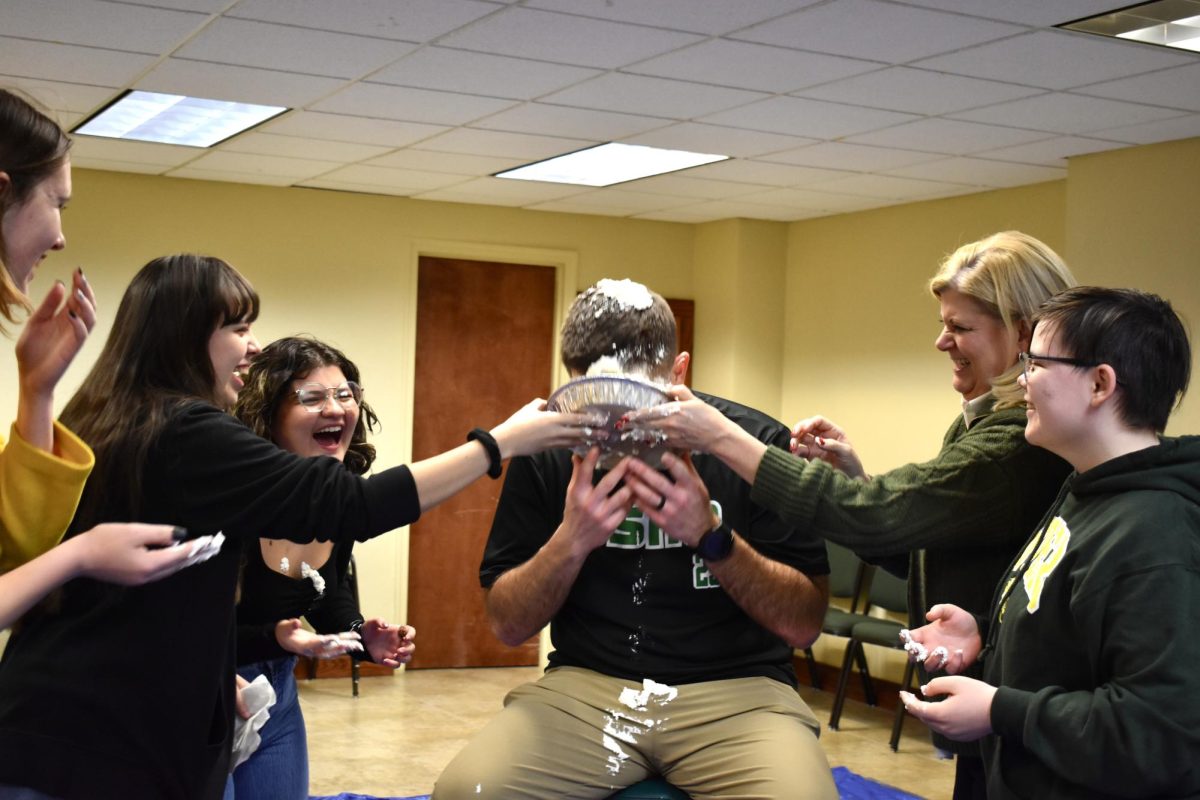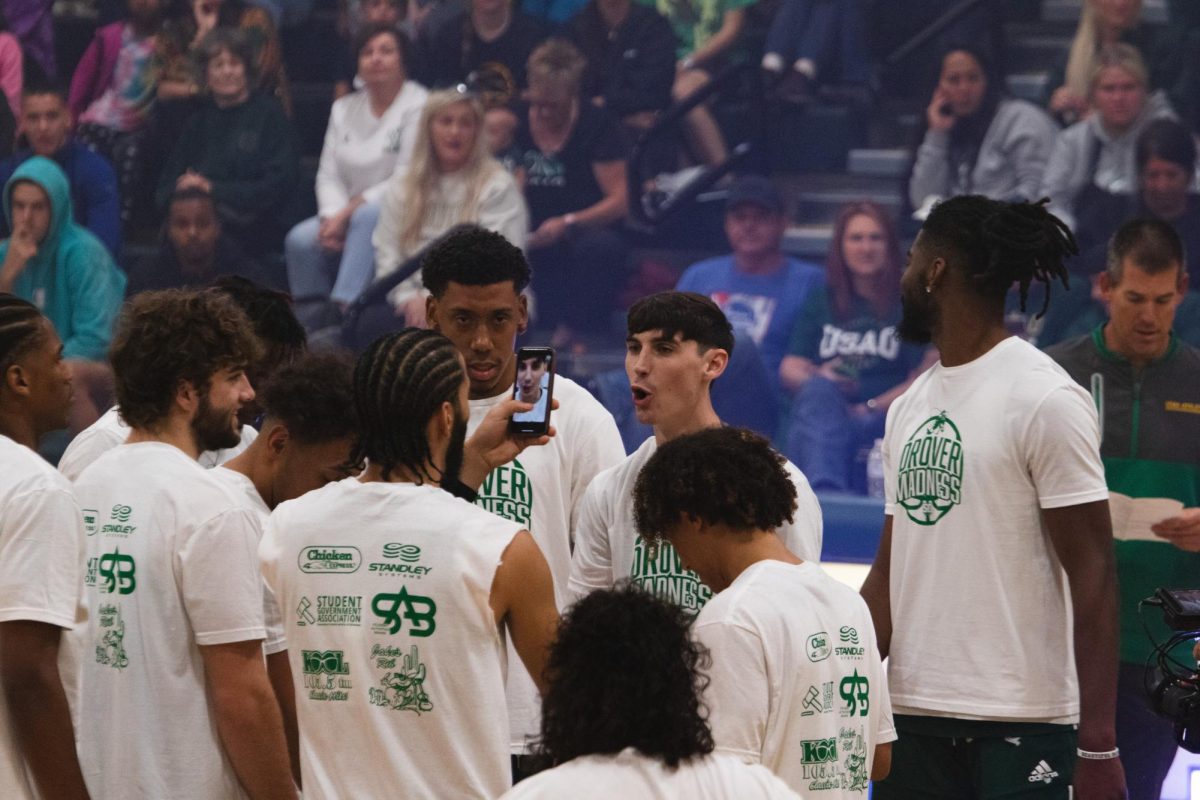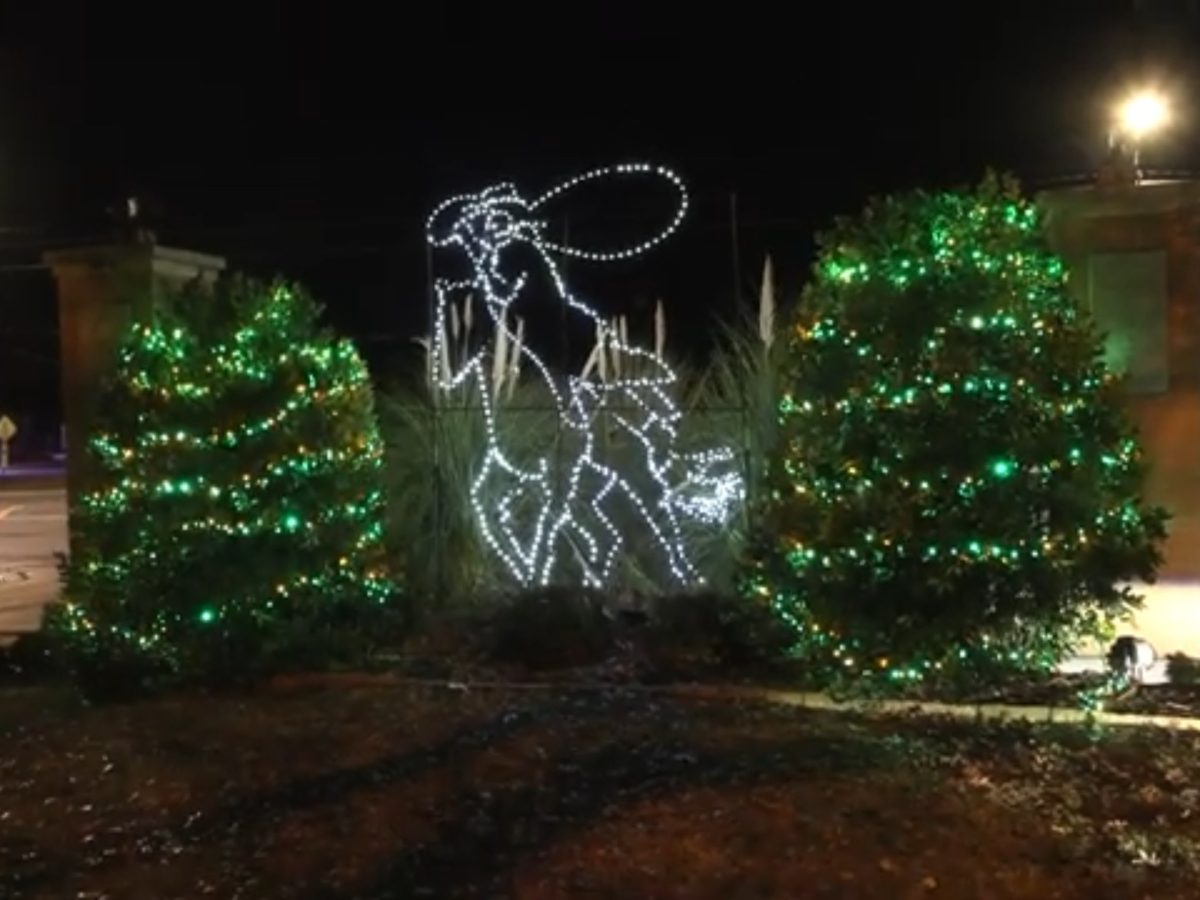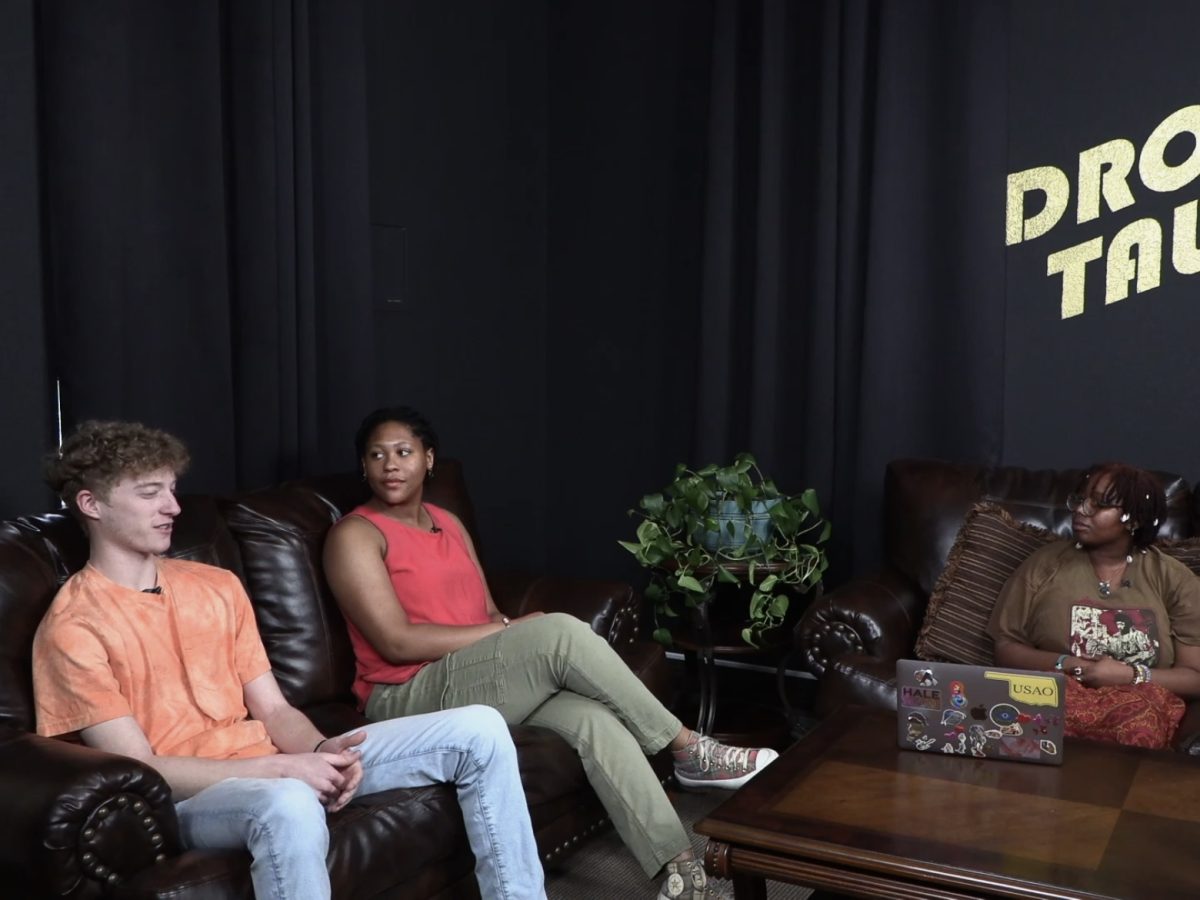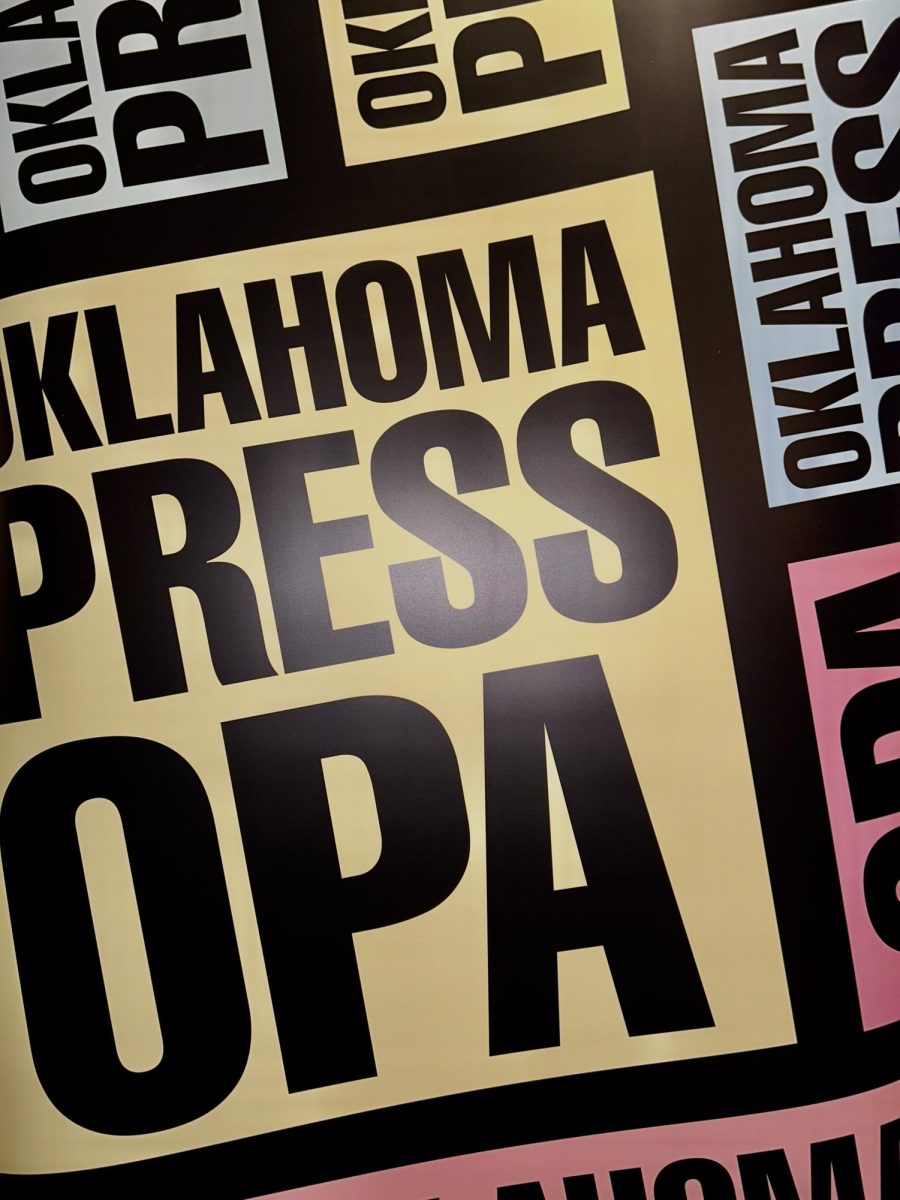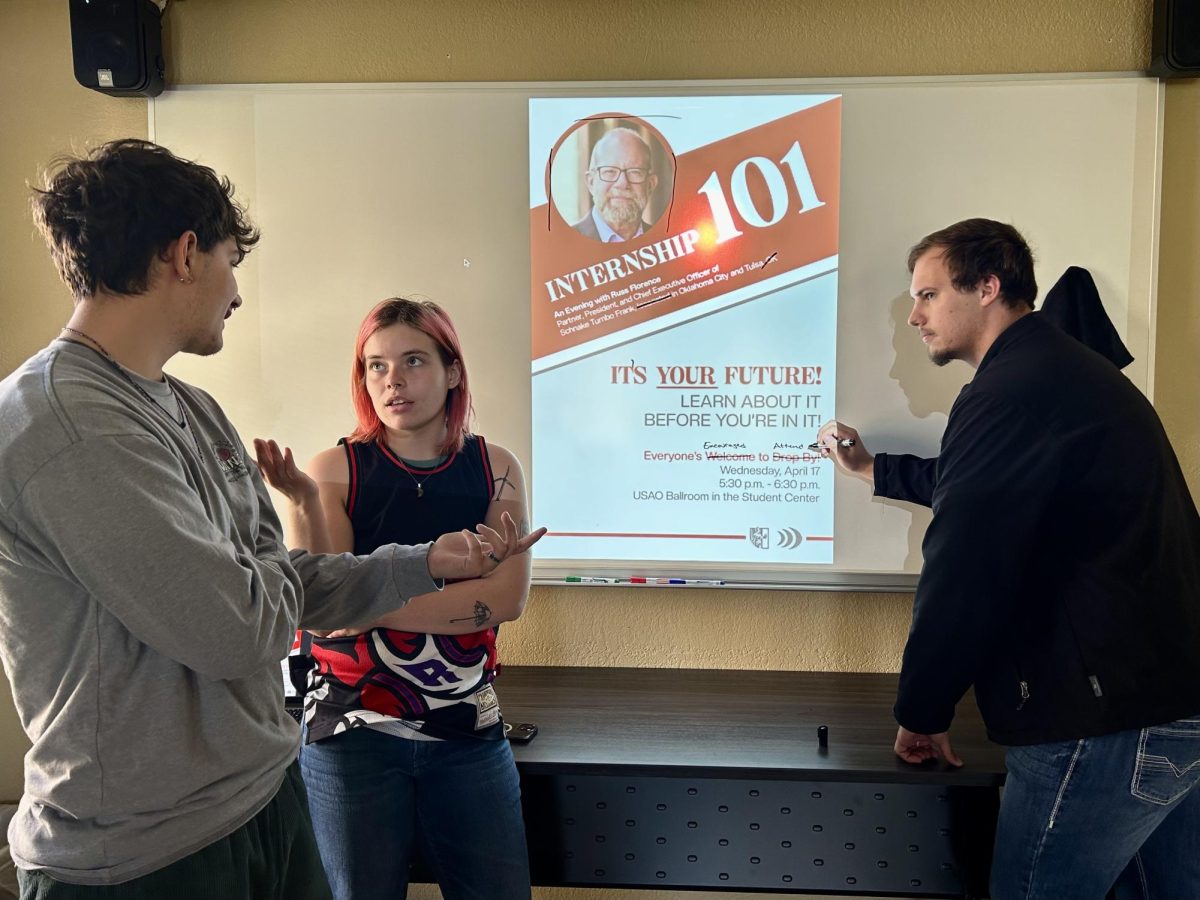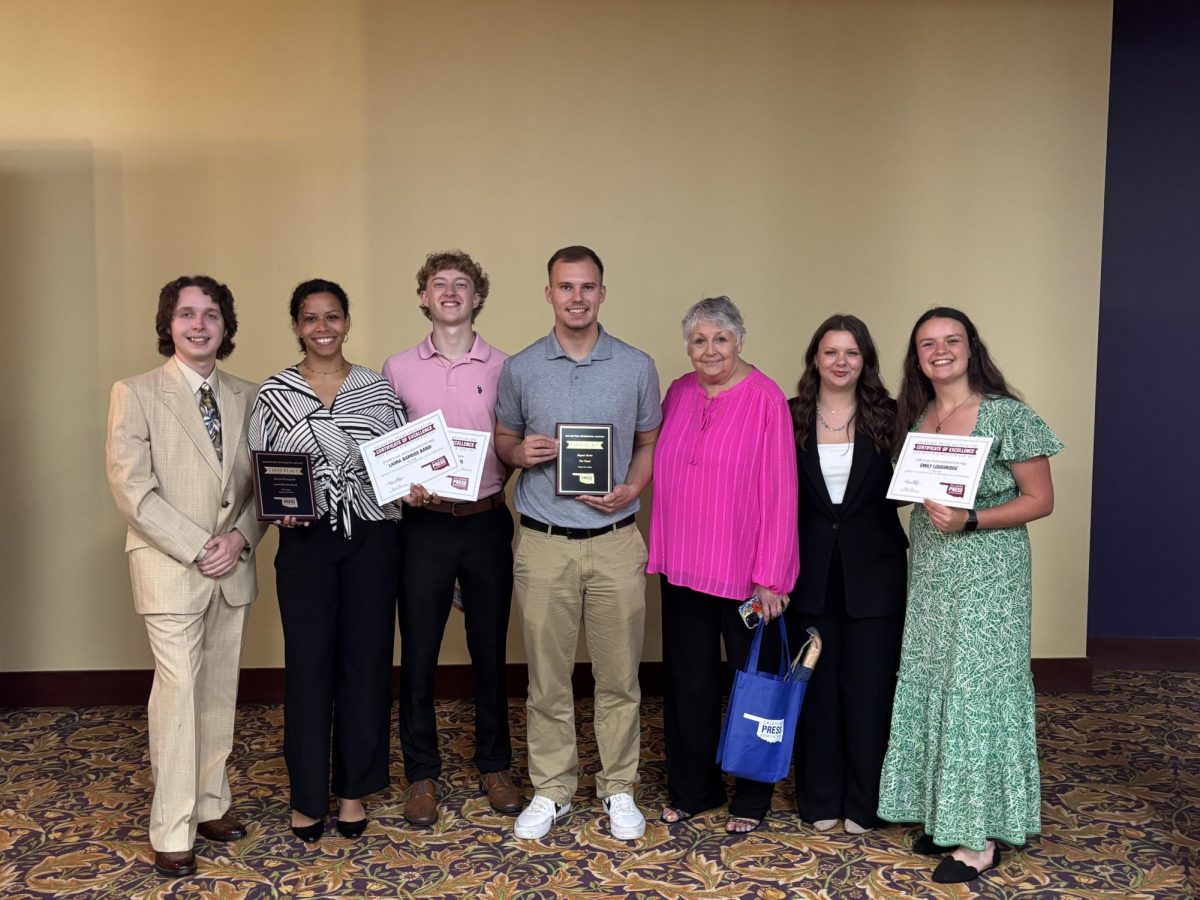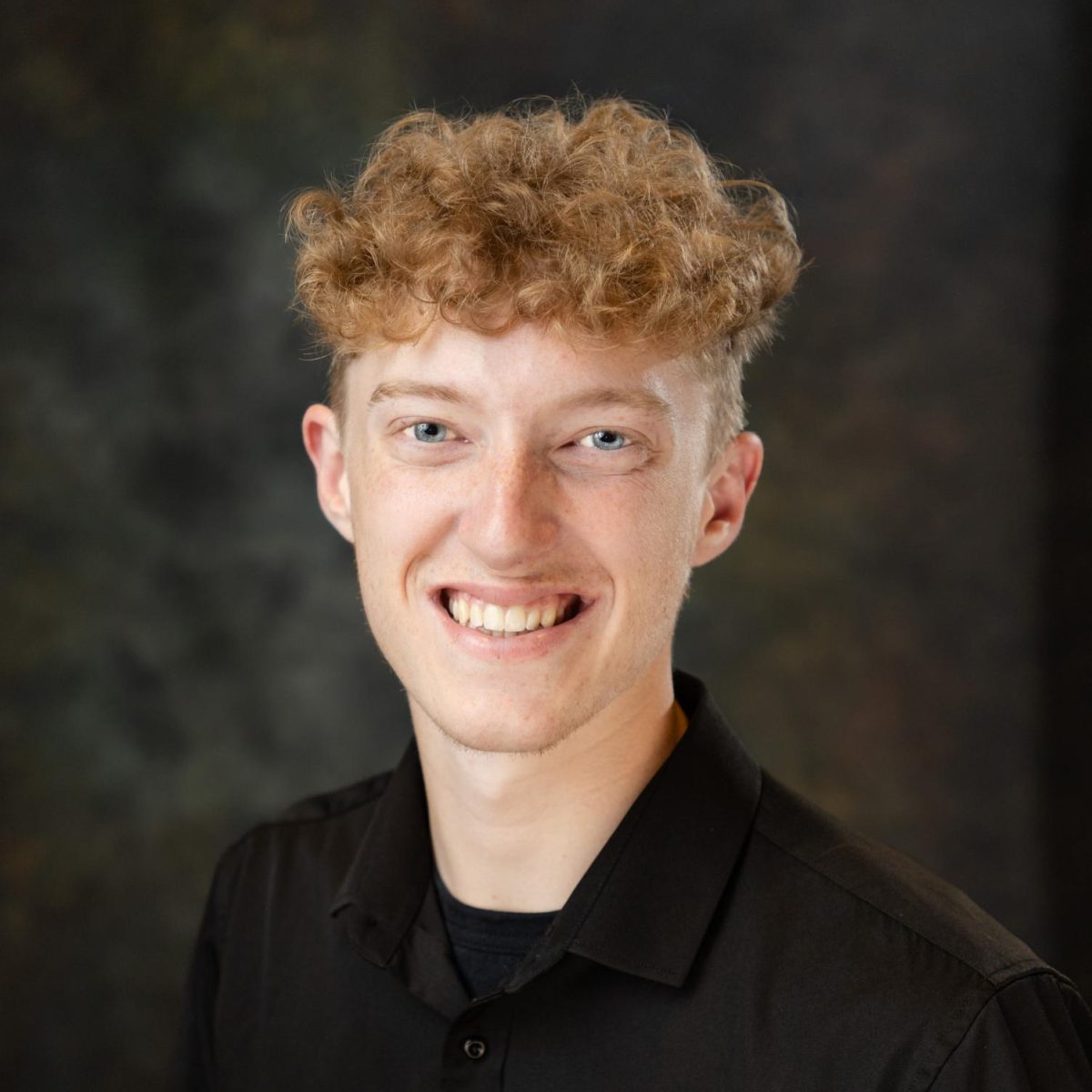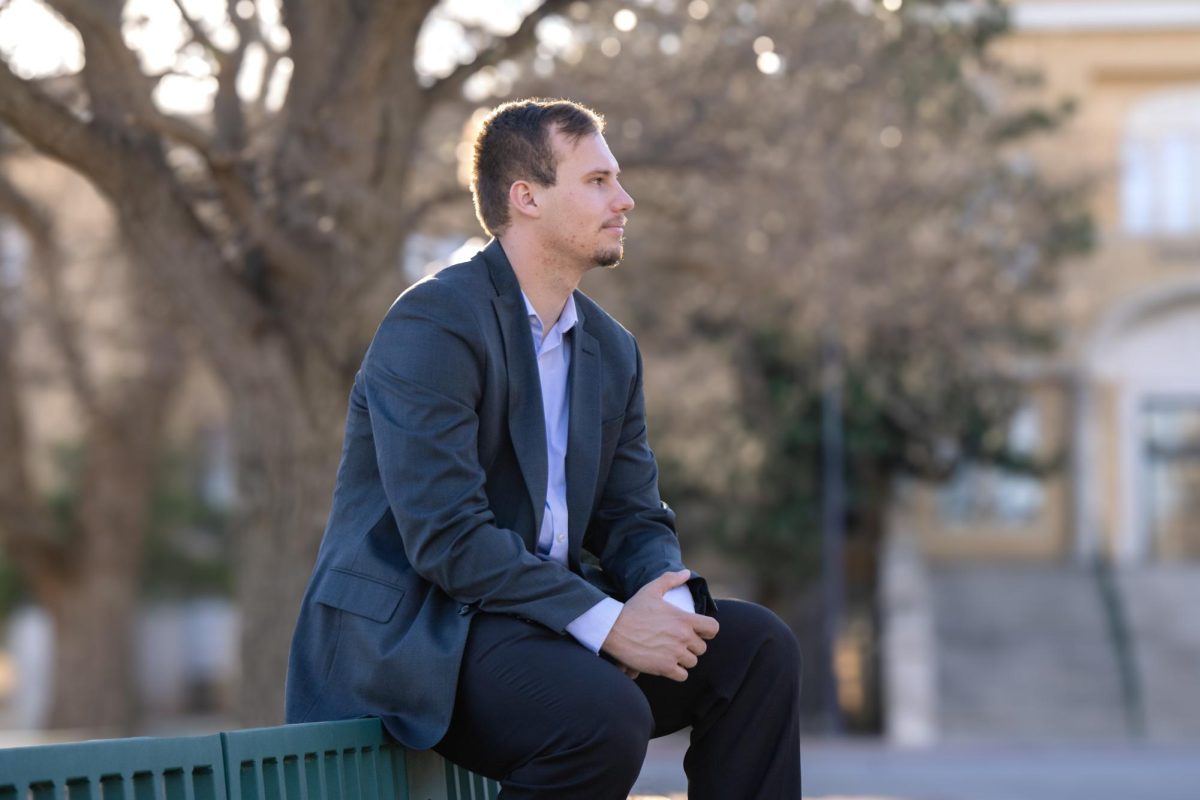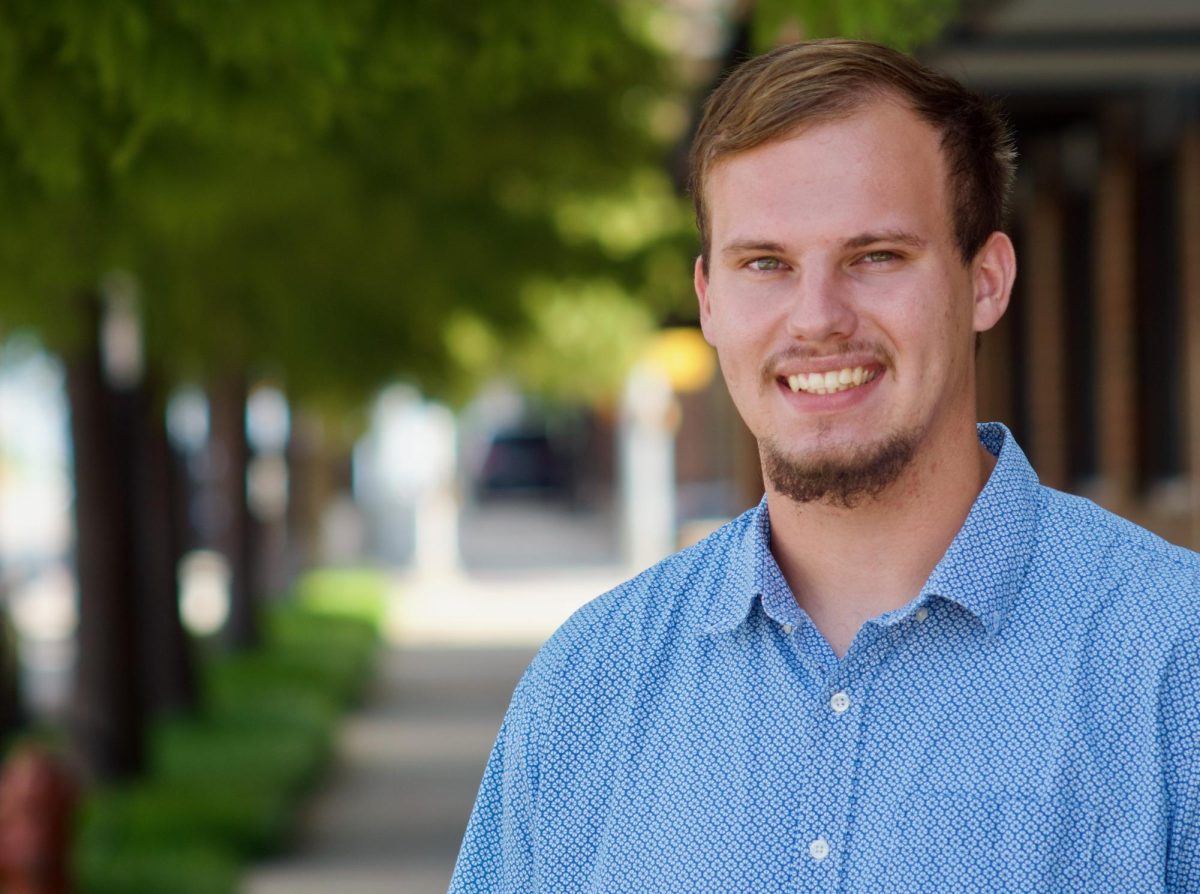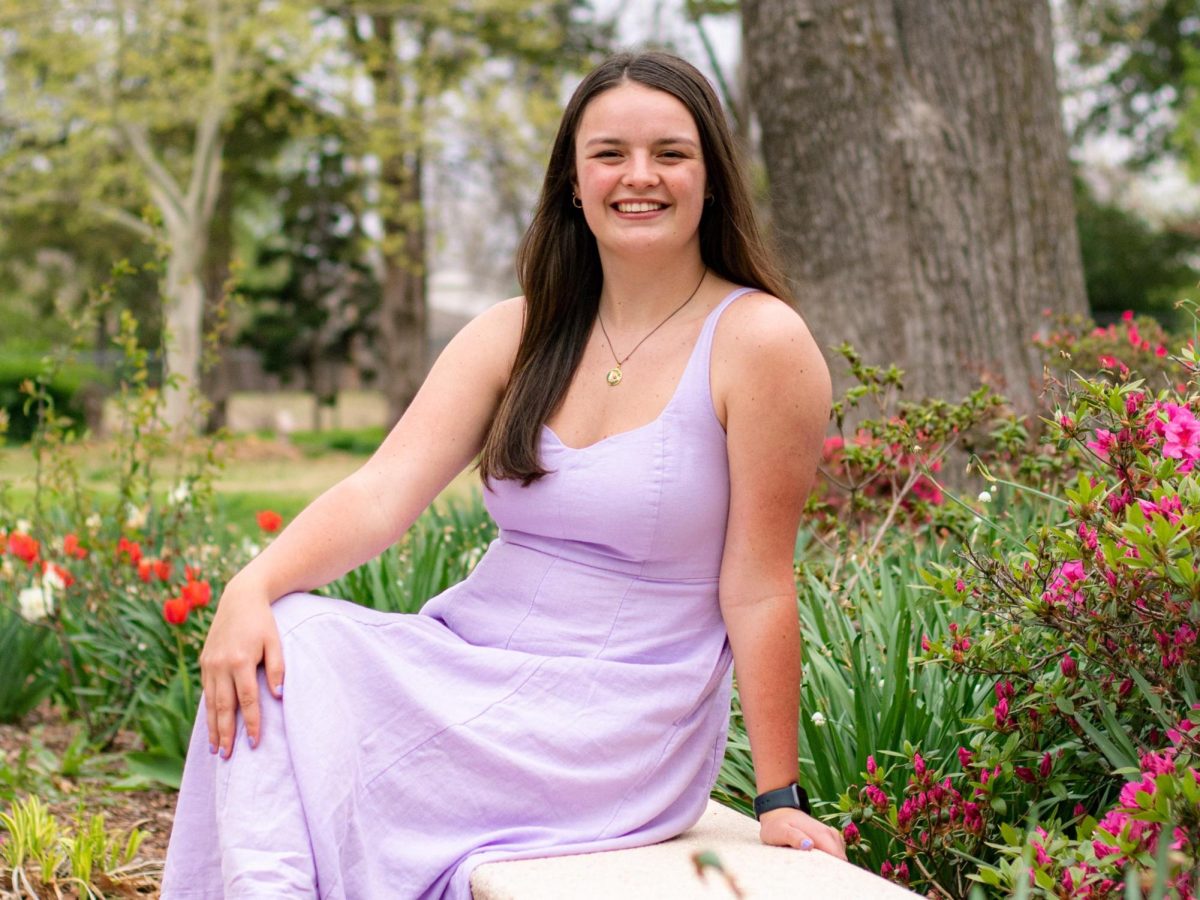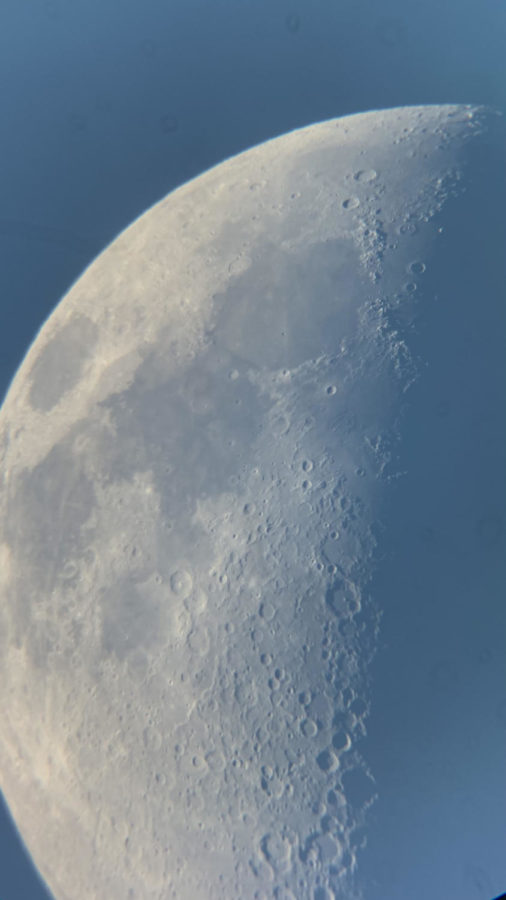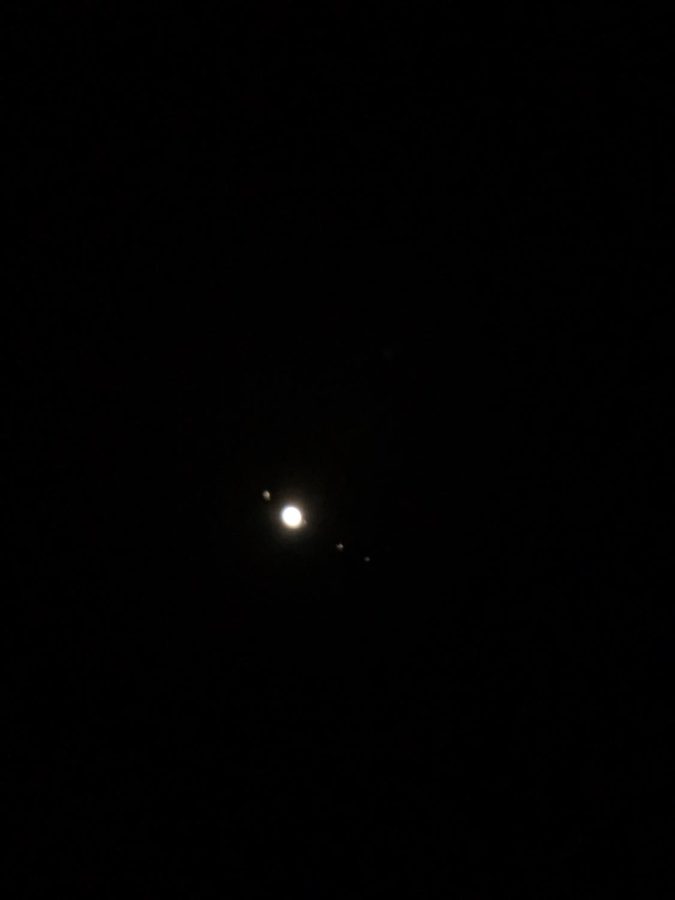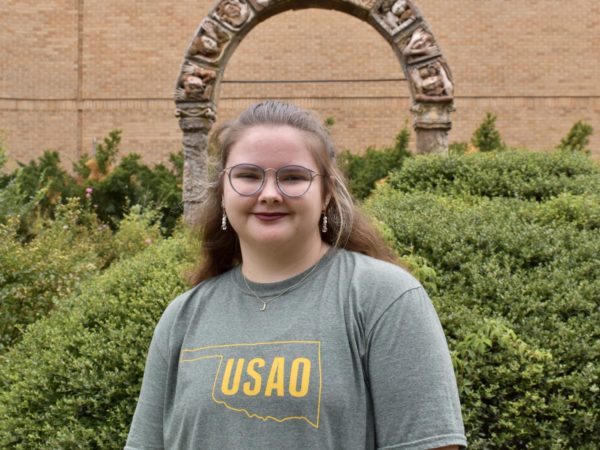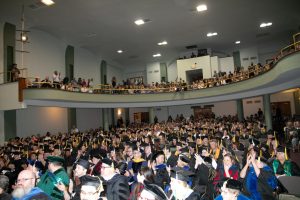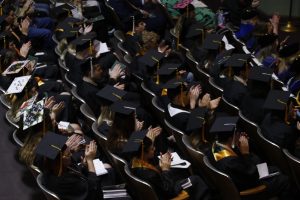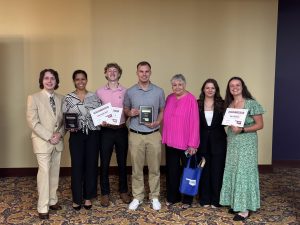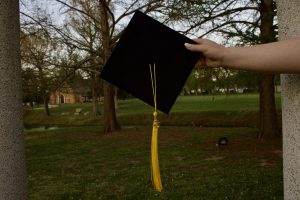Exploring Astrophotography (Photo Essay)
September 6, 2022
Here at USAO, there are many classes to choose from, one that stands out is astrophotography. The class had a different learning style as there were some lectures but most of the work came from viewing the night sky and staying up late. Astrophotography has been offered the past two summers and Dr. Josh Hakala, assistant professor of science, hopes to have it again next summer.
The class is only offered in the summer and meets once a week on Monday’s at 3:30 pm. However, a few all-nighters were necessary to capture the full beauty of space. A few of the observation nights kept students out of their beds until the early morning hours. For example, several nights lasted until 1:00 am with the longest night was until 6:00 am.
The class had two different observing locations. The first being in the Oval on campus. The other felt like it was in the middle of nowhere, the USAO Habitat Area. The Habitat Area was the one where the class mostly met at.
You do not need much prior information about planets or photography to take the class, as Dr. Hakala taught you everything you needed to know. He went from explaining how telescopes were first invented to the history of cameras, to planets, and to nebulas and galaxies. The class even got to see the Milky Way at one of the observing nights.
How the class took pictures was remarkably interesting, as Dr. Hakala had his personal telescope and a school telescope, a 6” Celestron Schmidt-Cassegrain and an 8” Celestron Schmidt-Cassegrain that was housed in the dome at the USAO Habitat Area. From an app on his iPad, he would click on the object he wanted the students to see, and the telescope would then find the object on its own. Once the telescope was set up, he then put an attachment on the telescope and from there you could attach your phone into it and get some amazing photos.
A more scientific way that students captured photos was through pinhole cameras made from soda cans. The students cut the tops off two cans and poked small holes thought it. Next, photo paper was added into the can and placed around campus for two weeks. The result was photos that tracked how the sun and moon moved through the sky.
Mary-Grace McNutt is a second-year Communication major at the University of Science and Arts of Oklahoma.

